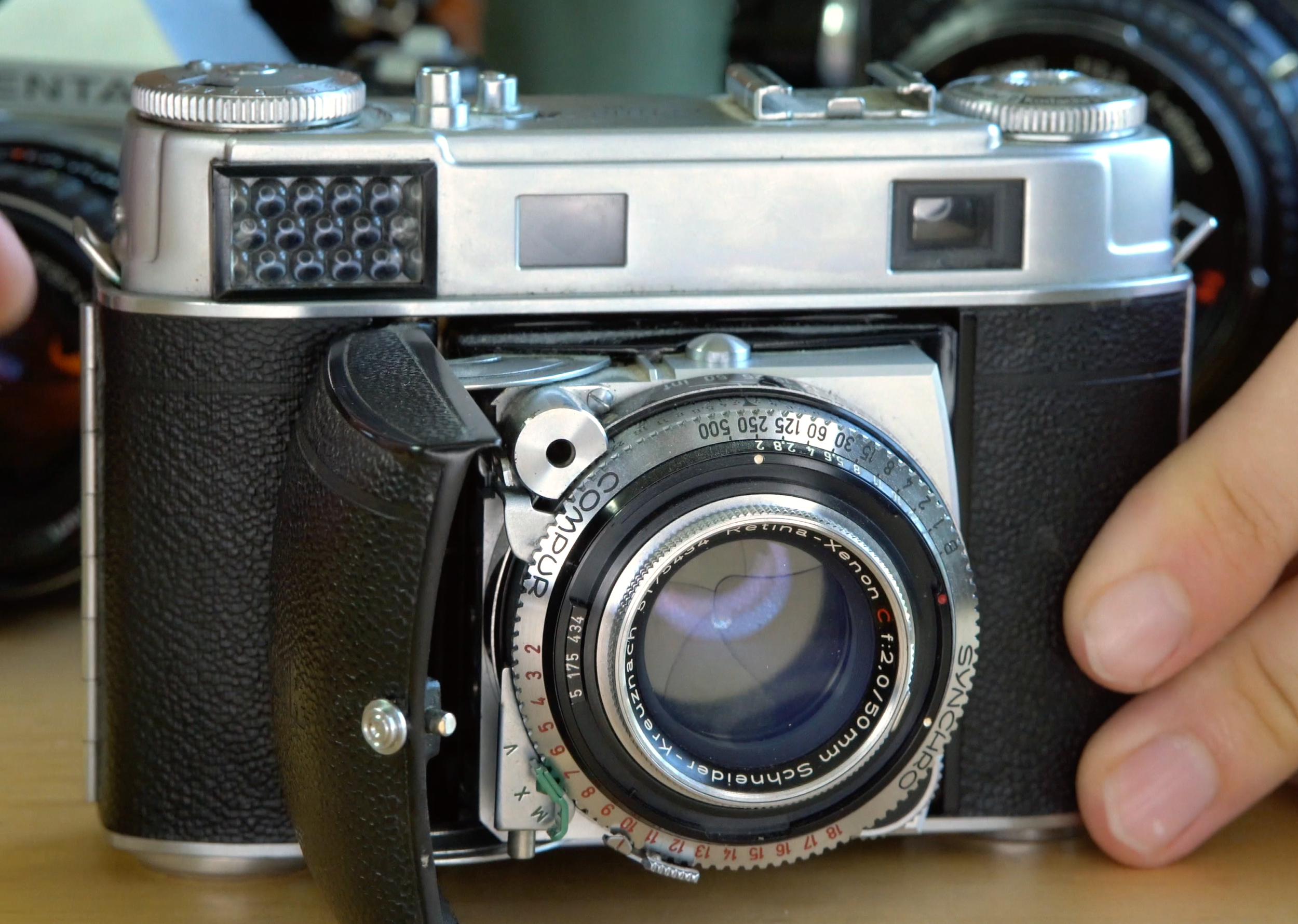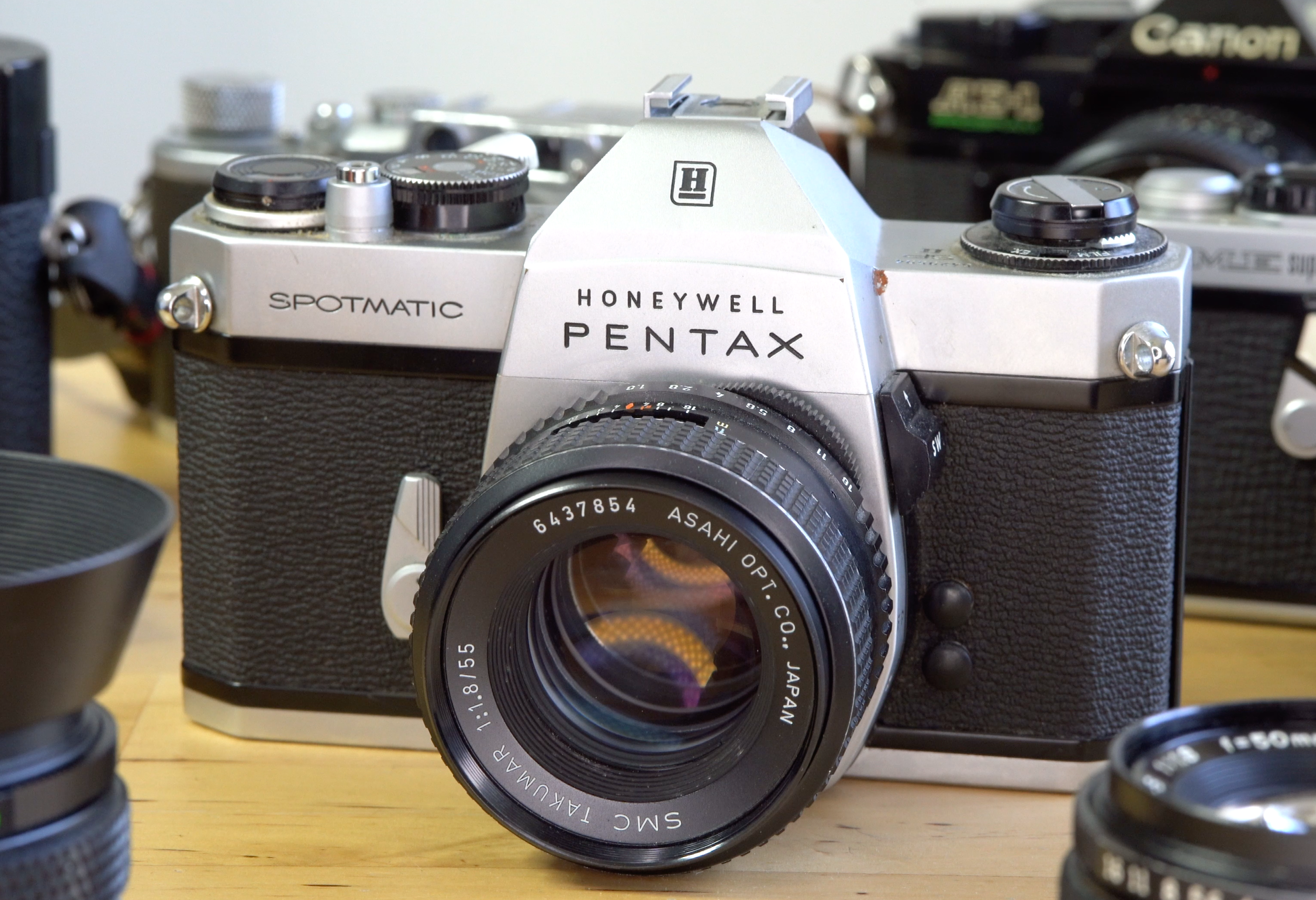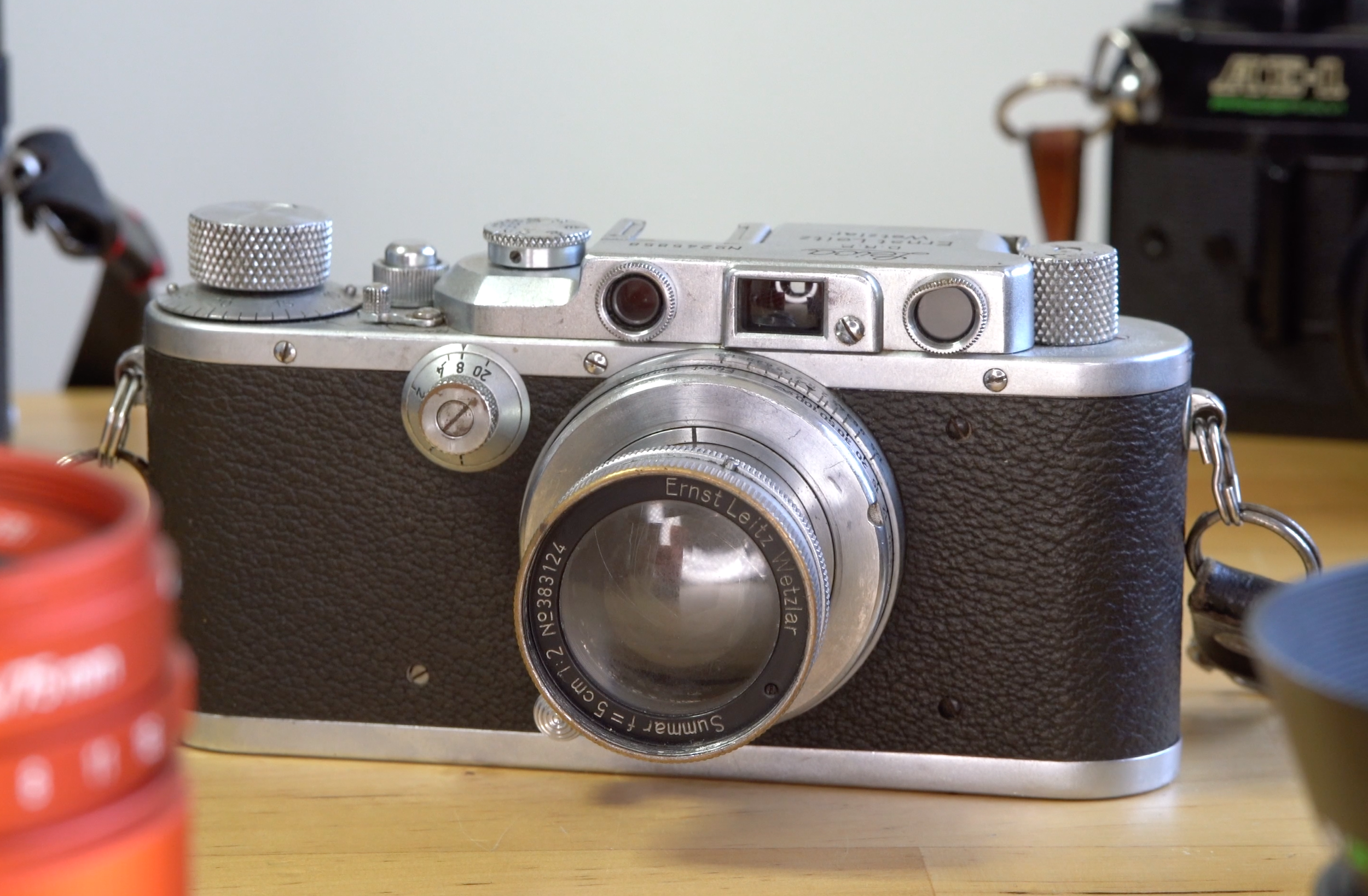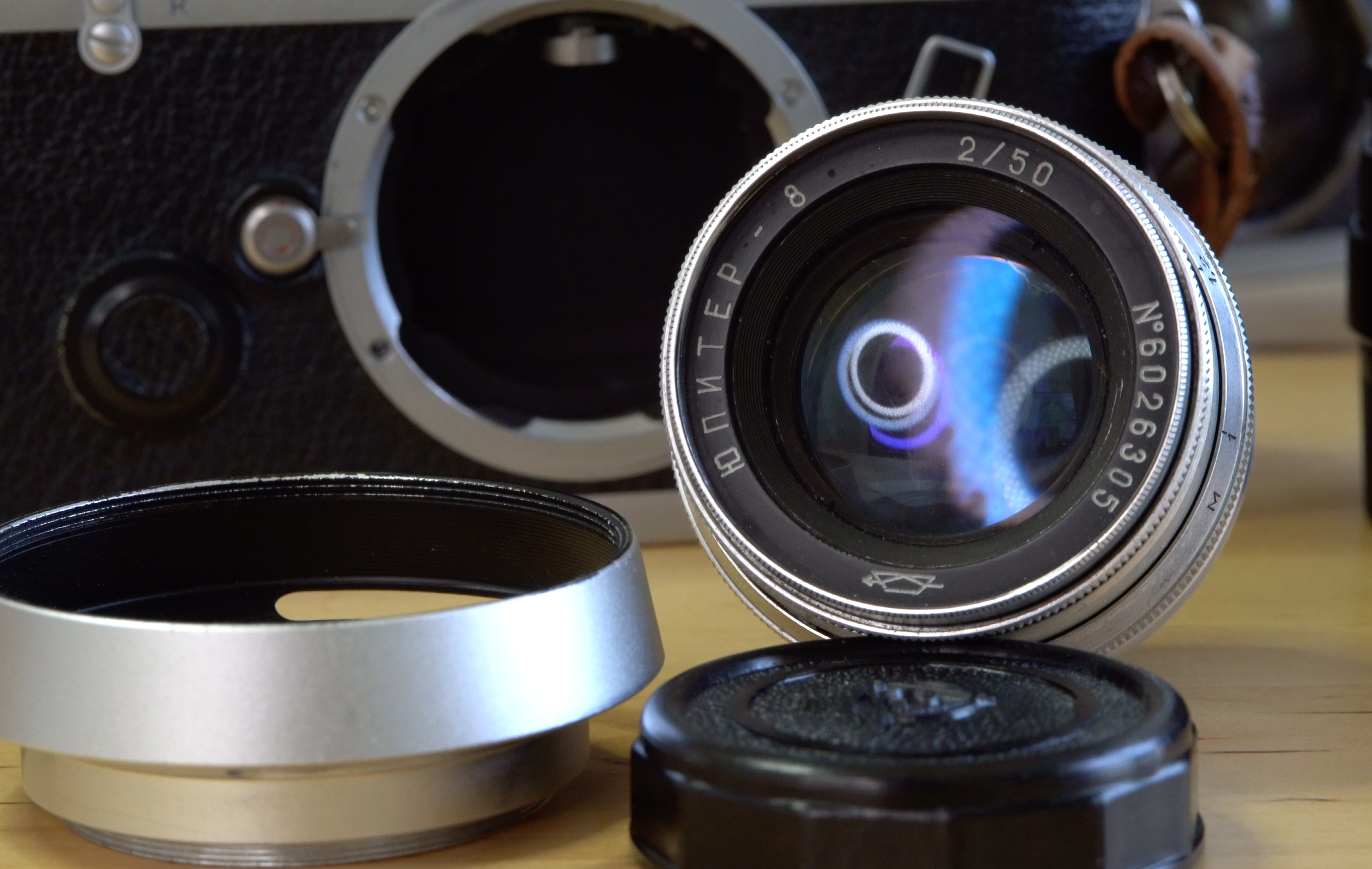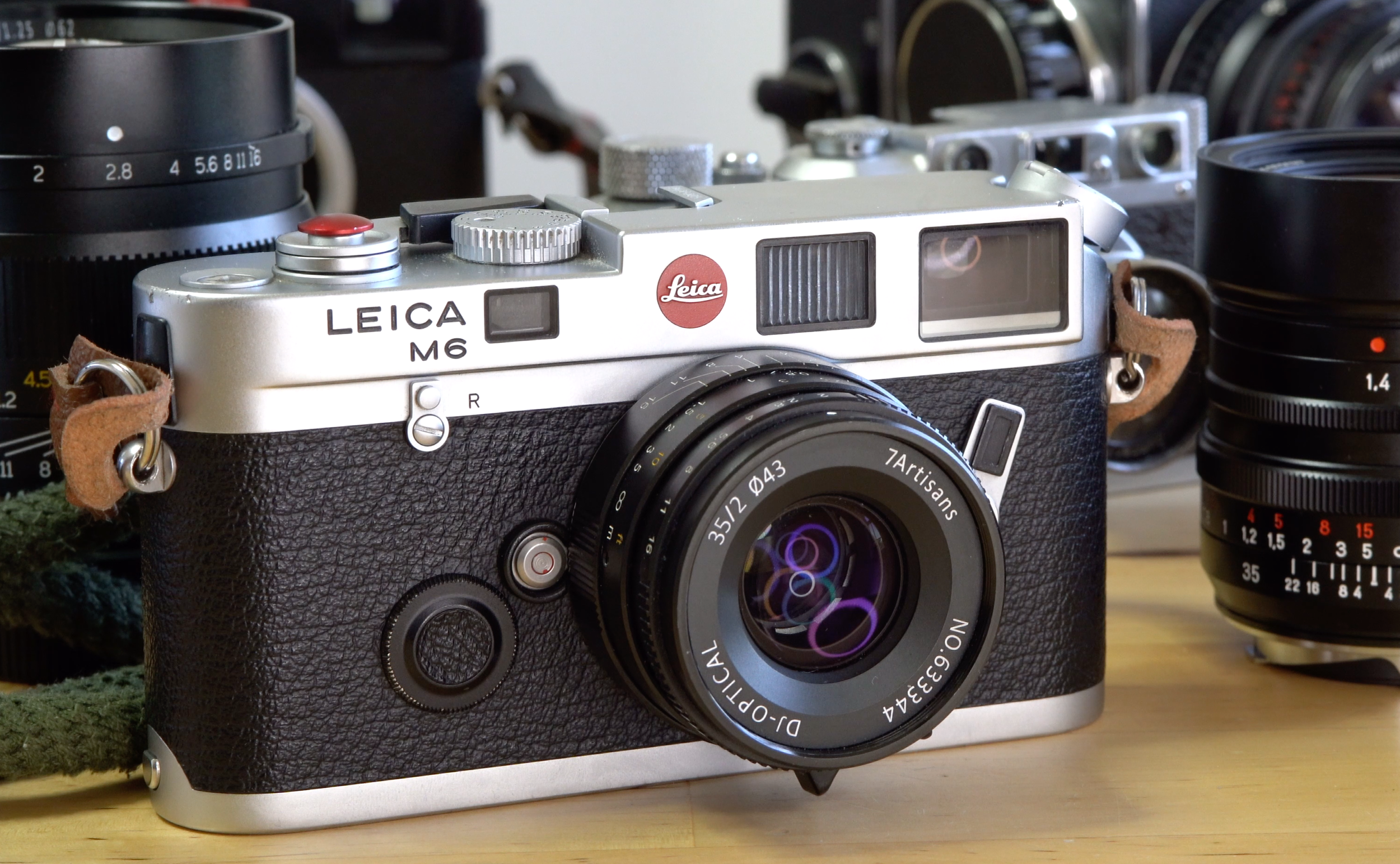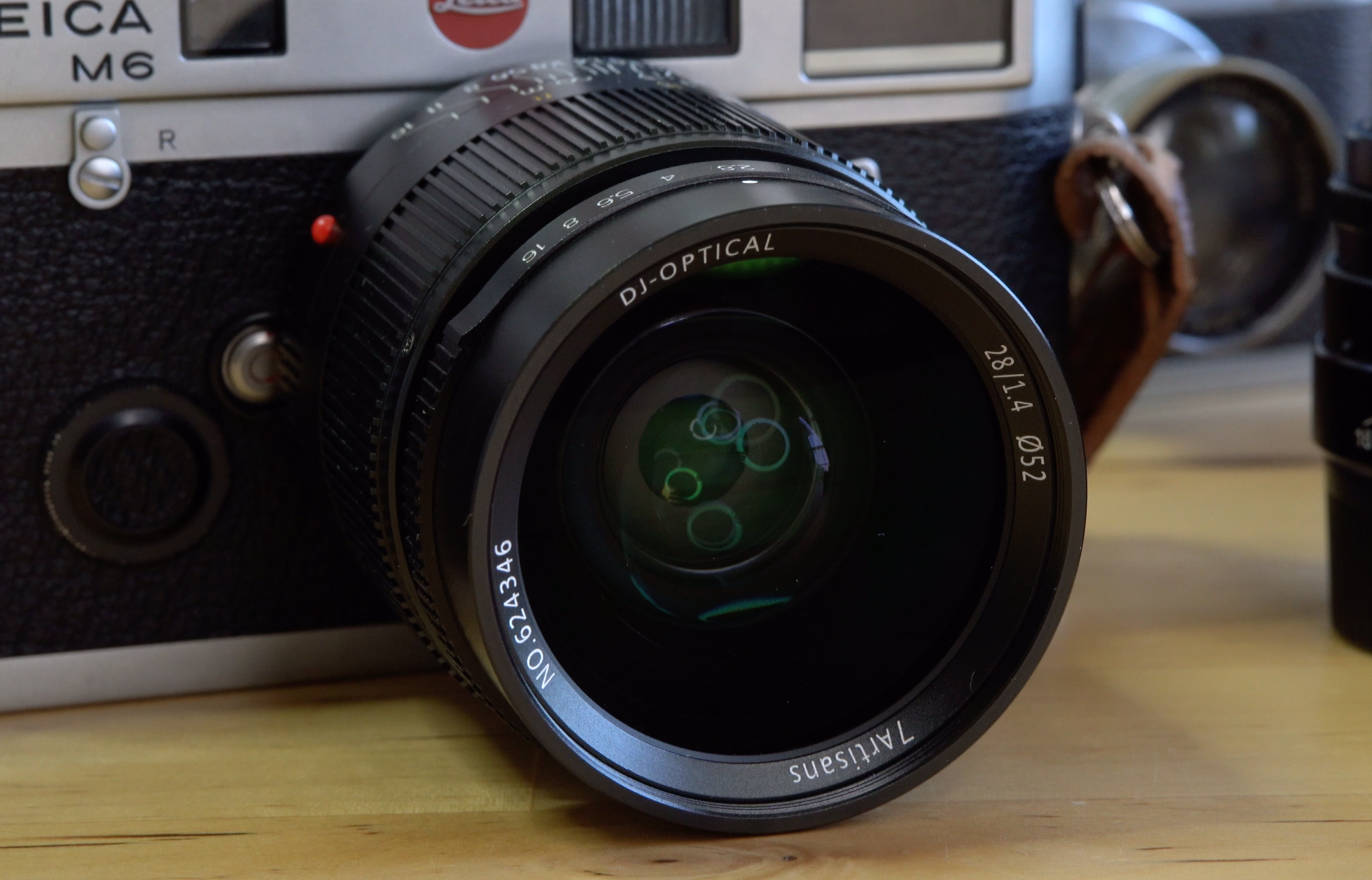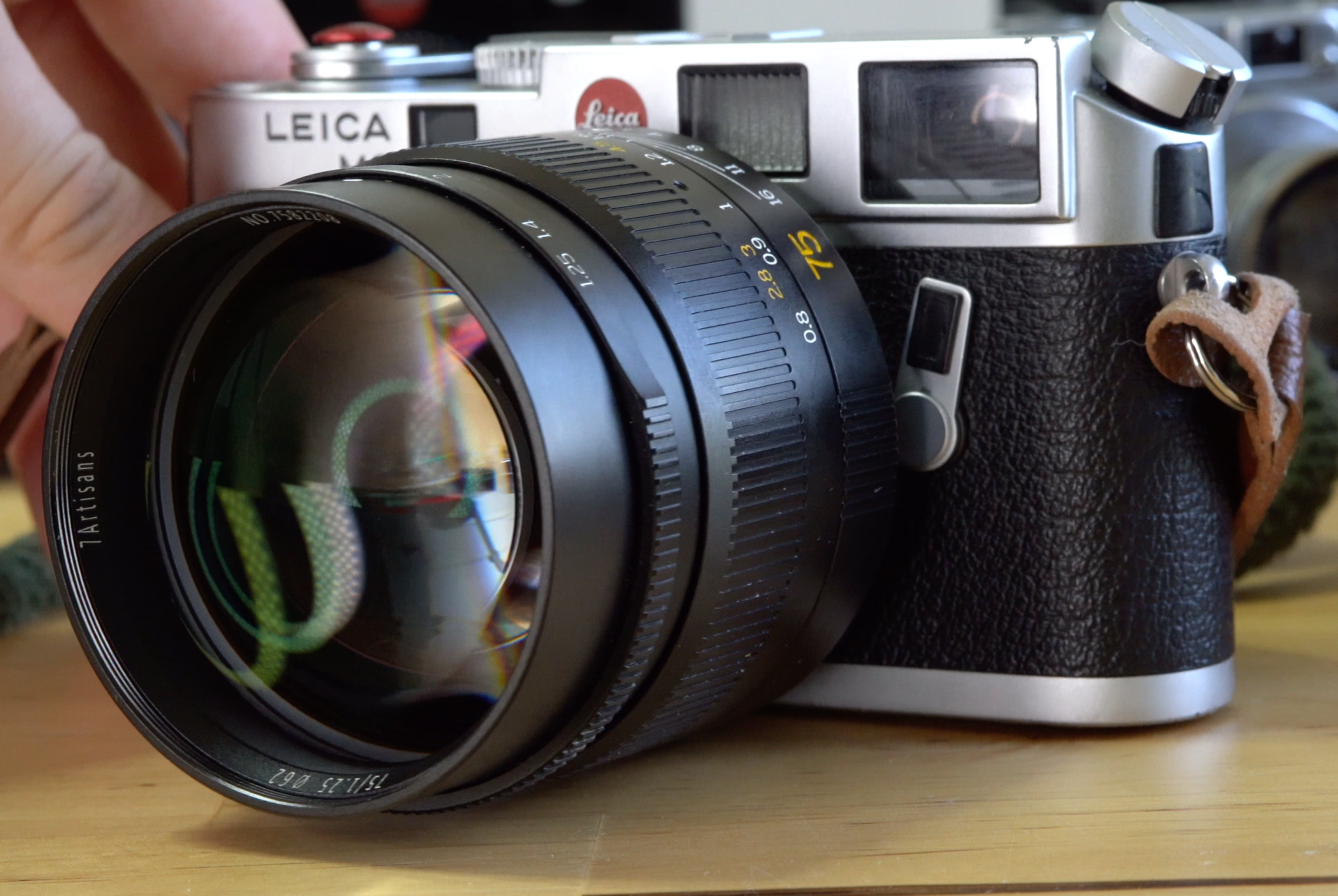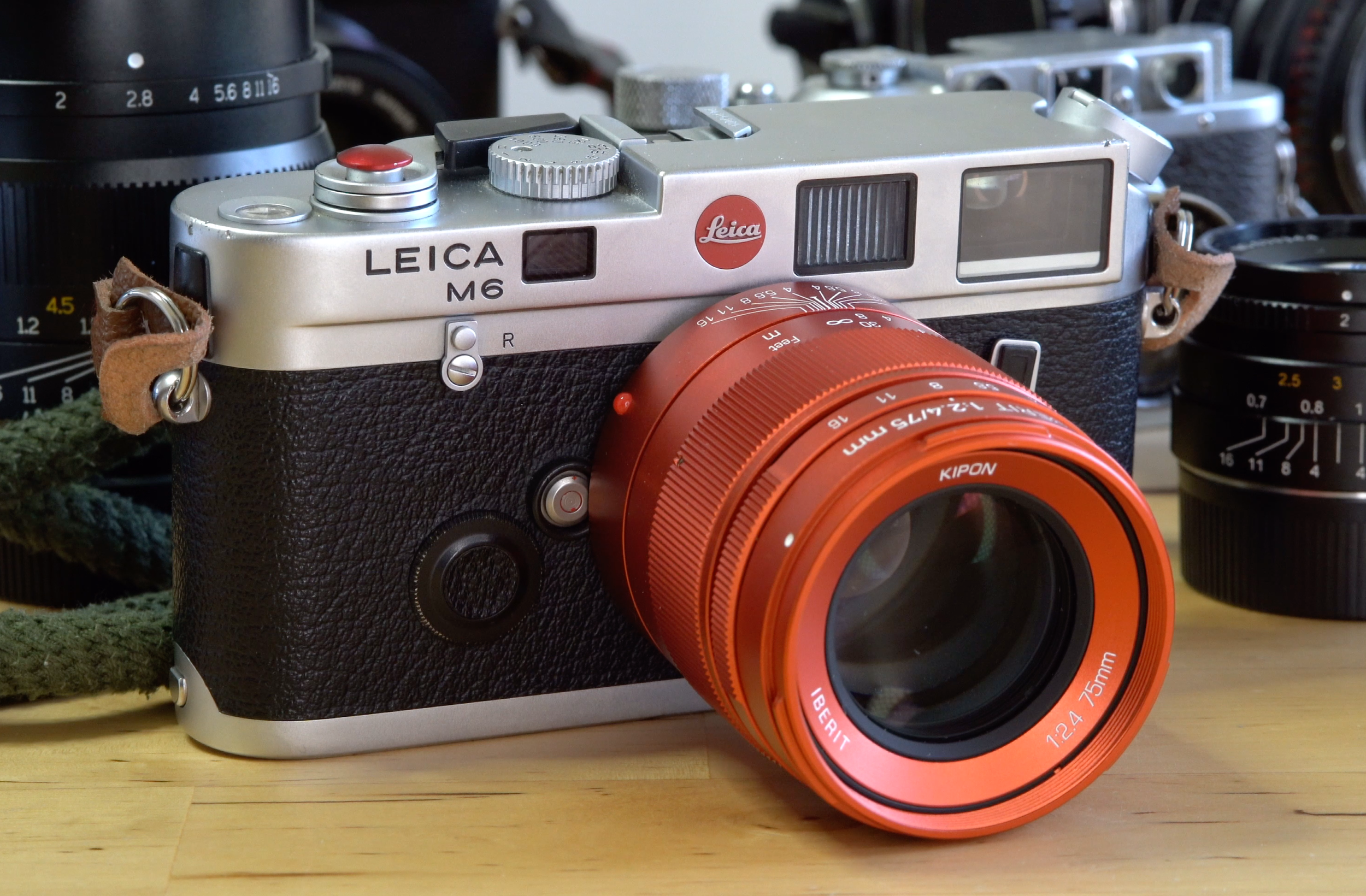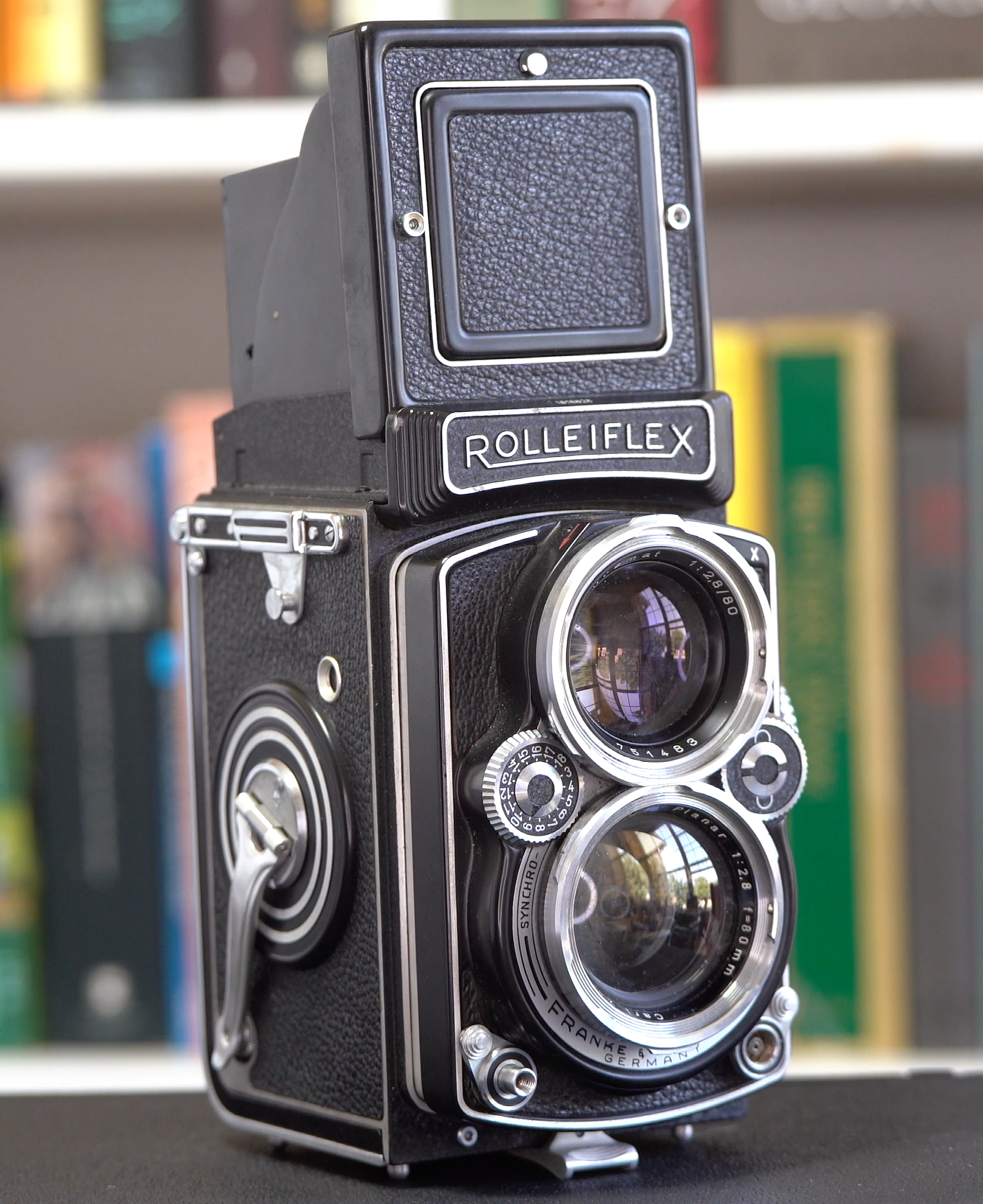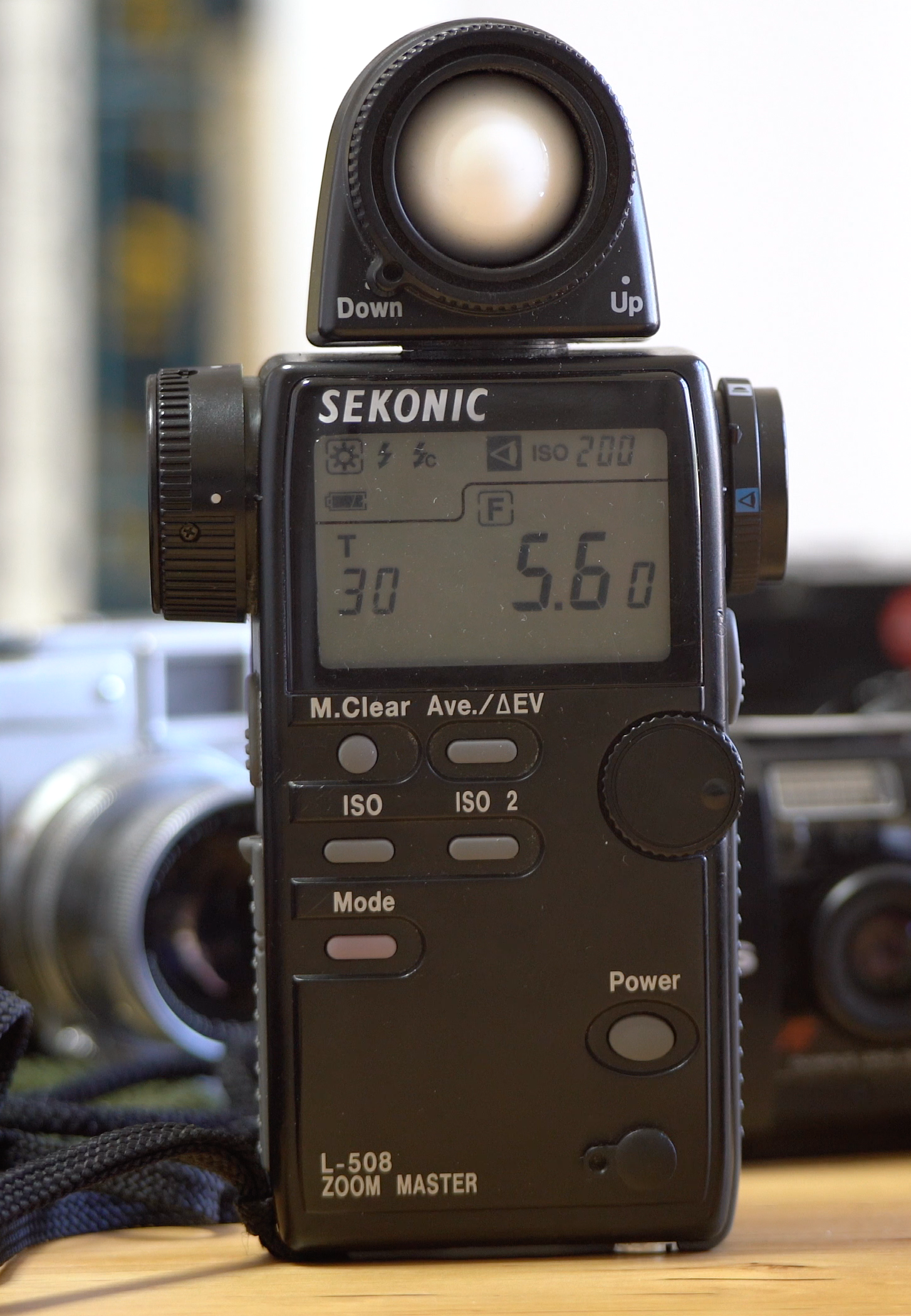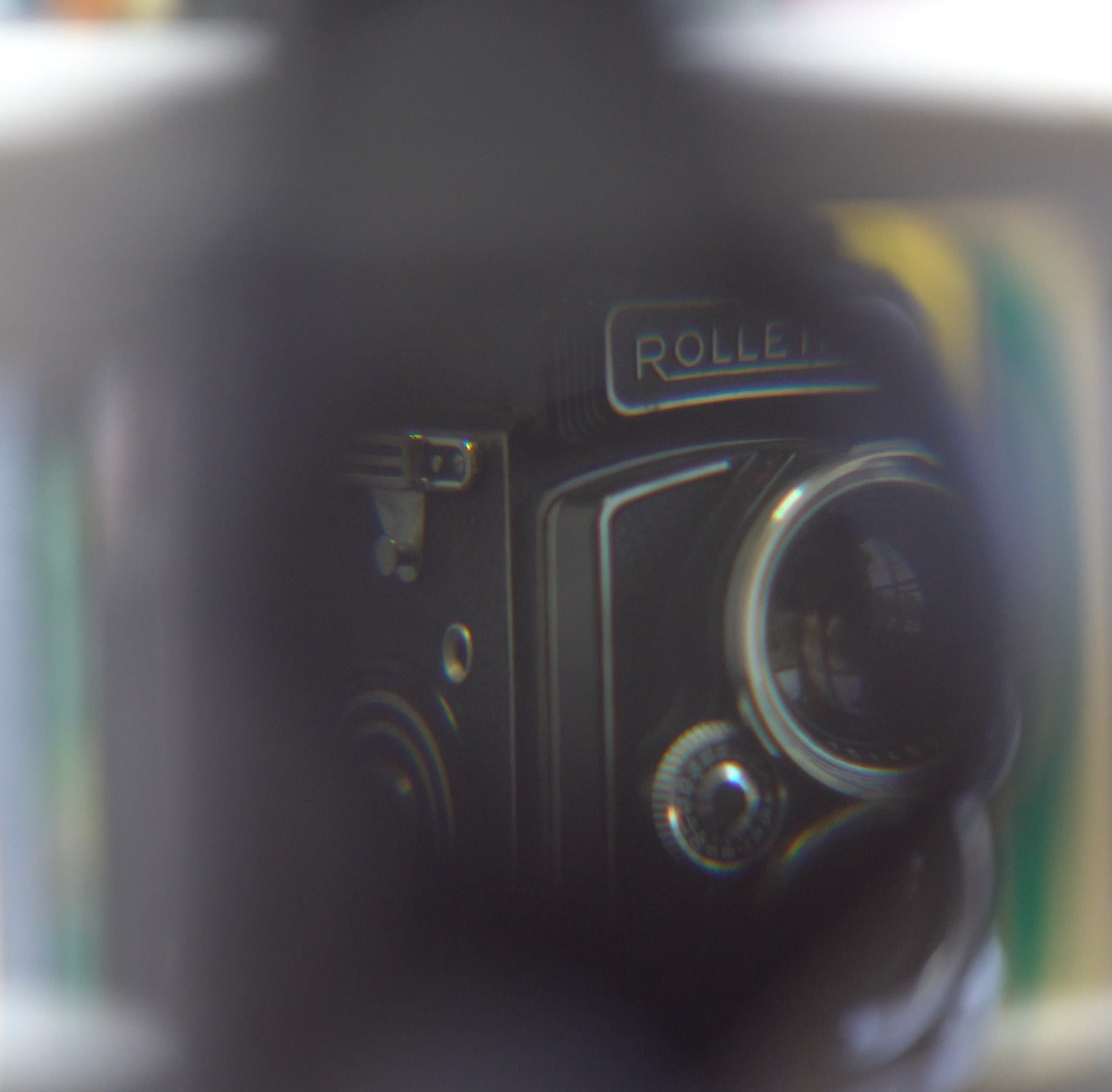By Anthony Gyzen and Sara Long
For the last two months, I’ve been testing the 7Artisans 35mm f/1.4 lens for Leica M-mount, which 7Artisans sent me to review. I’ve shot one one roll of Portra 400 on the Leica M6 and one photoshoot on the Sony A7III, but most of the time, I used this lens with the Leica M 240.
This lens is the second 35mm M-mount lens that 7Artisans has produced. It isn’t made in the DJ-Optical factory, but is still manufactured in China. This lens retails at $429. In comparison, Leica’s current 35mm f/1.4 costs $5,895.
If you have experienced 7Artisans M-mount lenses, you’ll know that you may need to calibrate your lens for your rangefinder. Calibrating on a digital Leica is much easier than calibrating on an analog Leica, which may take several attempts to get correct. On digital, simply follow the calibration instructions included in the lens box. On an analog Leica, open the film back, put a piece of scotch tape across the film plane, and then follow the calibration instructions.
You’ll also notice that this lens has a distinctive new design language, unlike the previous M-mount lenses, which were heavily inspired by Leica’s design. The body has a different black paint than previously released lenses, as well as red accents on the distance markers and the Chinese character Wen, meaning “Street Photography” or “Social Documentary Photography,” in red on the hood. The markings around the front element aren’t painted like the markings on the barrel of the lens, and it doesn’t look quite as nice.
It’s a very solid feeling lens, made of all metal and glass, weighing 377g or about 13.3oz without caps. This is not the smallest 35mm f/1.4 M-mount lens on the market, for example, Leica, Voigtlander and TT Artisans all have more compact offerings.
This lens takes 49mm filters and has a built-in retractable lens hood, which, in my experience, gets snagged on the front of the lens while opening and closing. Besides that, it’s very convenient to have a hood built in.
Viewfinder blockage is just the bottom right corner. The focusing is done all internally, so whether you’re at minimum or infinity, this lens isn’t going to get larger and block more of your viewfinder. This lens has a native minimum focus distance of .7 meters, or about 2.3 feet. If you are planning on adapting this lens to another camera system, like E-mount, you can get a close focusing adapter to greatly increase that minimum focus distance. The focusing ring is smooth, but also has a nice resistance to help achieve precise focus. You can always add a focus tab if that is your preference. This lens has a short focus throw at 100 degrees.
This lens has a very large aperture range, from f/1.4 to f/22. Equipped with a 10 bladed aperture diaphragm, the aperture ring is smooth to adjust and has a nice tactile click for each stop.
When I went out, I was excited to get back into shooting 35mm focal length—I’d been using a lot of portraits and telephoto lenses for the previous few months. I did worry that it would be tough to get focus at f/1.4, but upon reviewing my images, I don’t think I missed focus even once. This makes me confident that I’ll get accurate focus in low light.
As with most lenses in this price range, the lens is sharpest at f/4-f/8. Shooting faster than f/4 still provides images that are very sharp in the center, but the corners do become softer. I noticed slight vignetting when shooting with wide apertures; however, it was never overwhelming, and could be corrected in Lightroom.
I absolutely love the colors and contrast that this lens produced while shooting on the M 240. I didn’t notice any focus shift during my use, always a plus for us Leica users. When shooting at f/1.4-f/2.8, I noticed some chromatic aberration and color fringing. I also noticed some distortion when shooting towards buildings or straight lines. This can easily be corrected in Lightroom. I also noticed flare when I was shooting towards the sun.
Leica M 240 Sample Images:
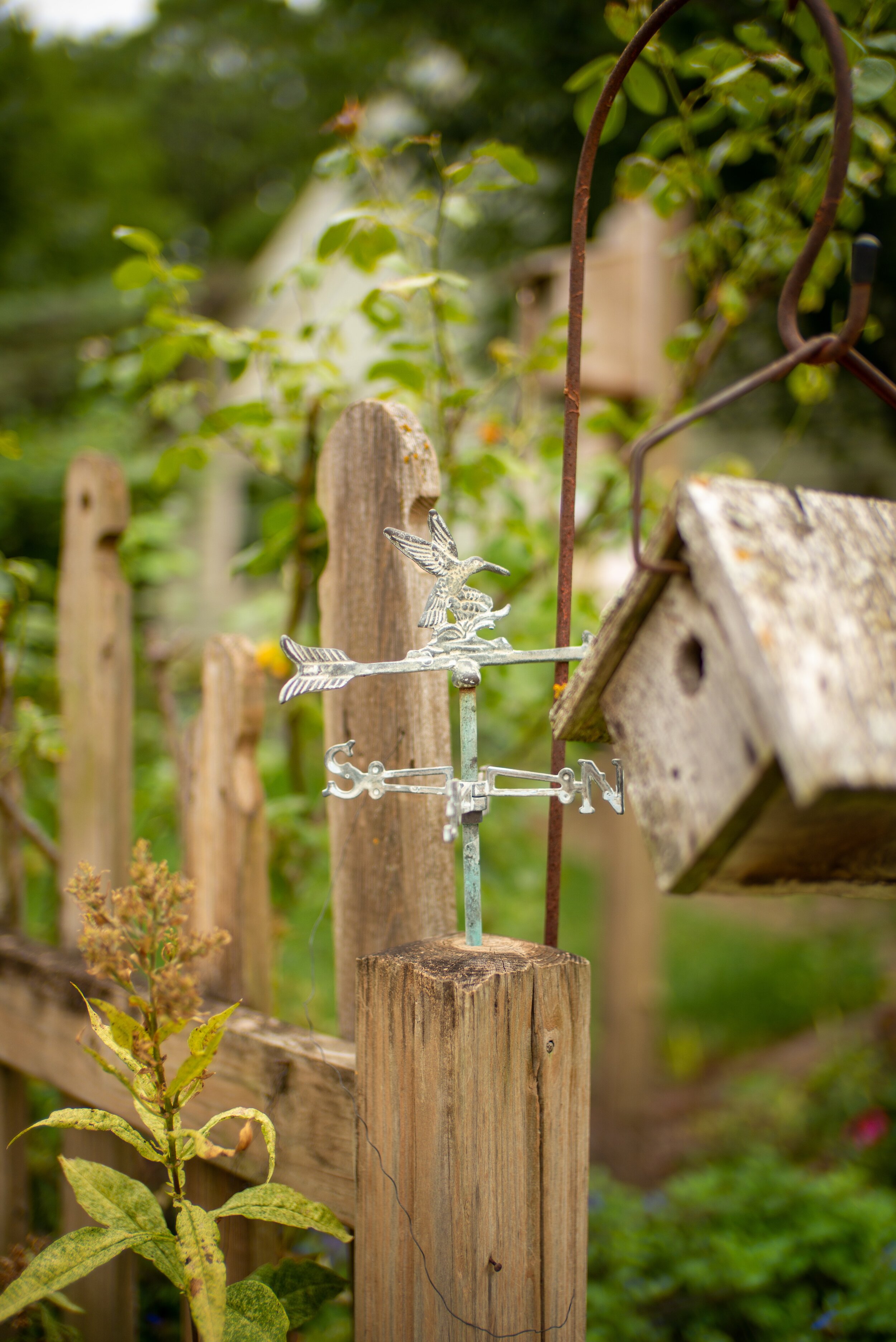
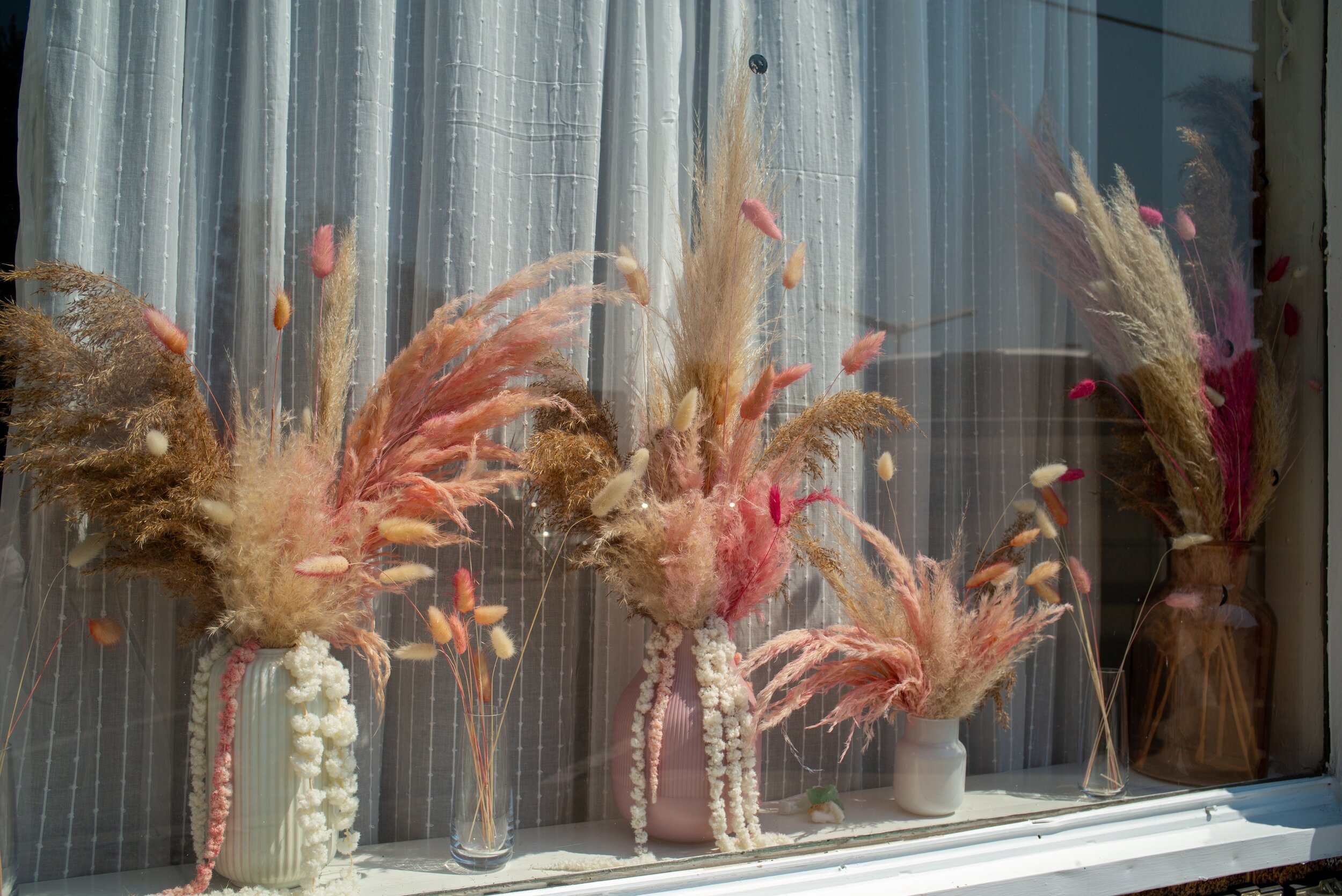
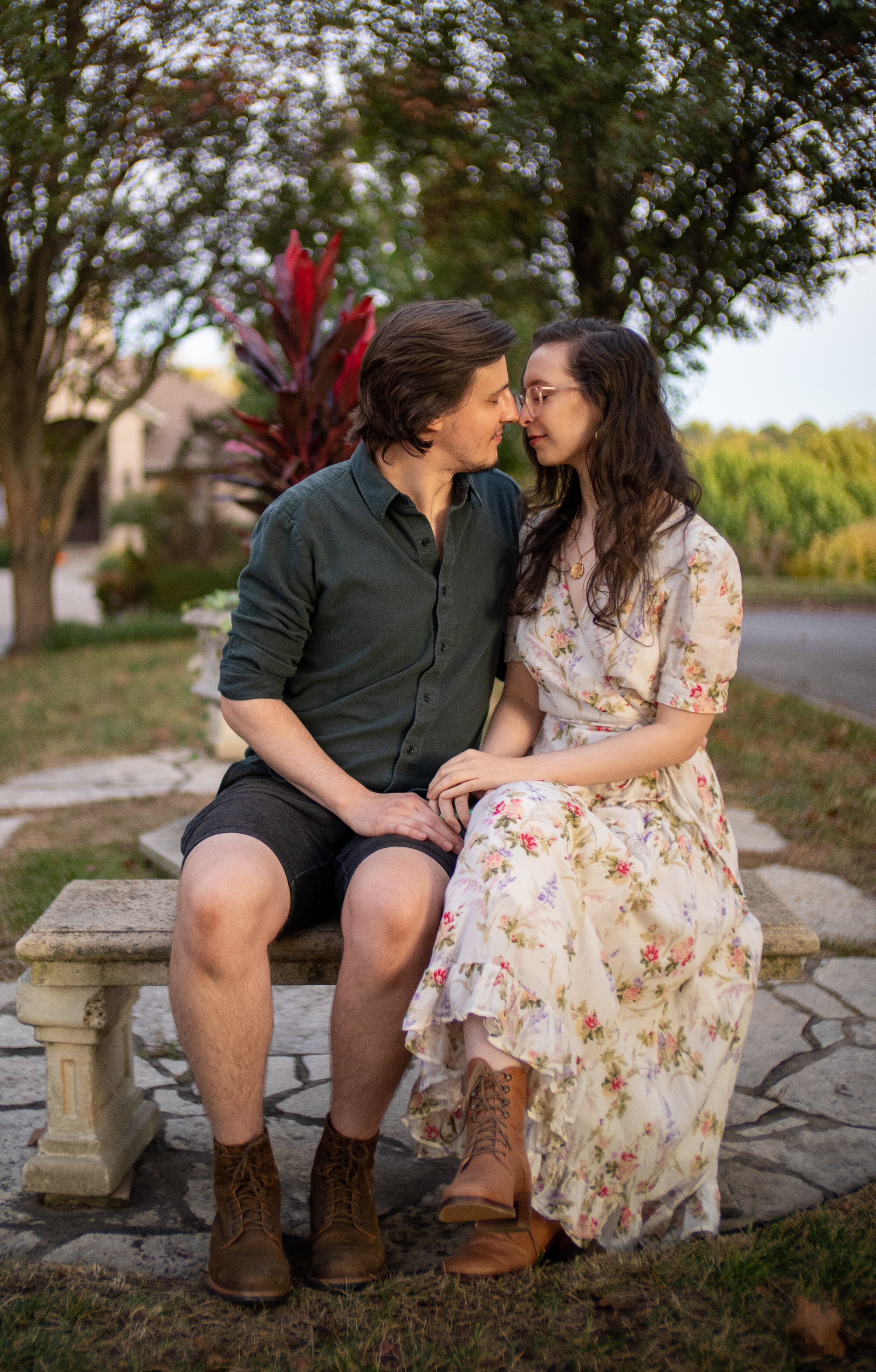
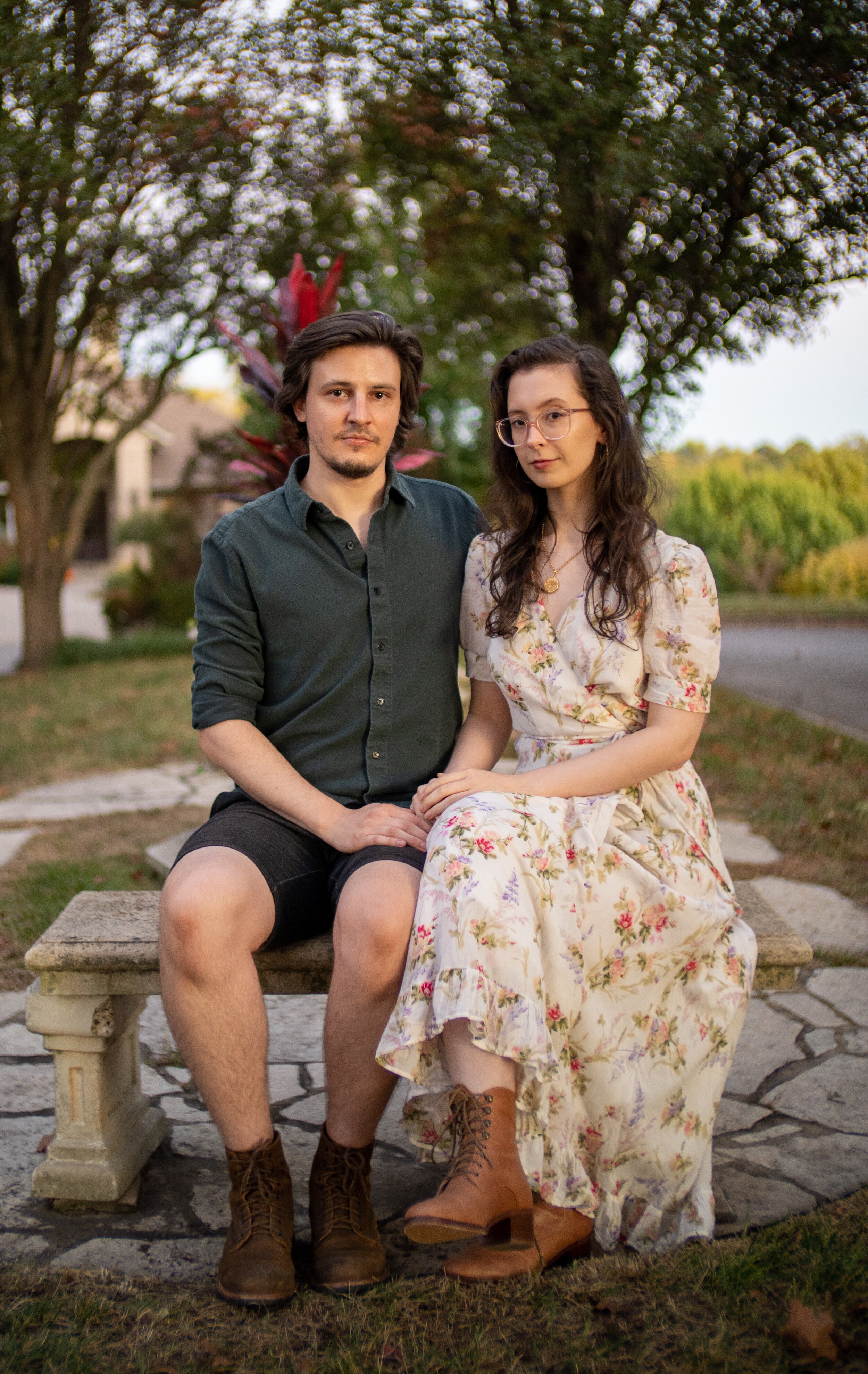

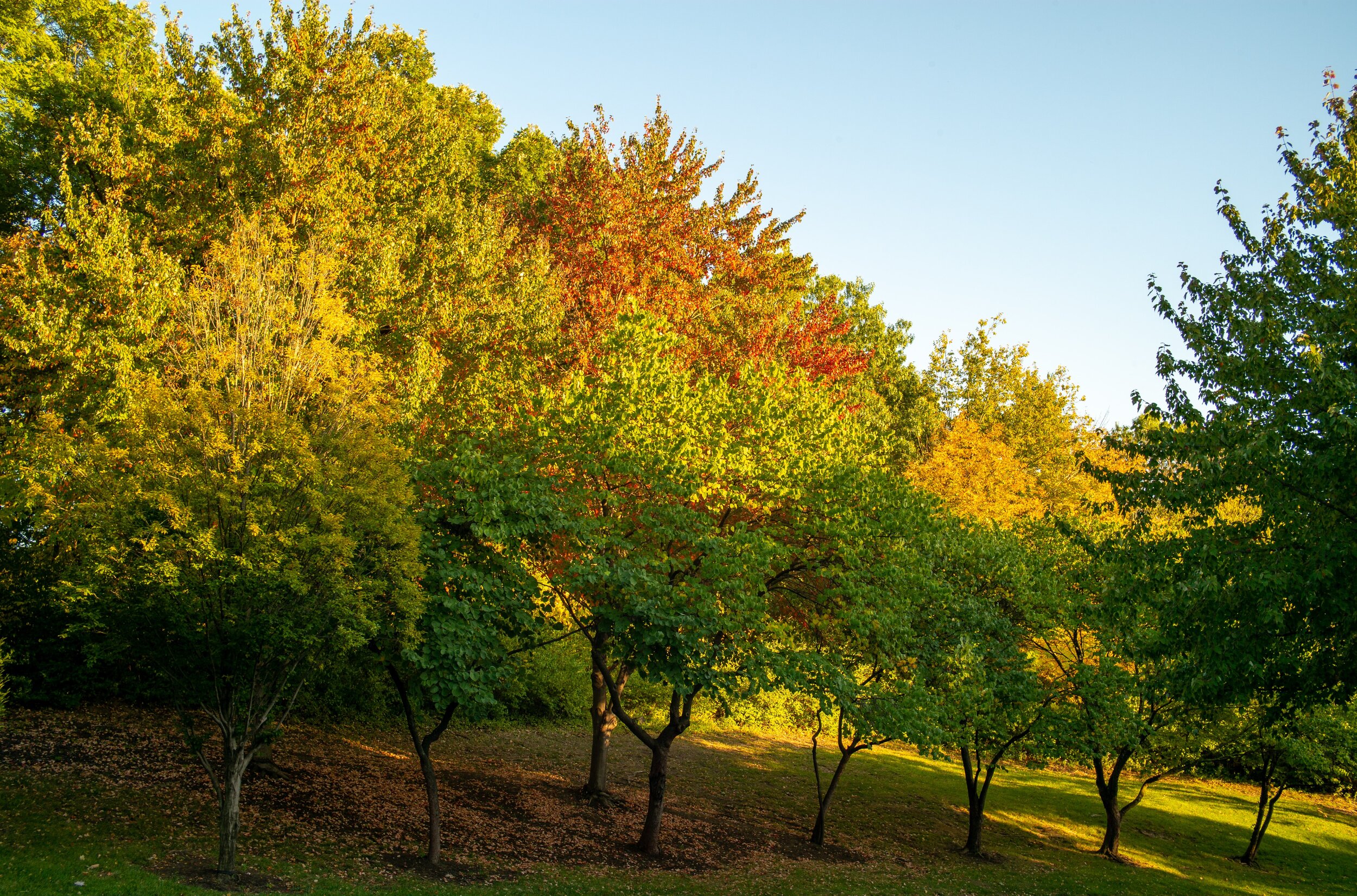
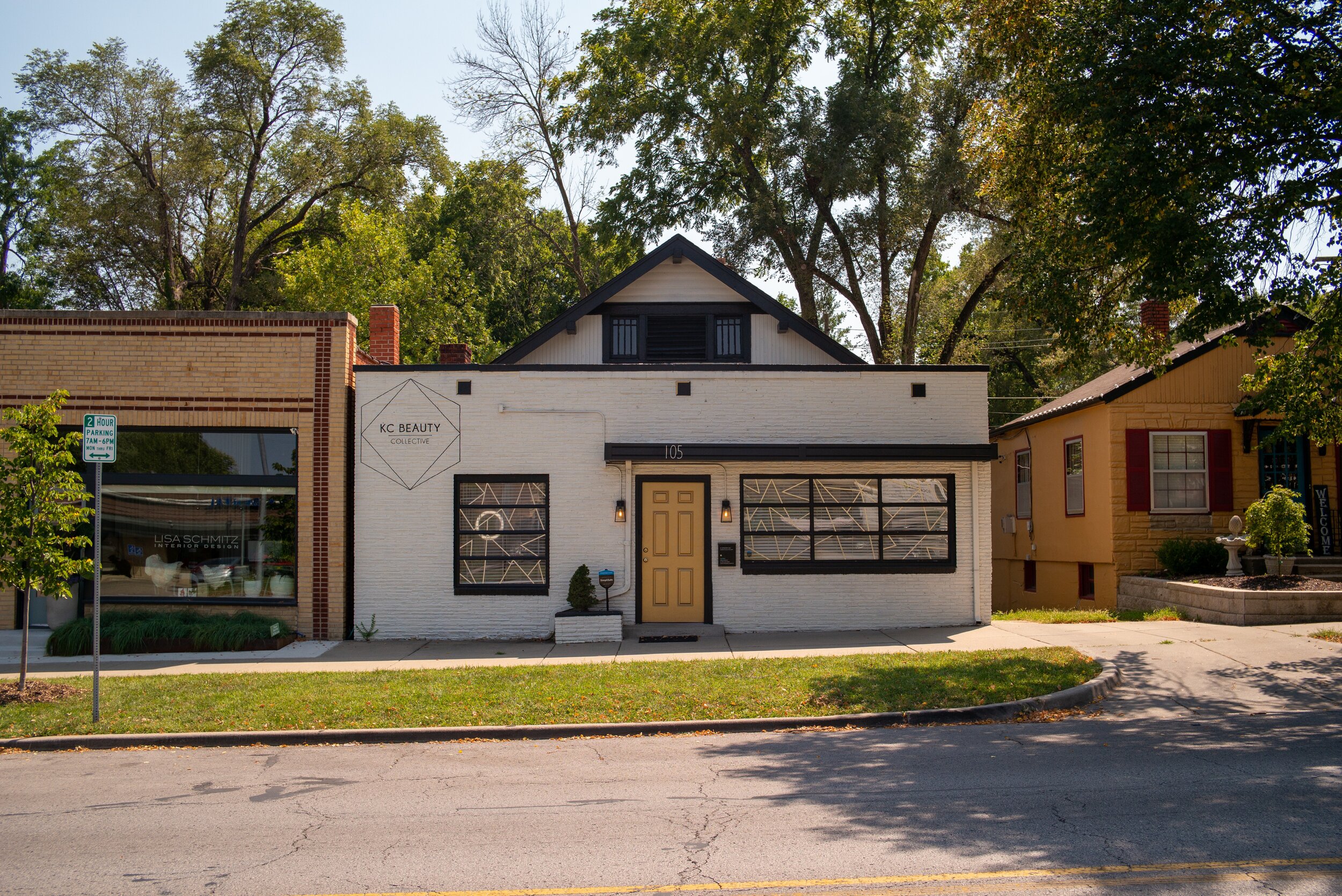

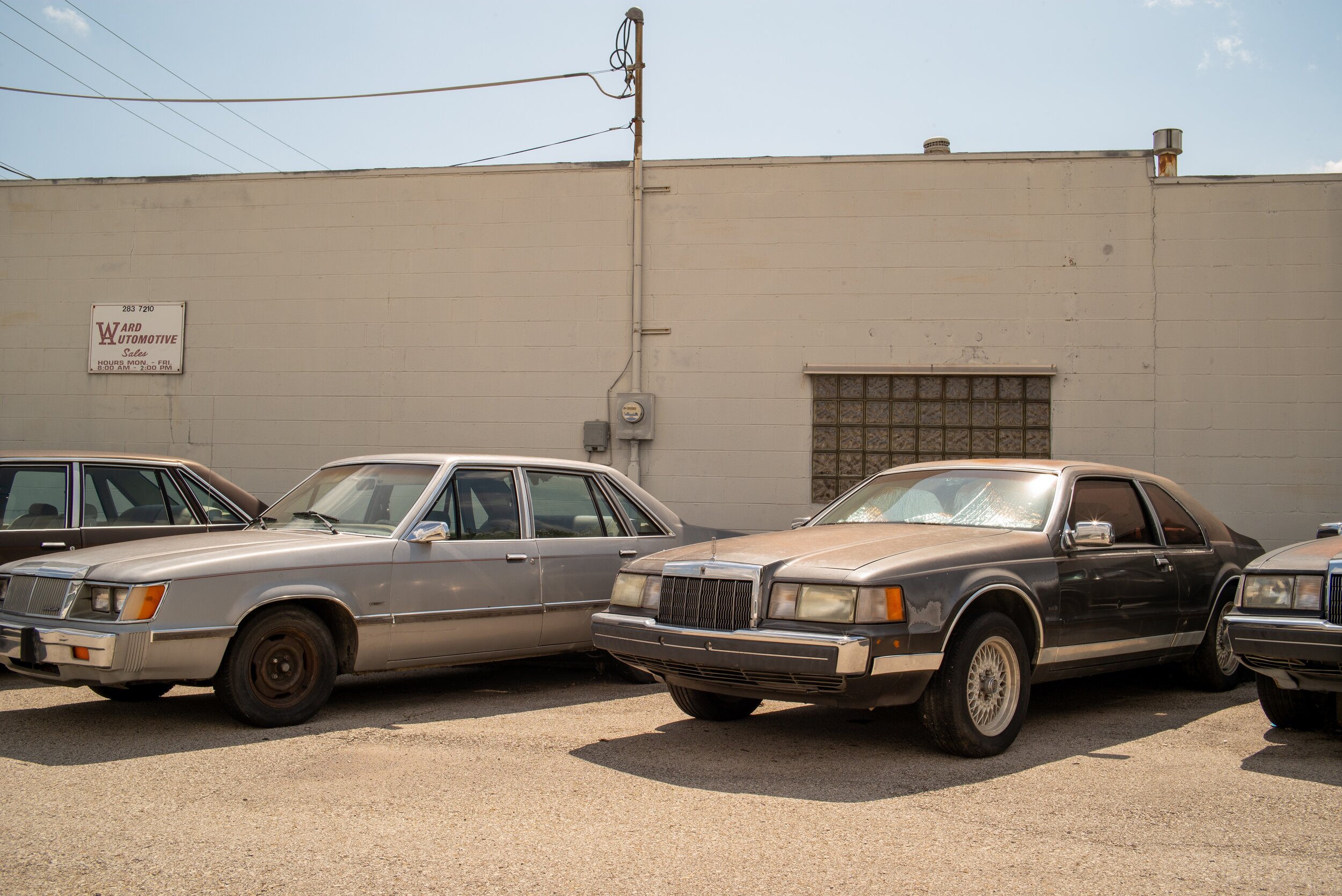
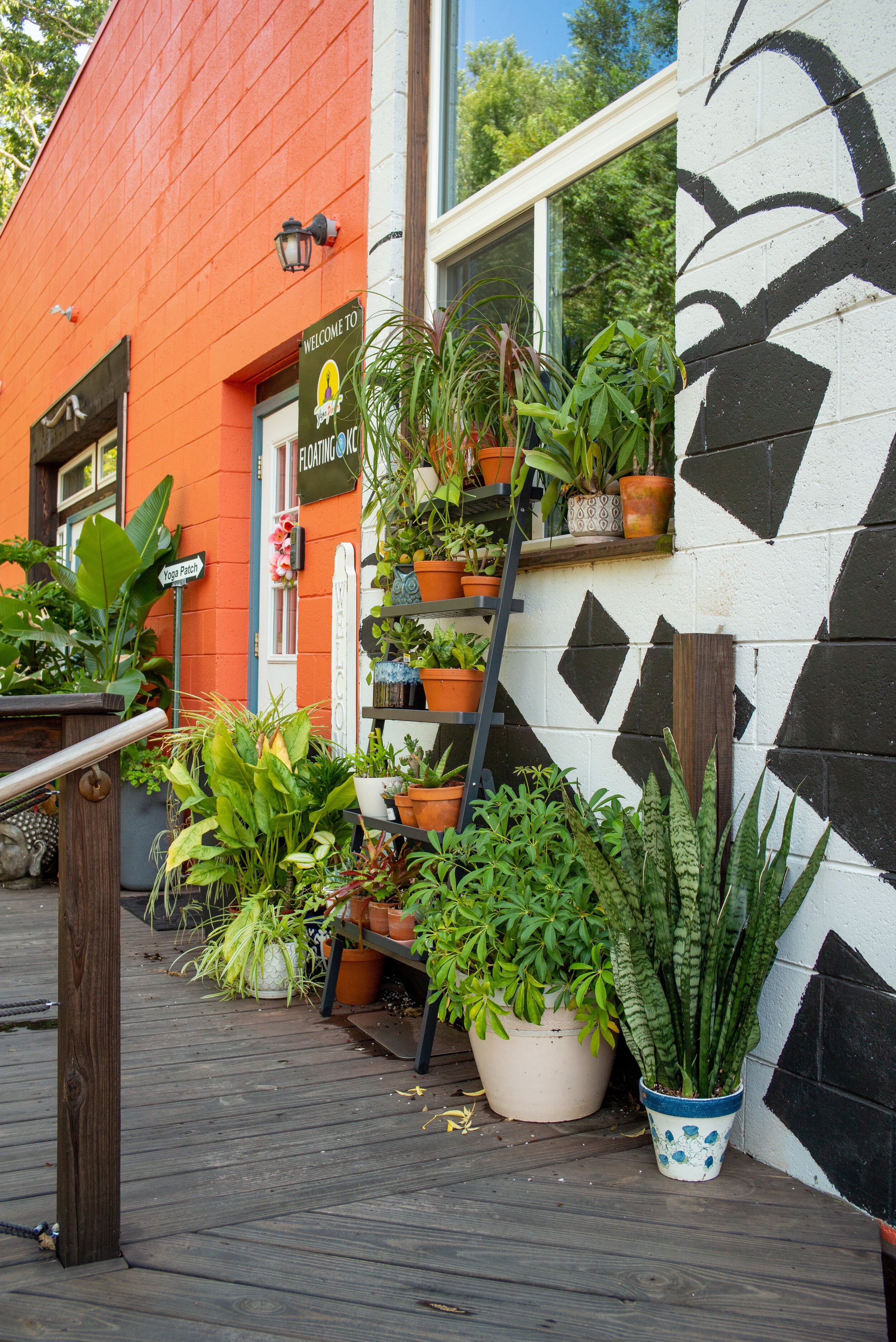
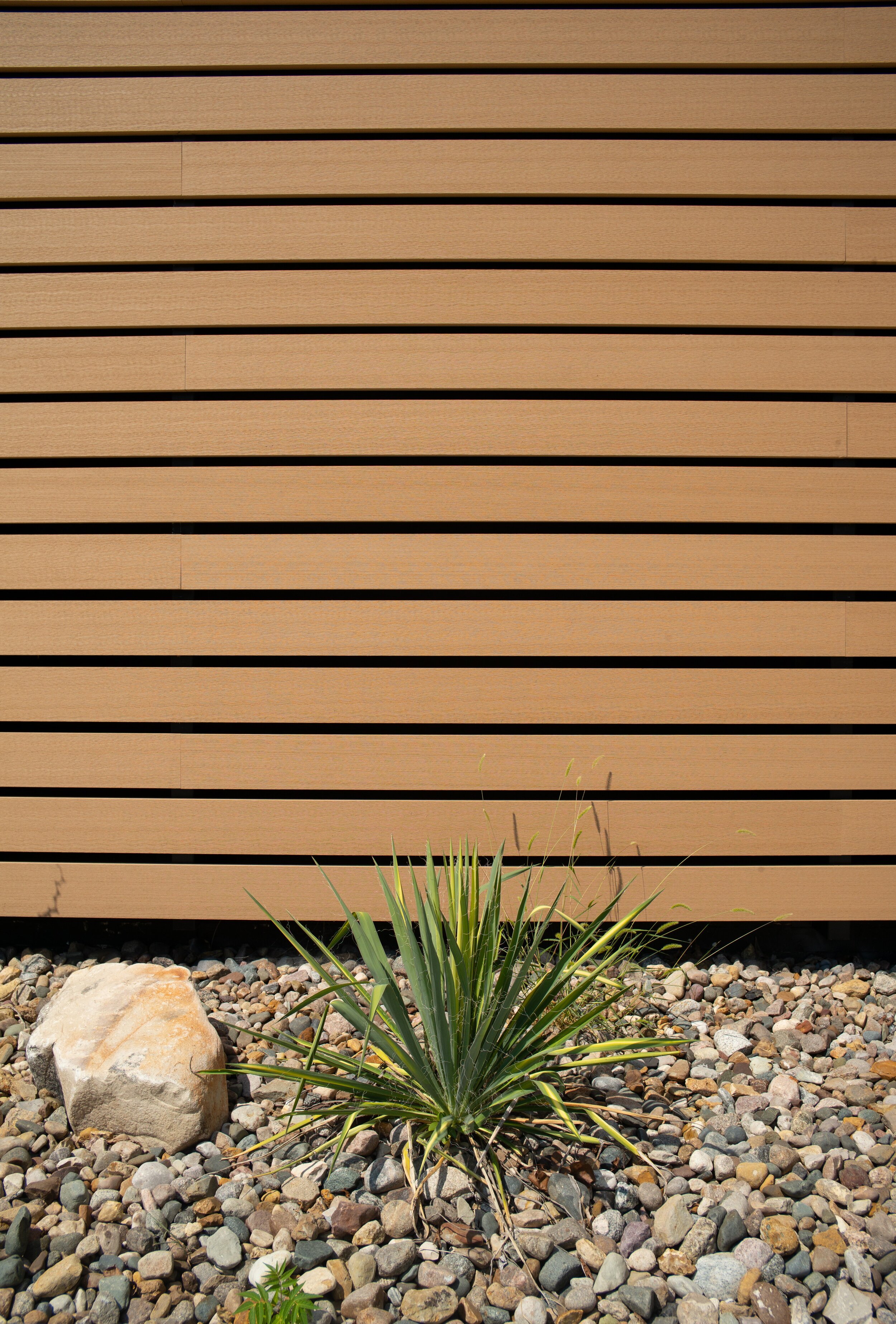
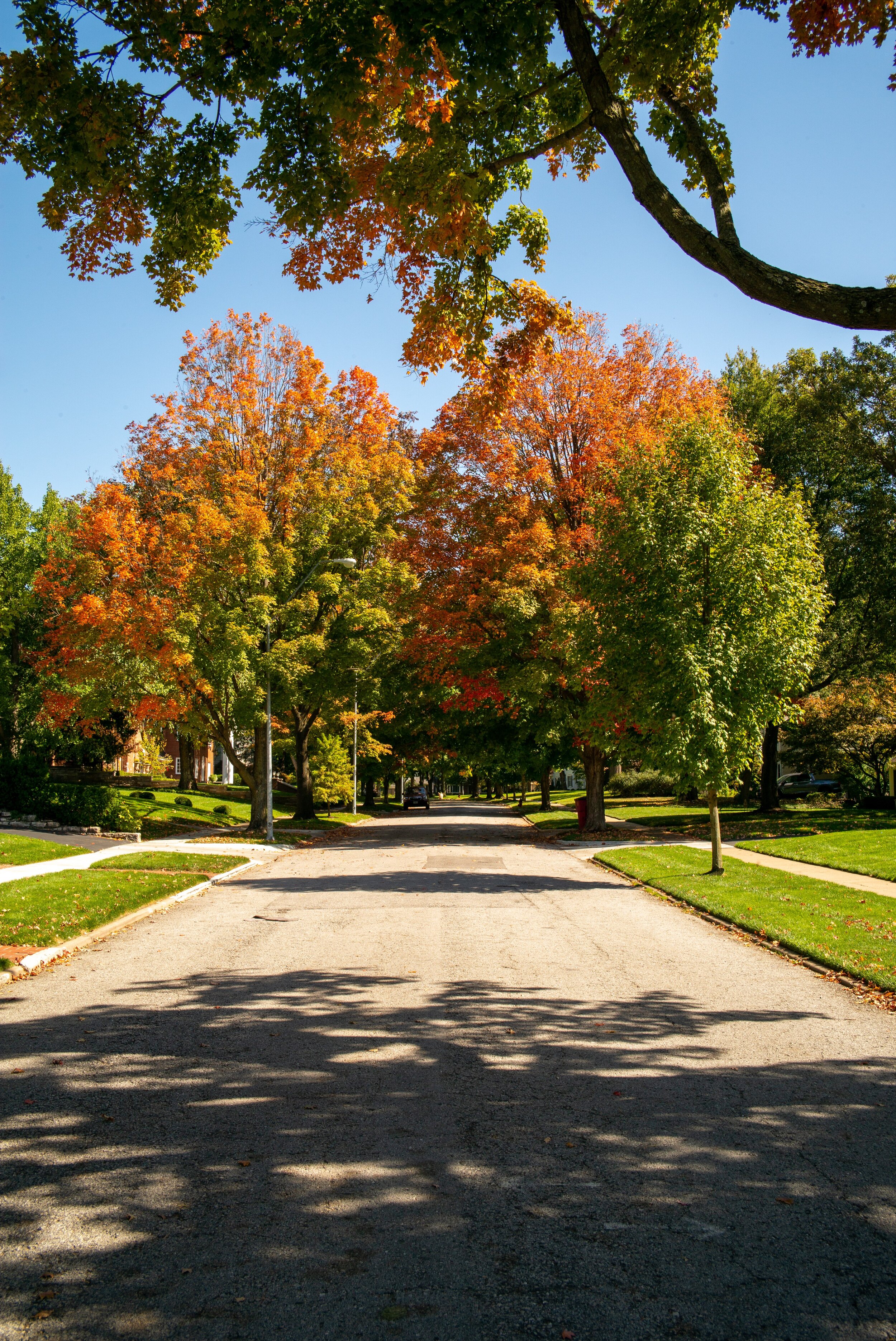
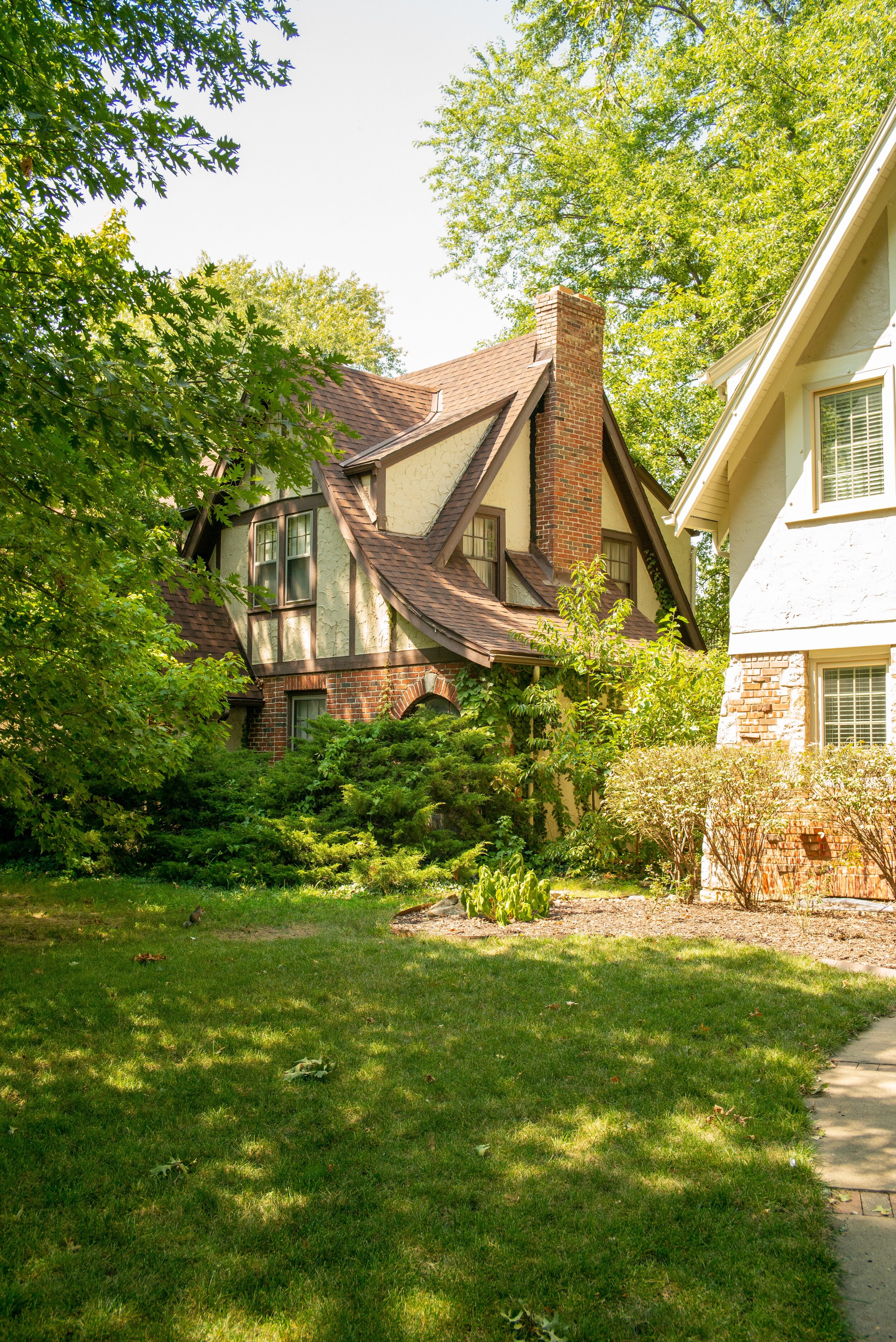
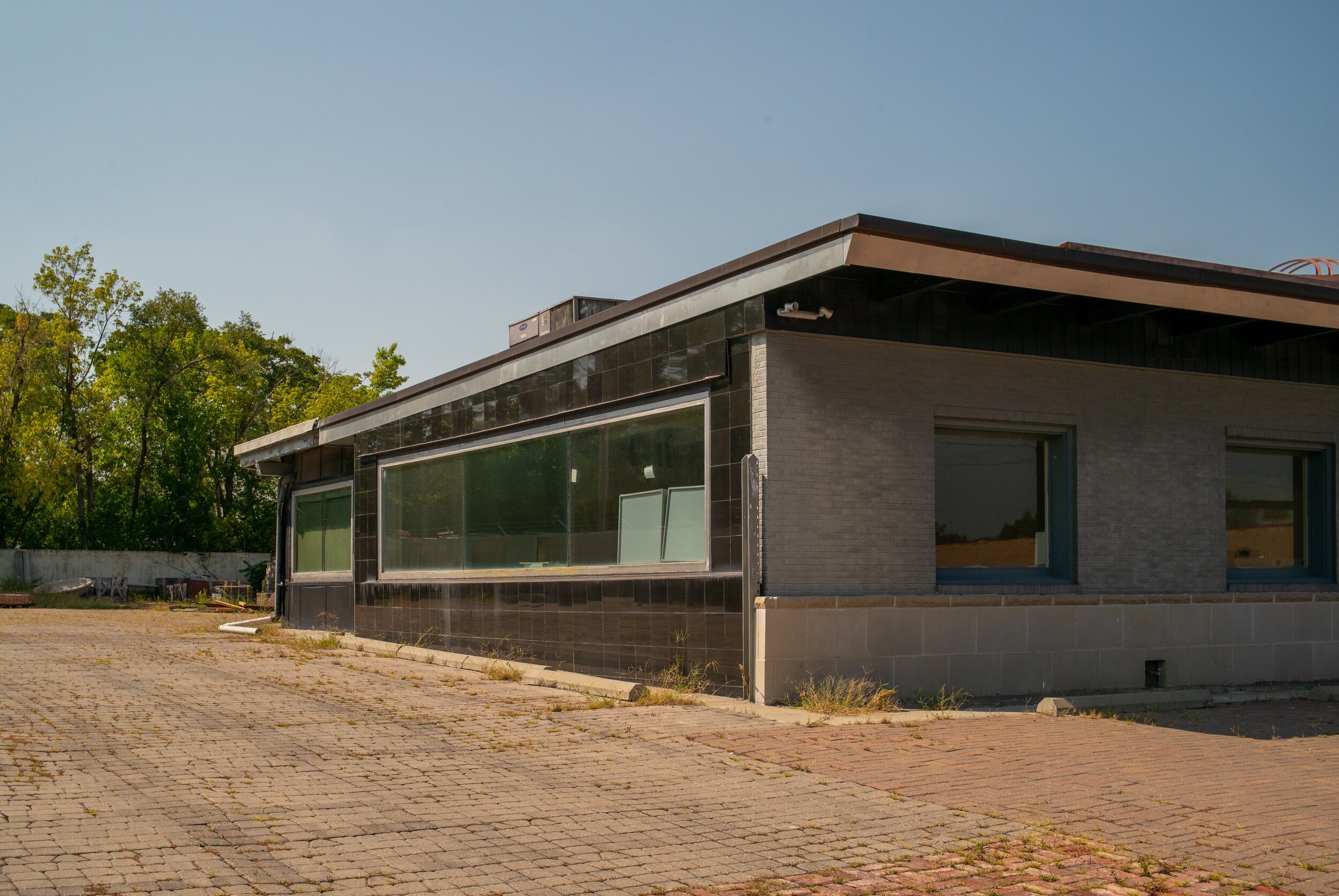


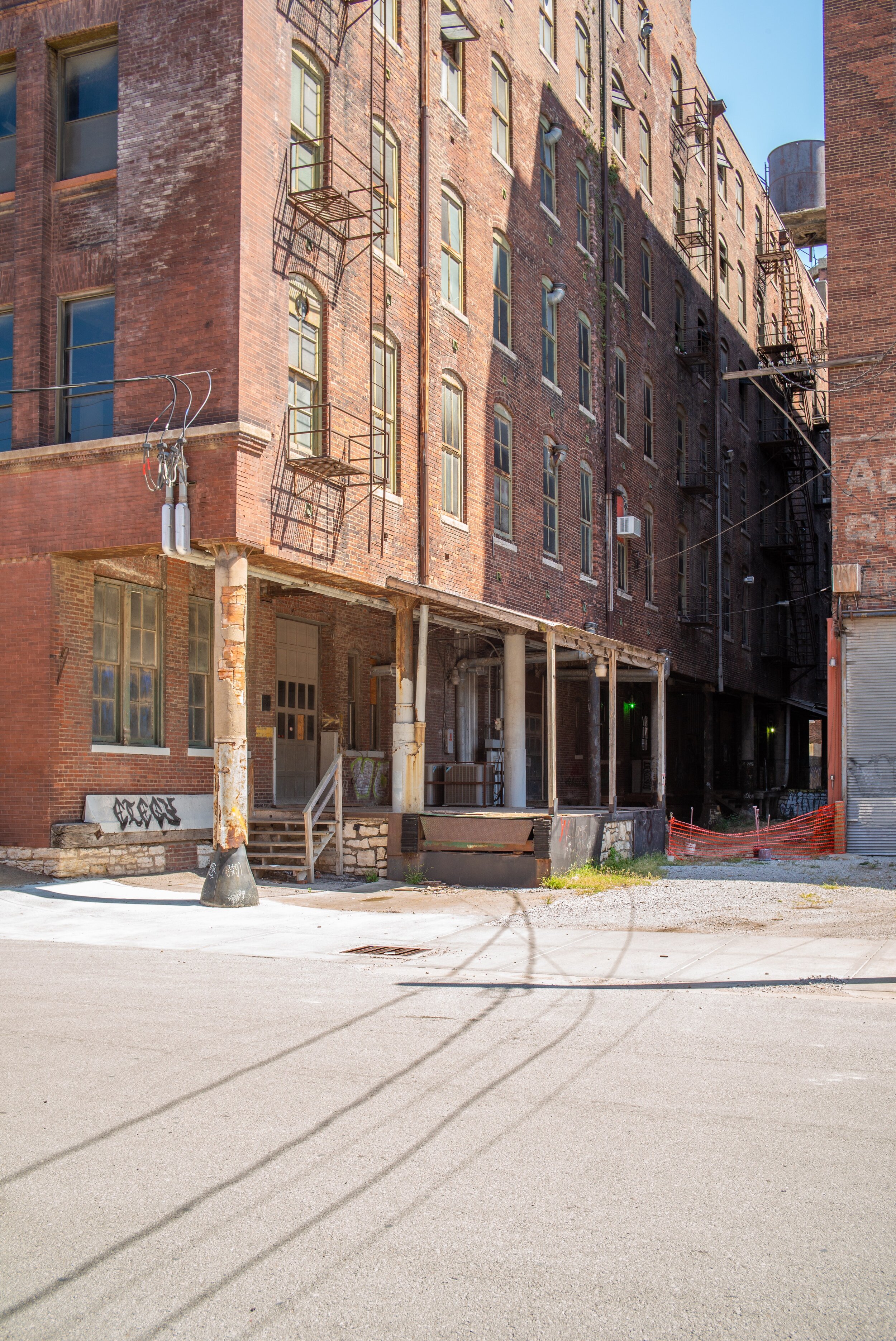
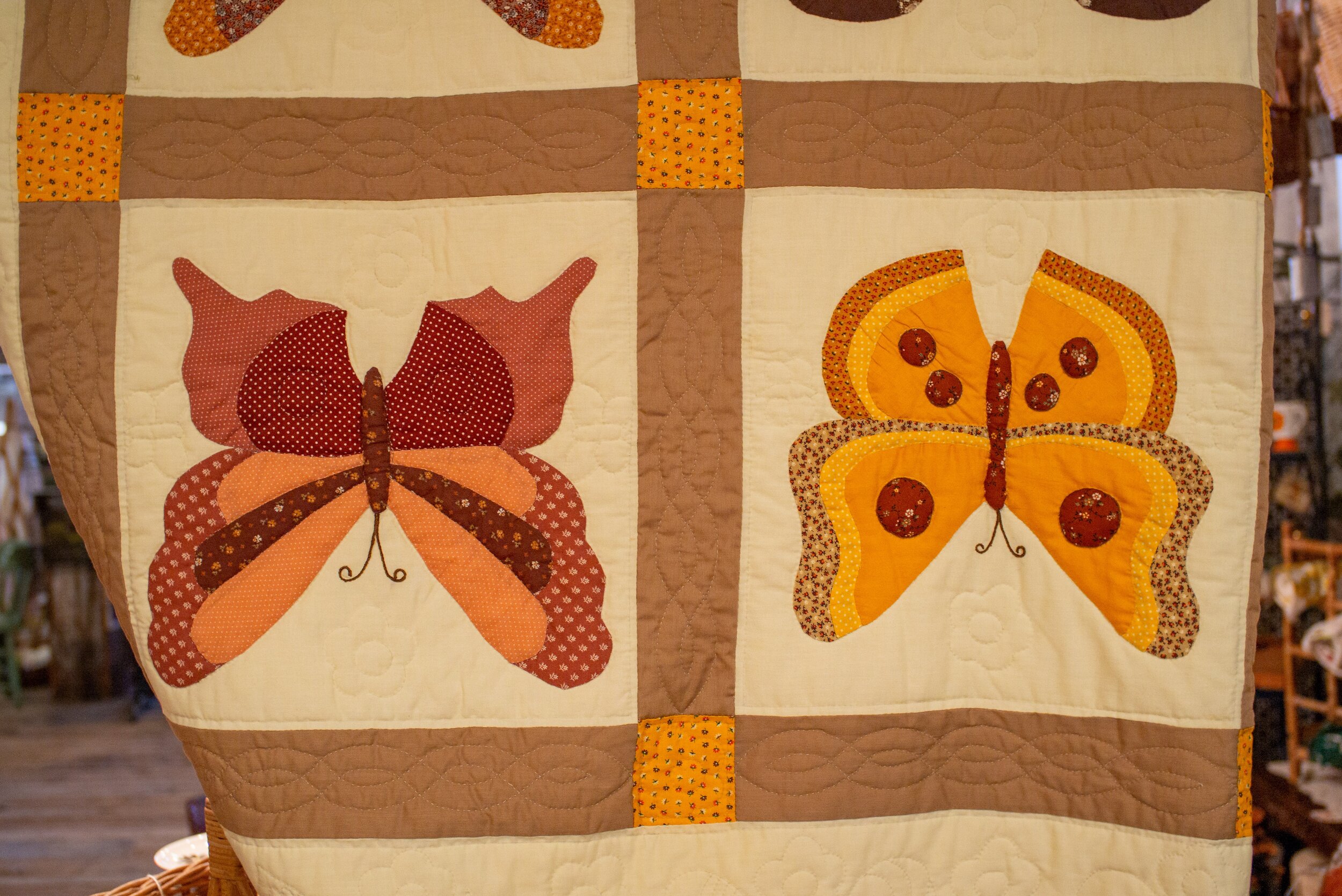

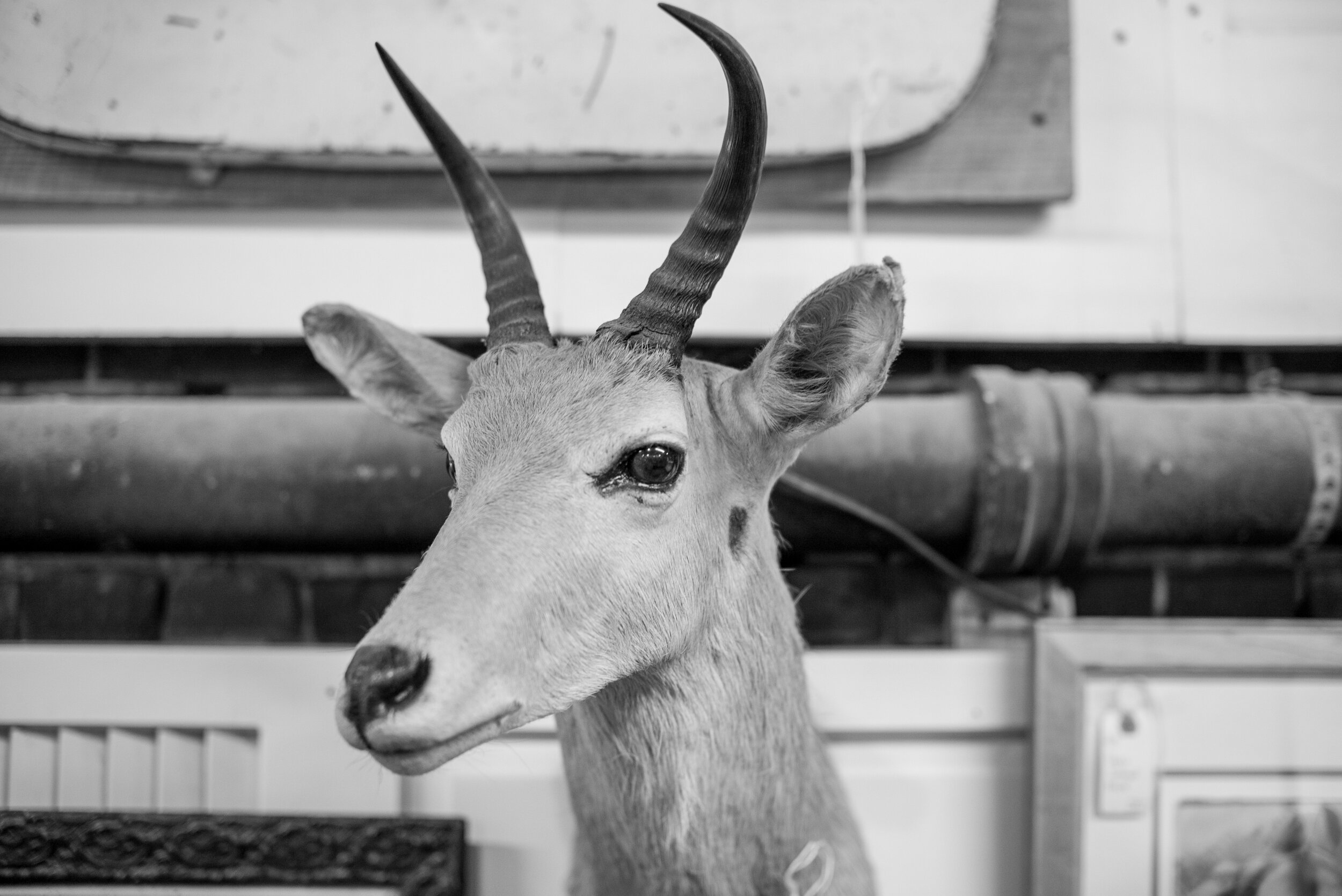
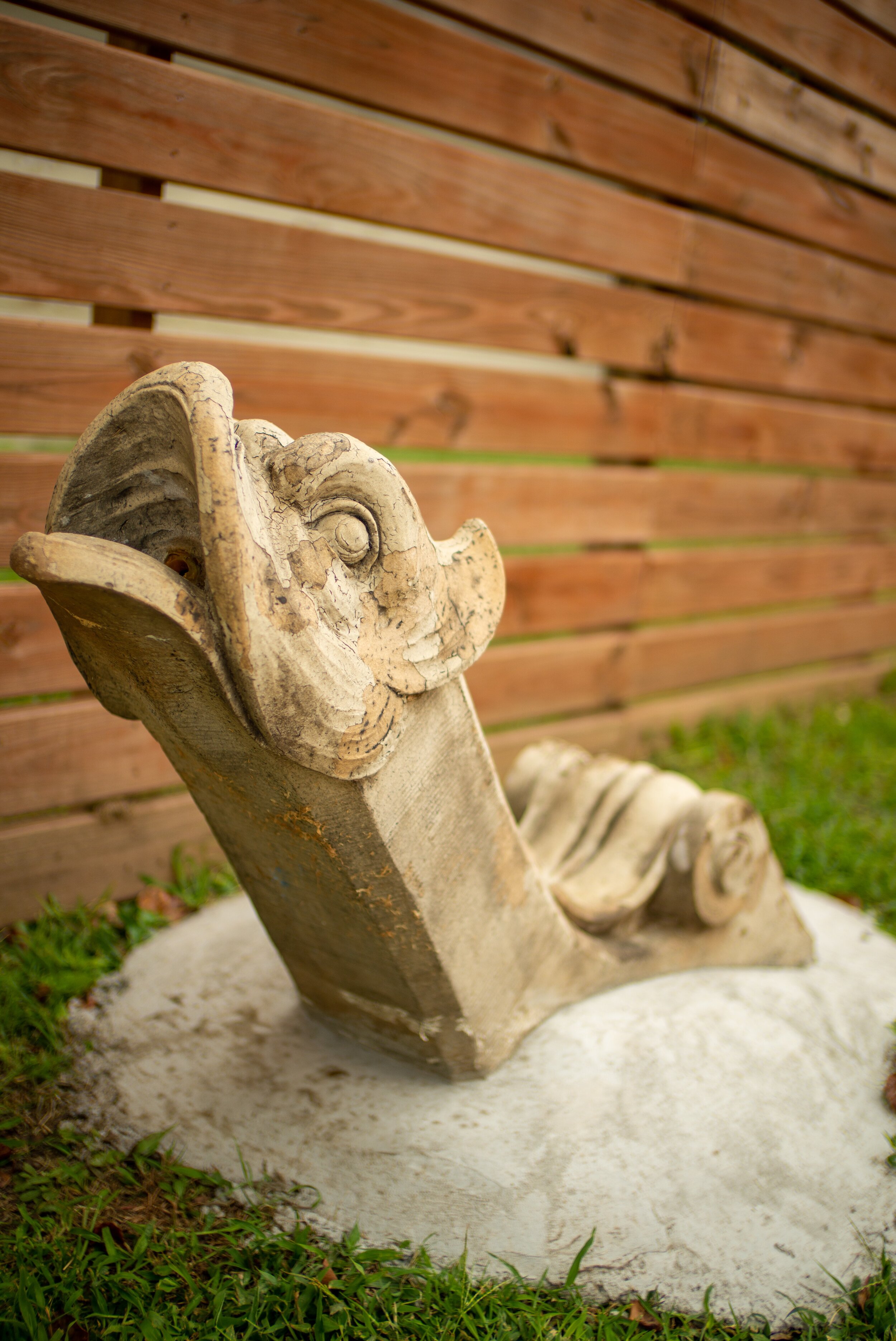
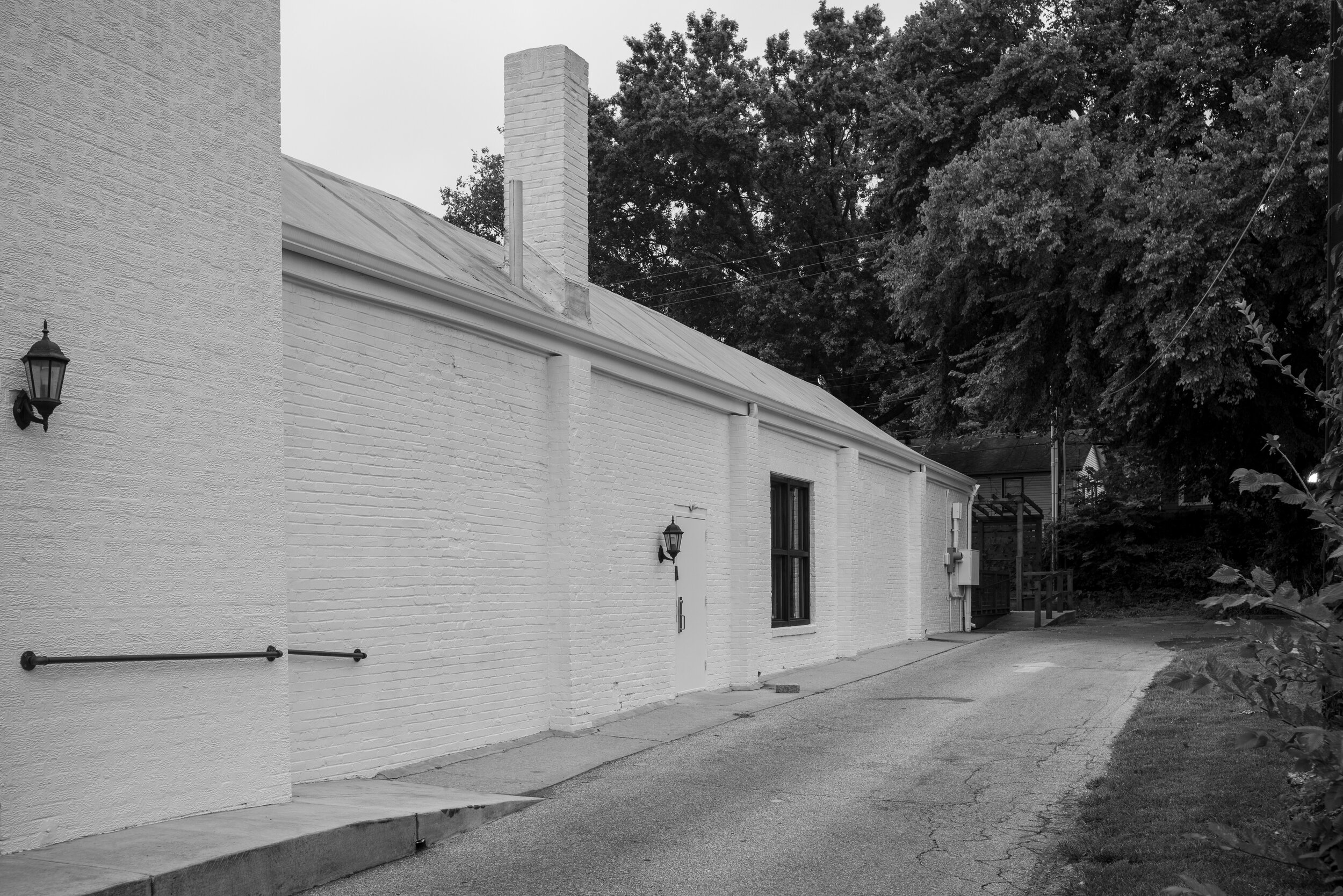
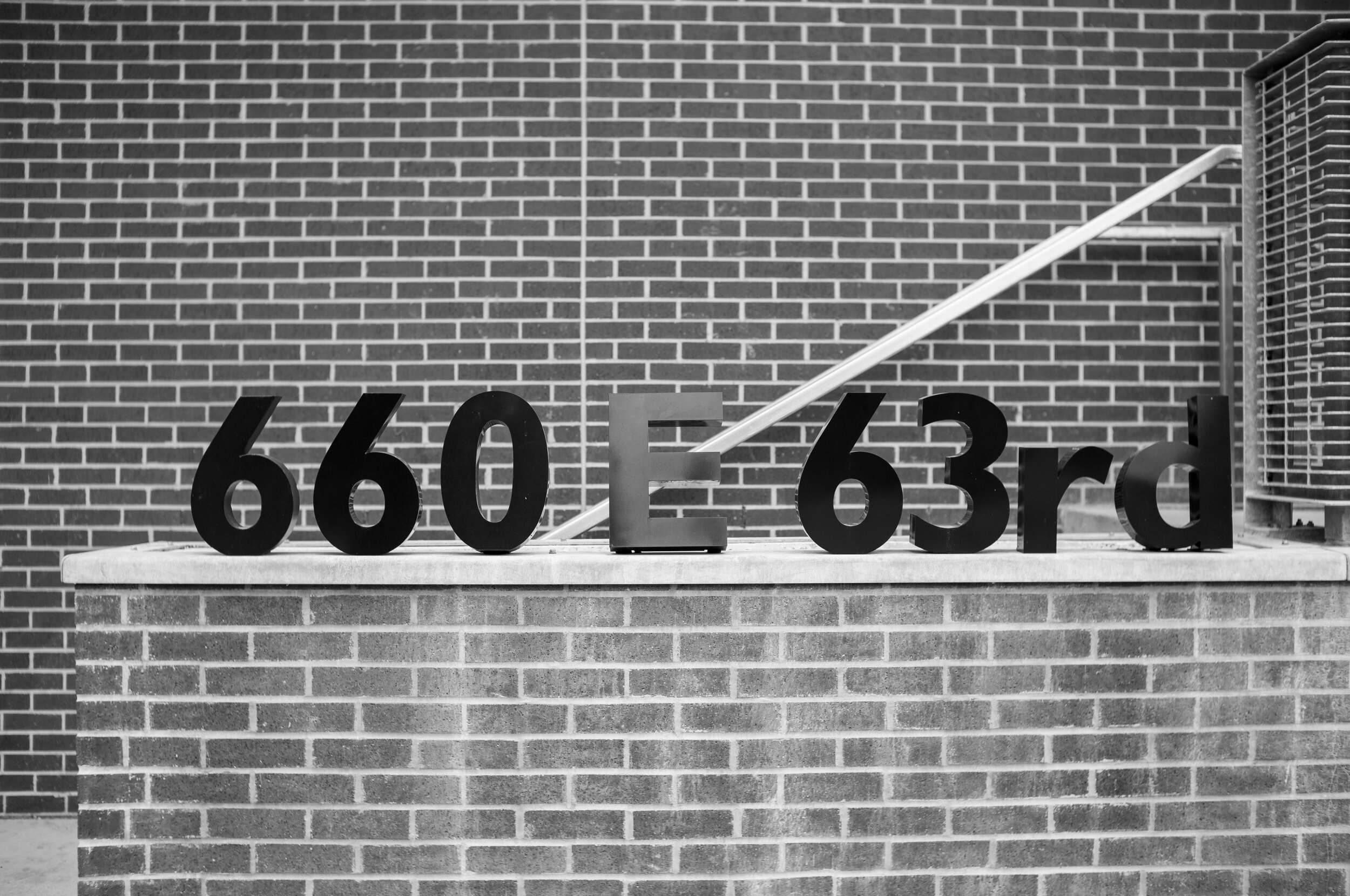
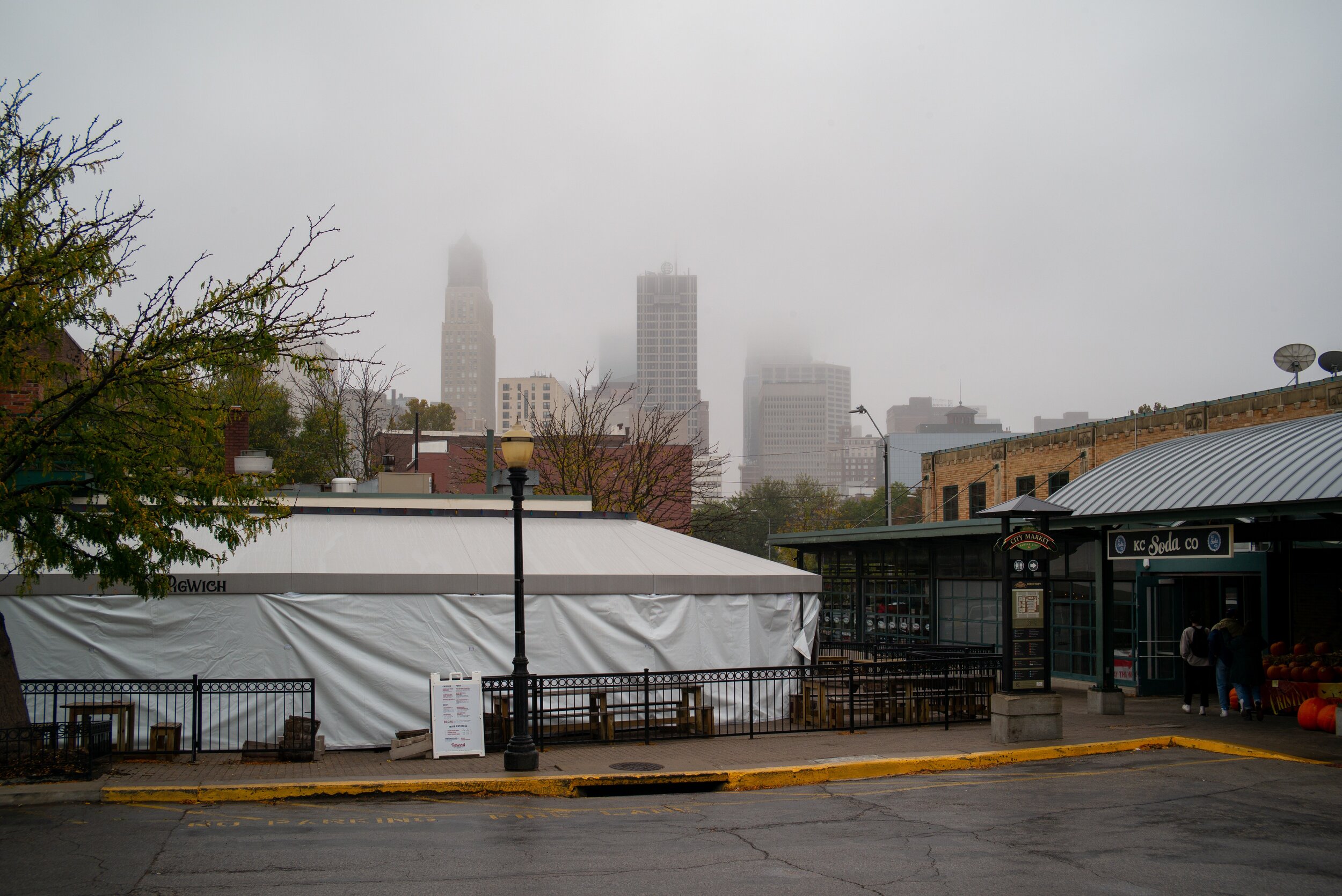
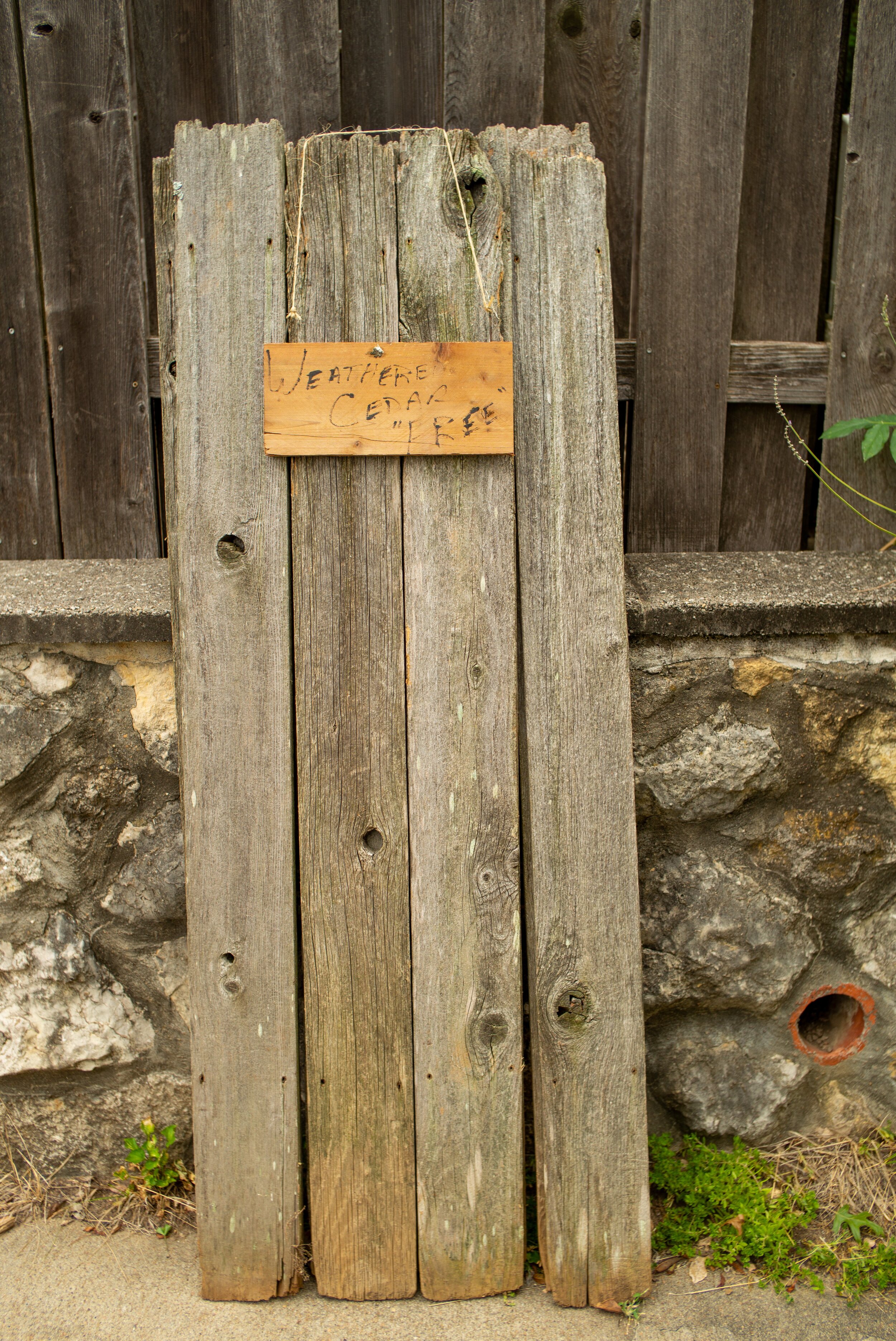
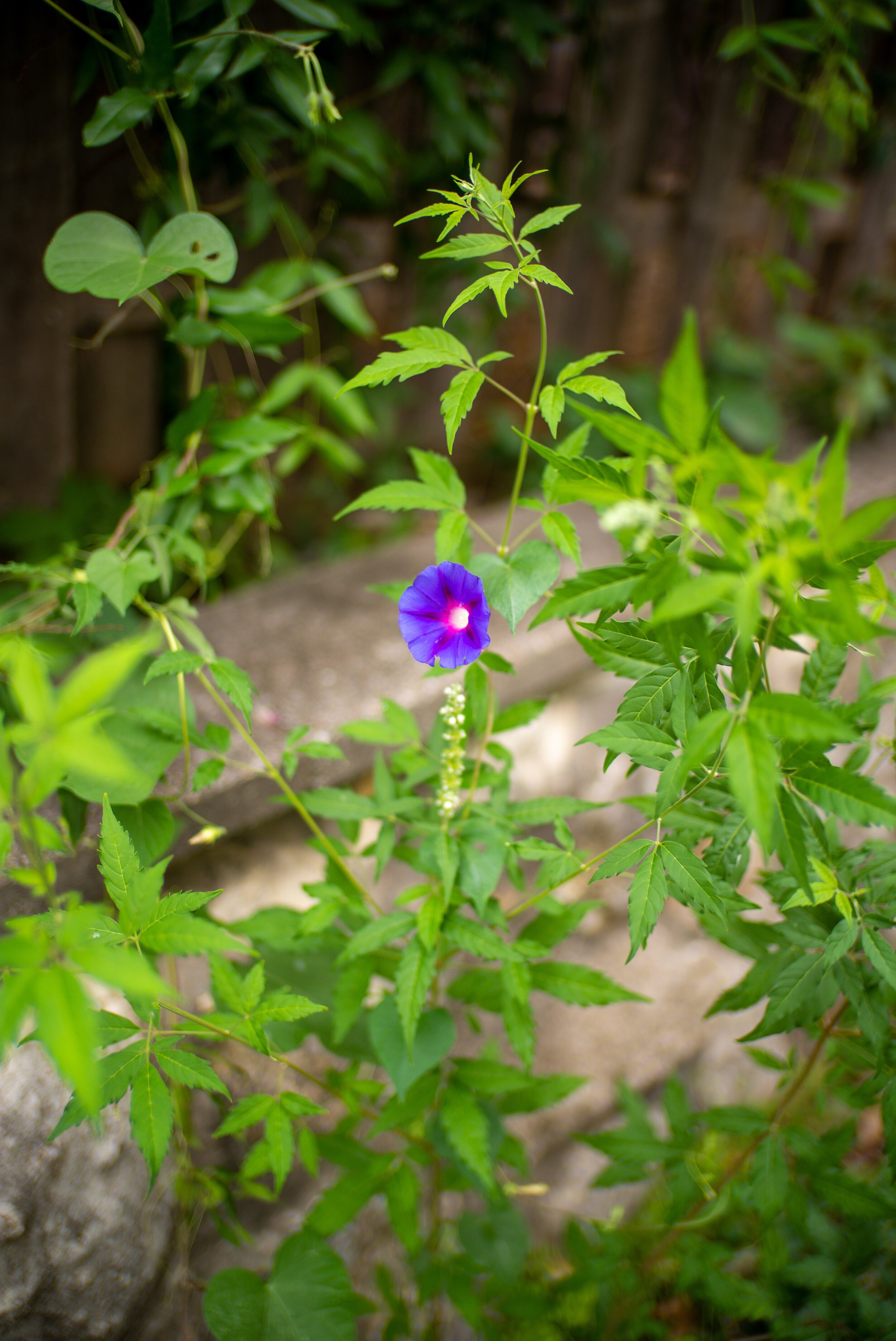
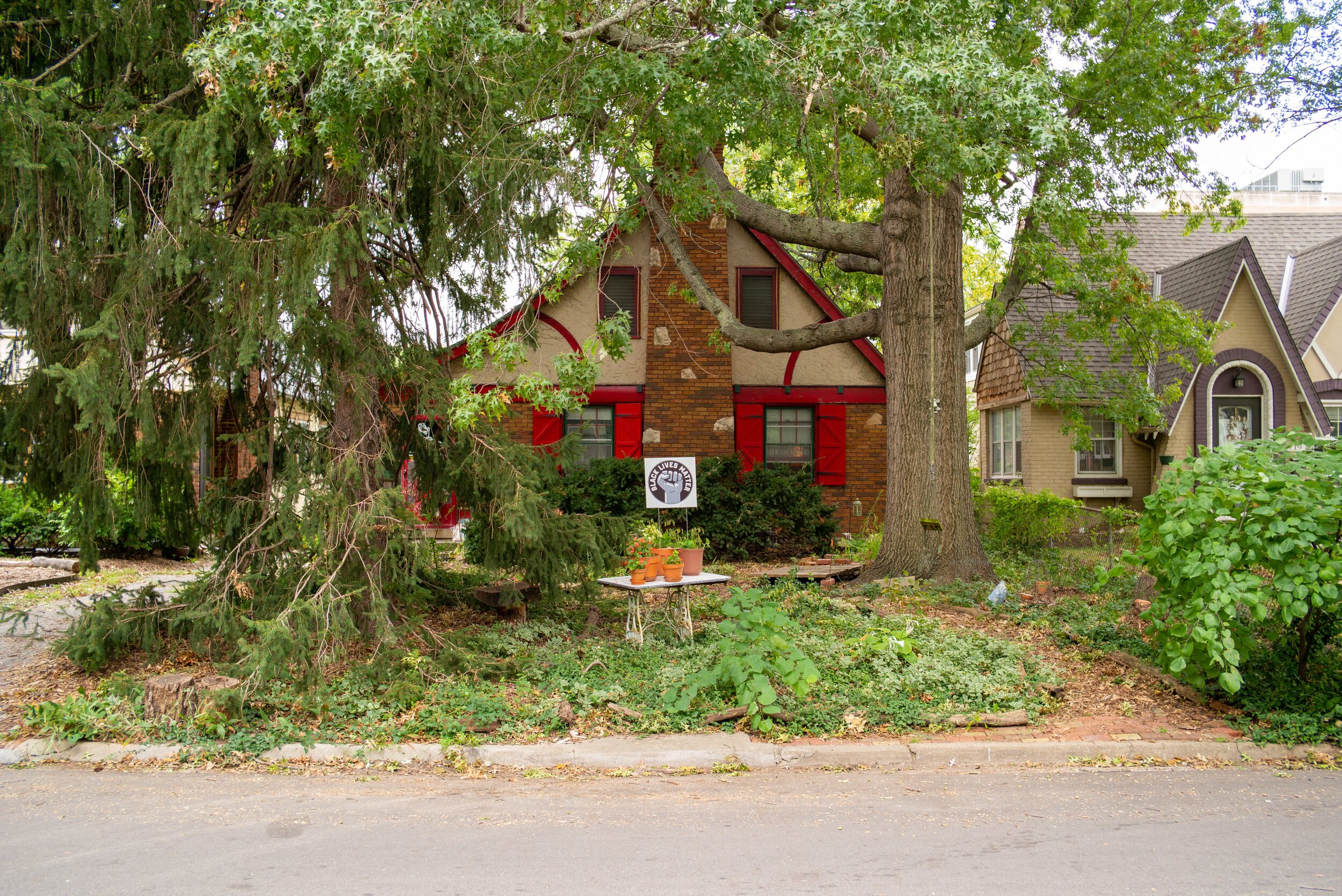
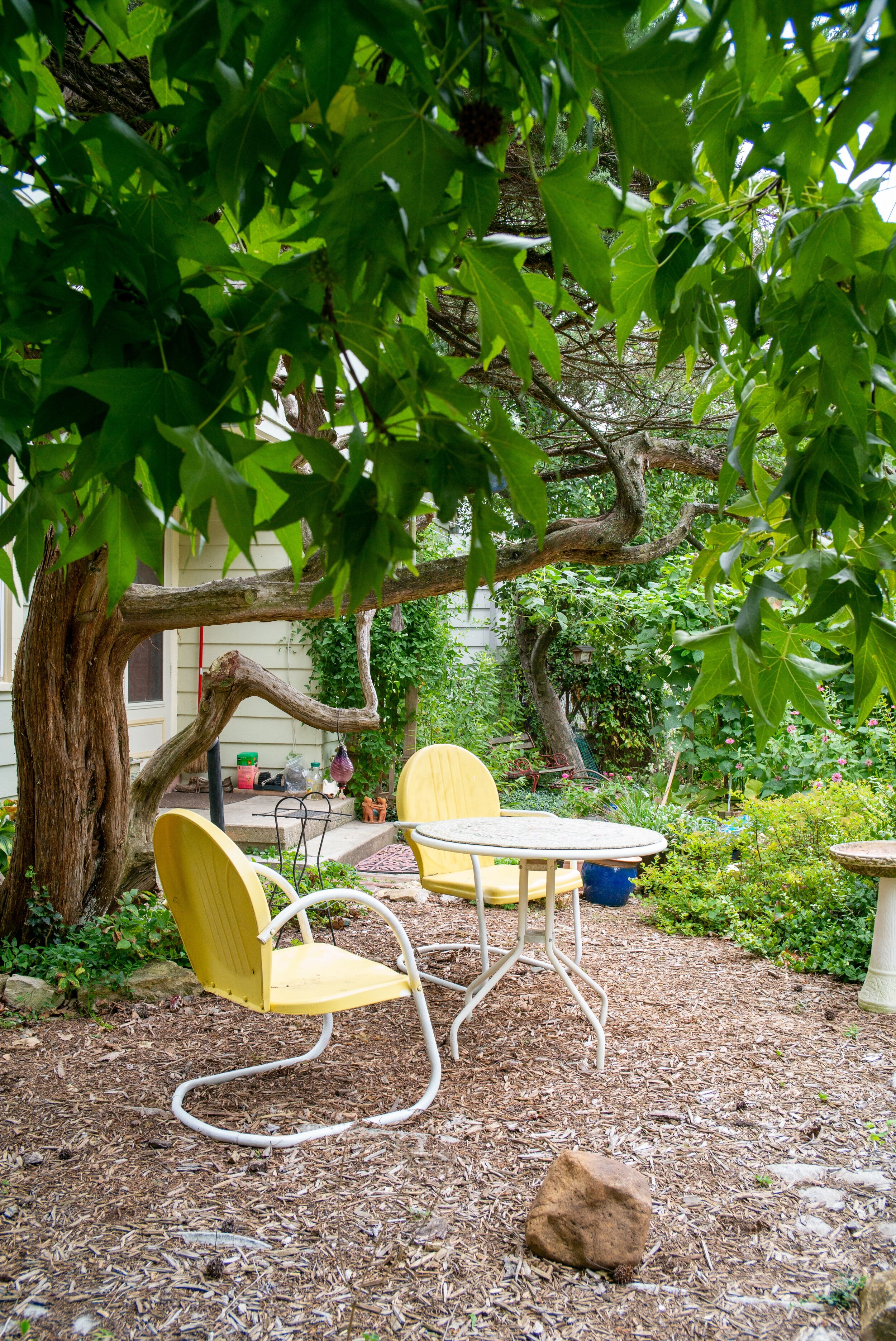
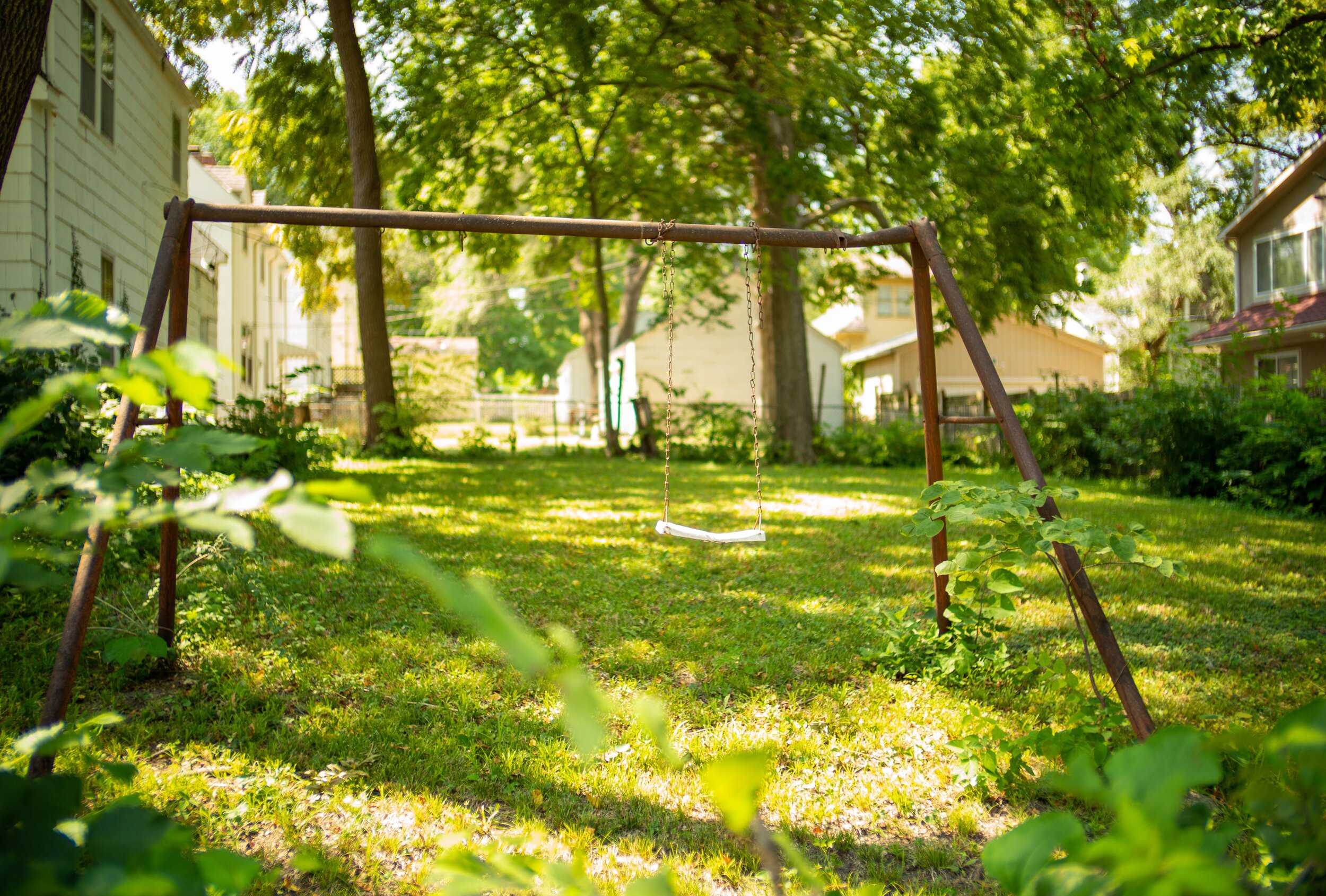
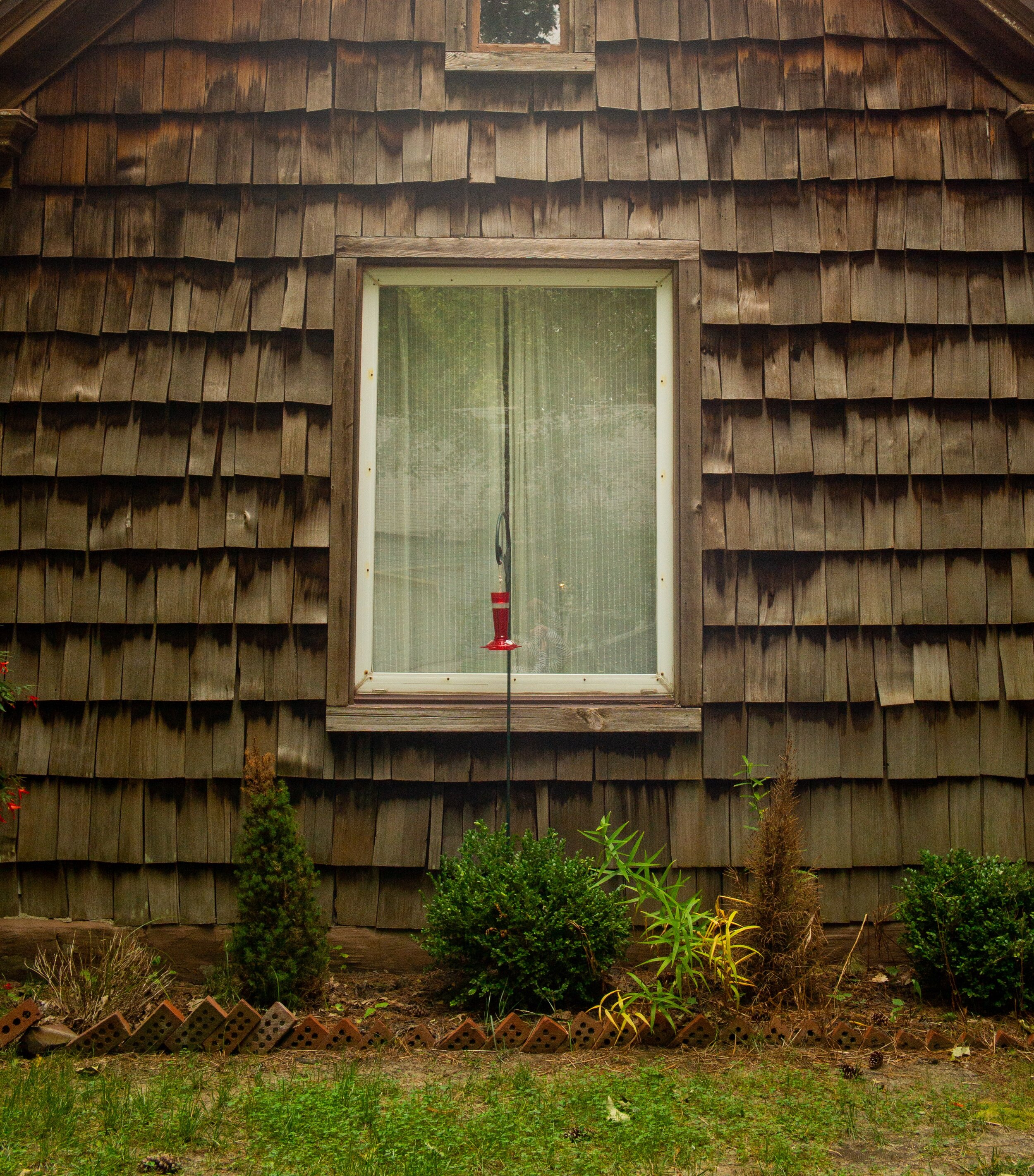
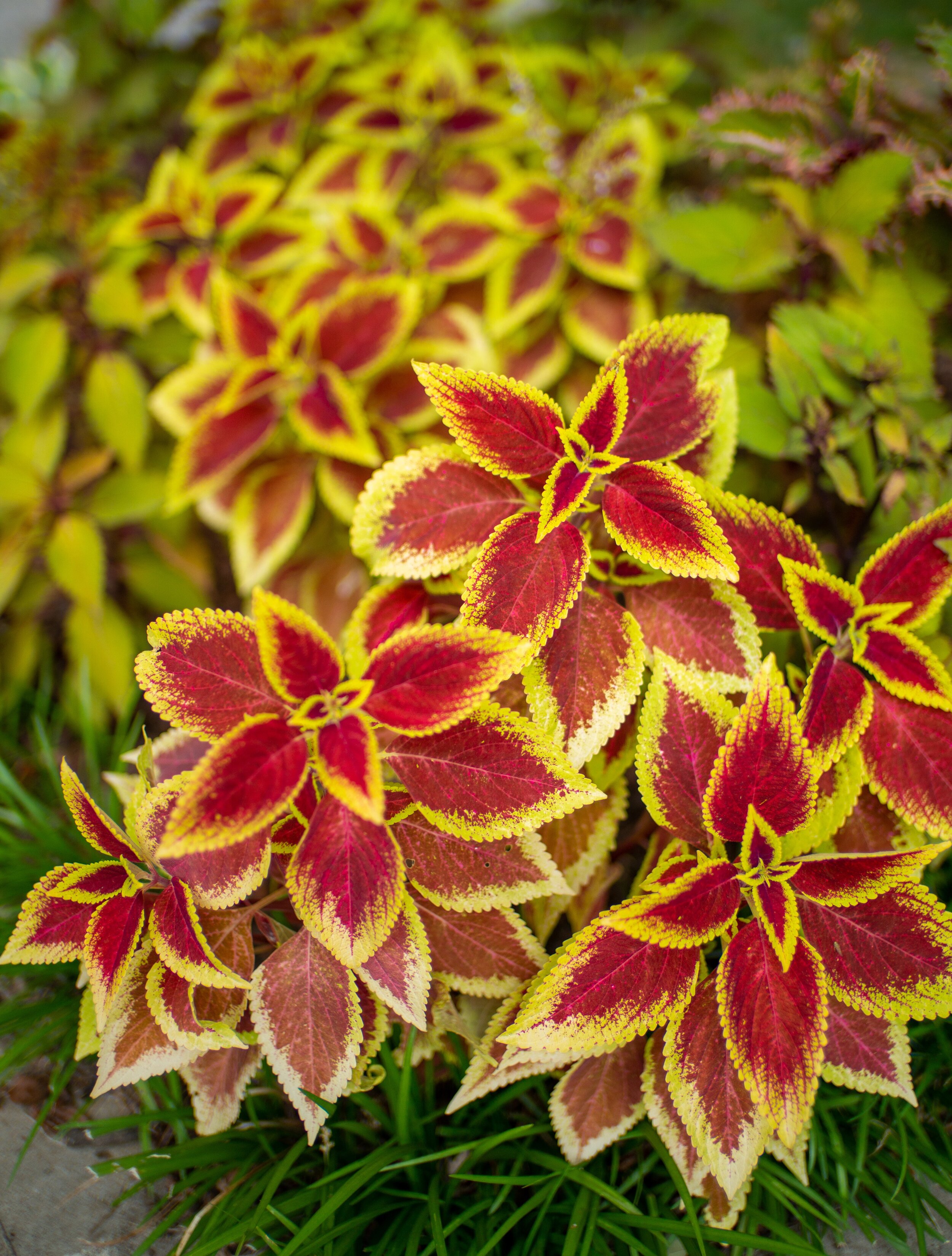

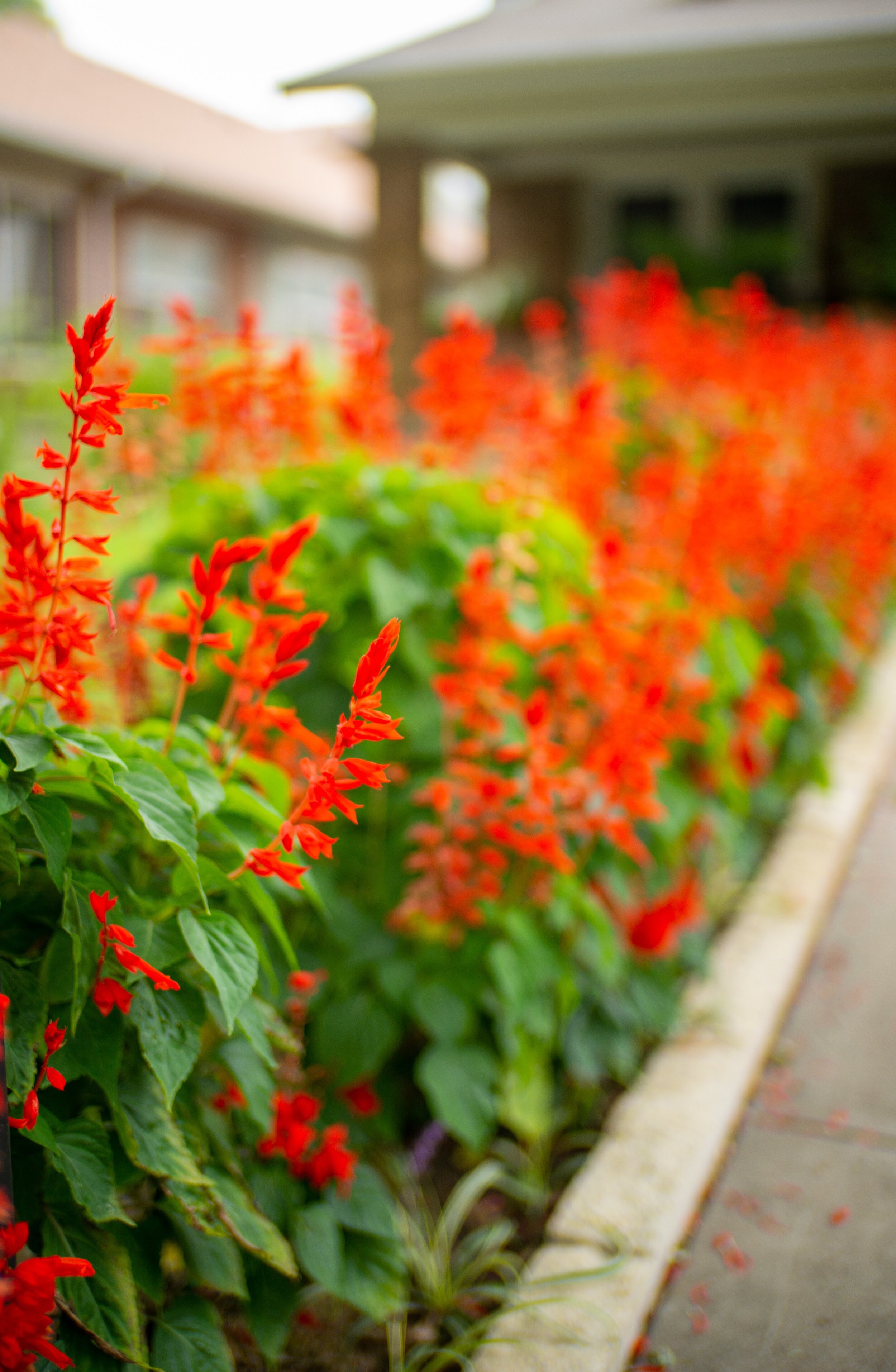



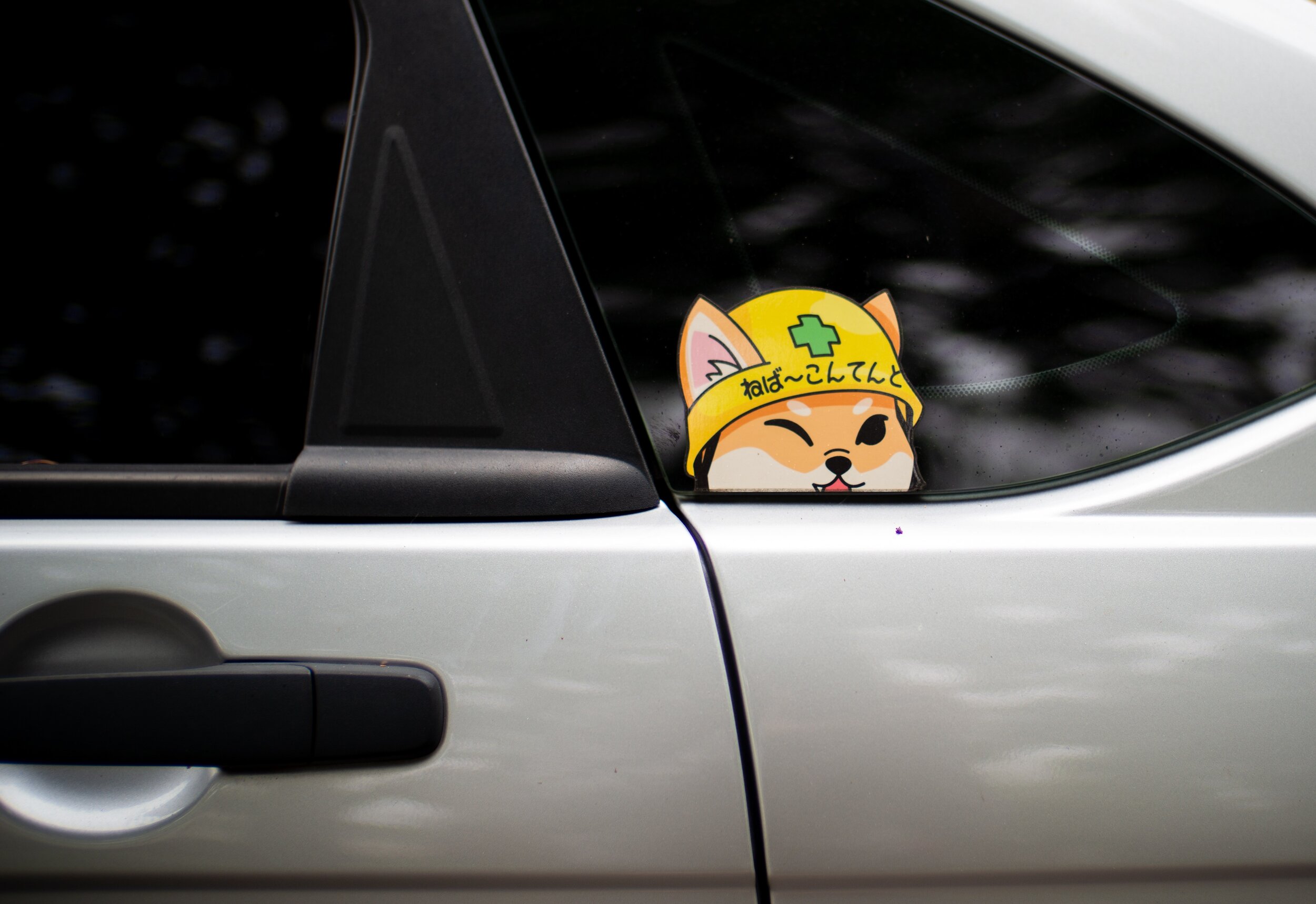
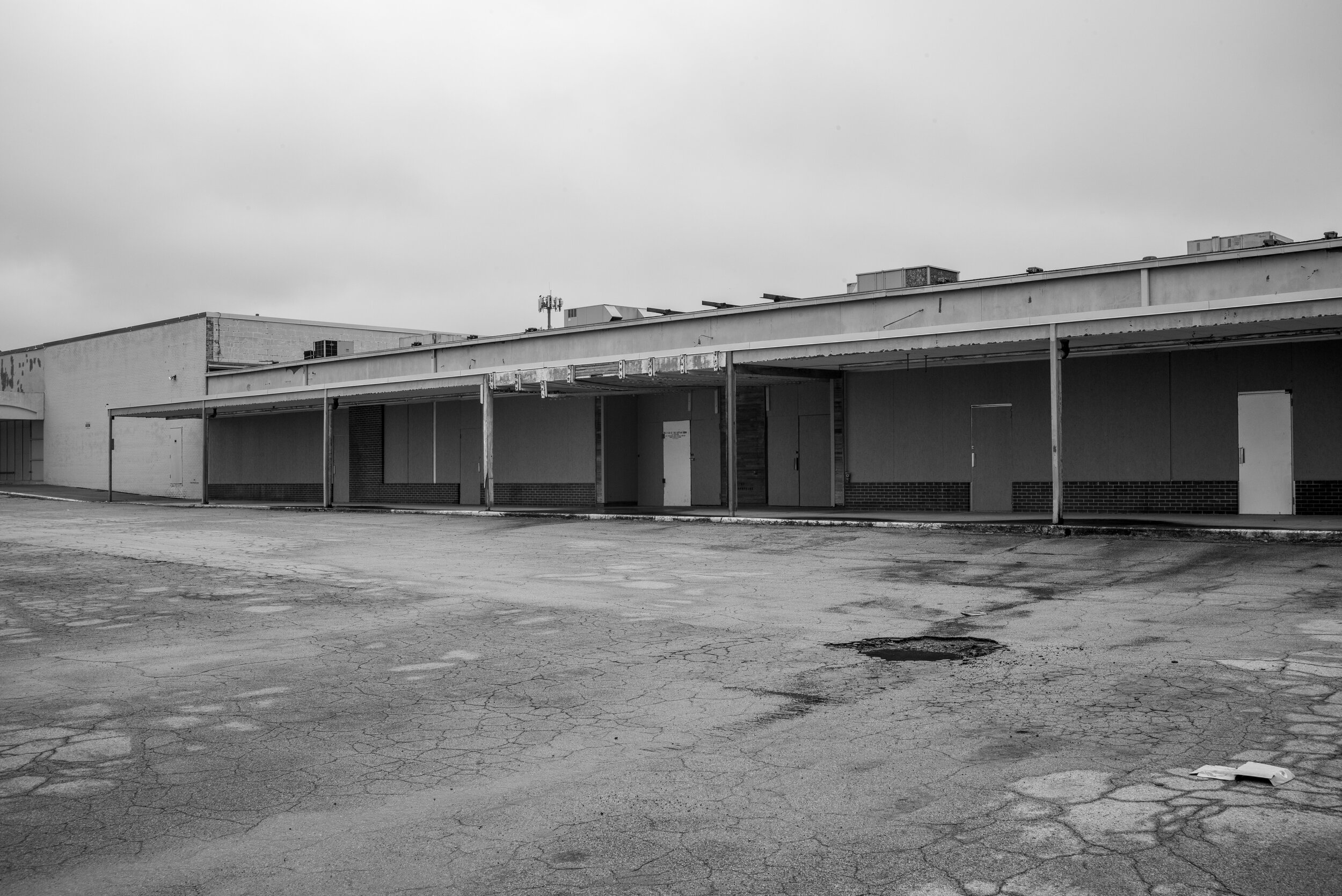
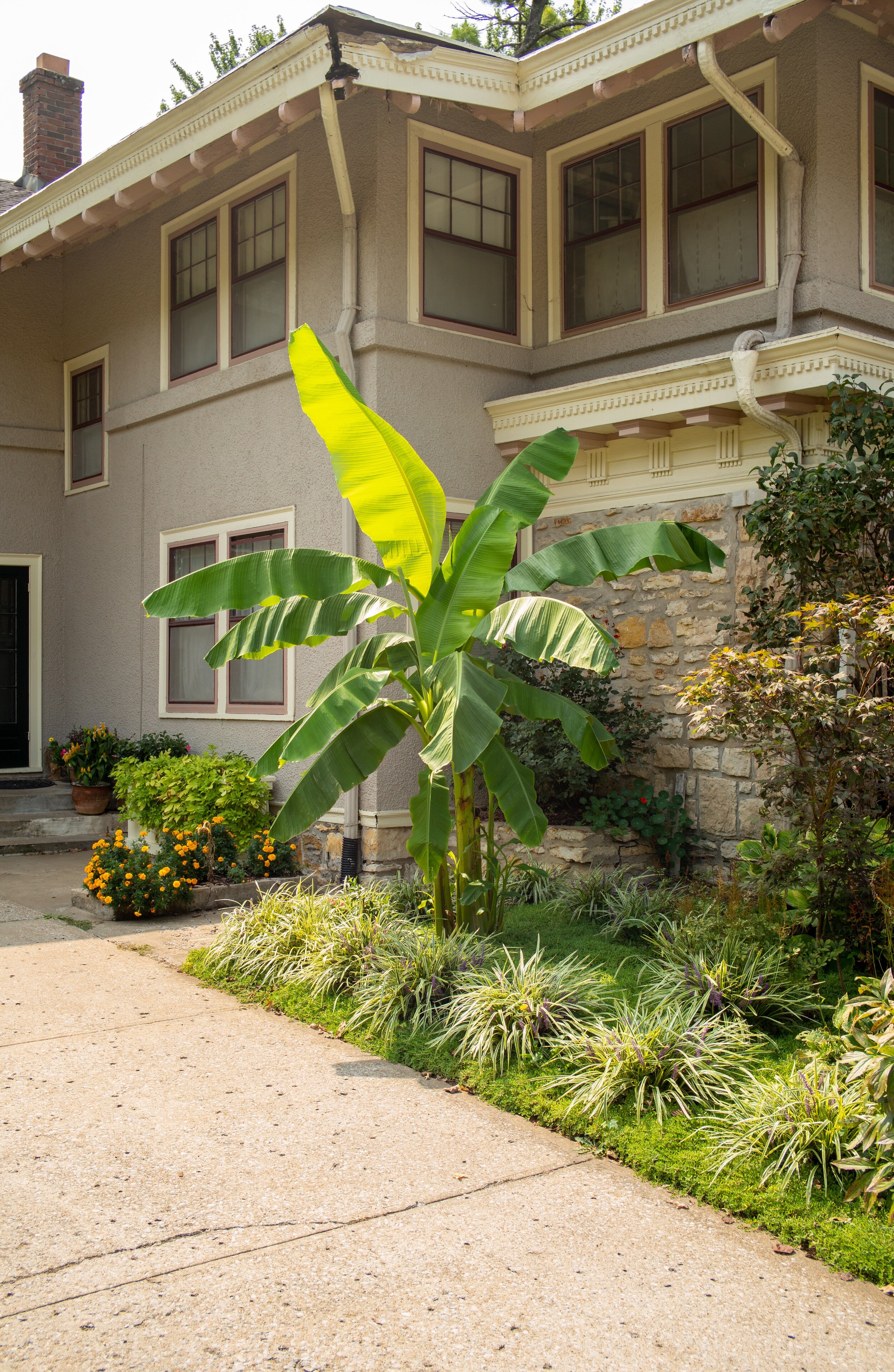
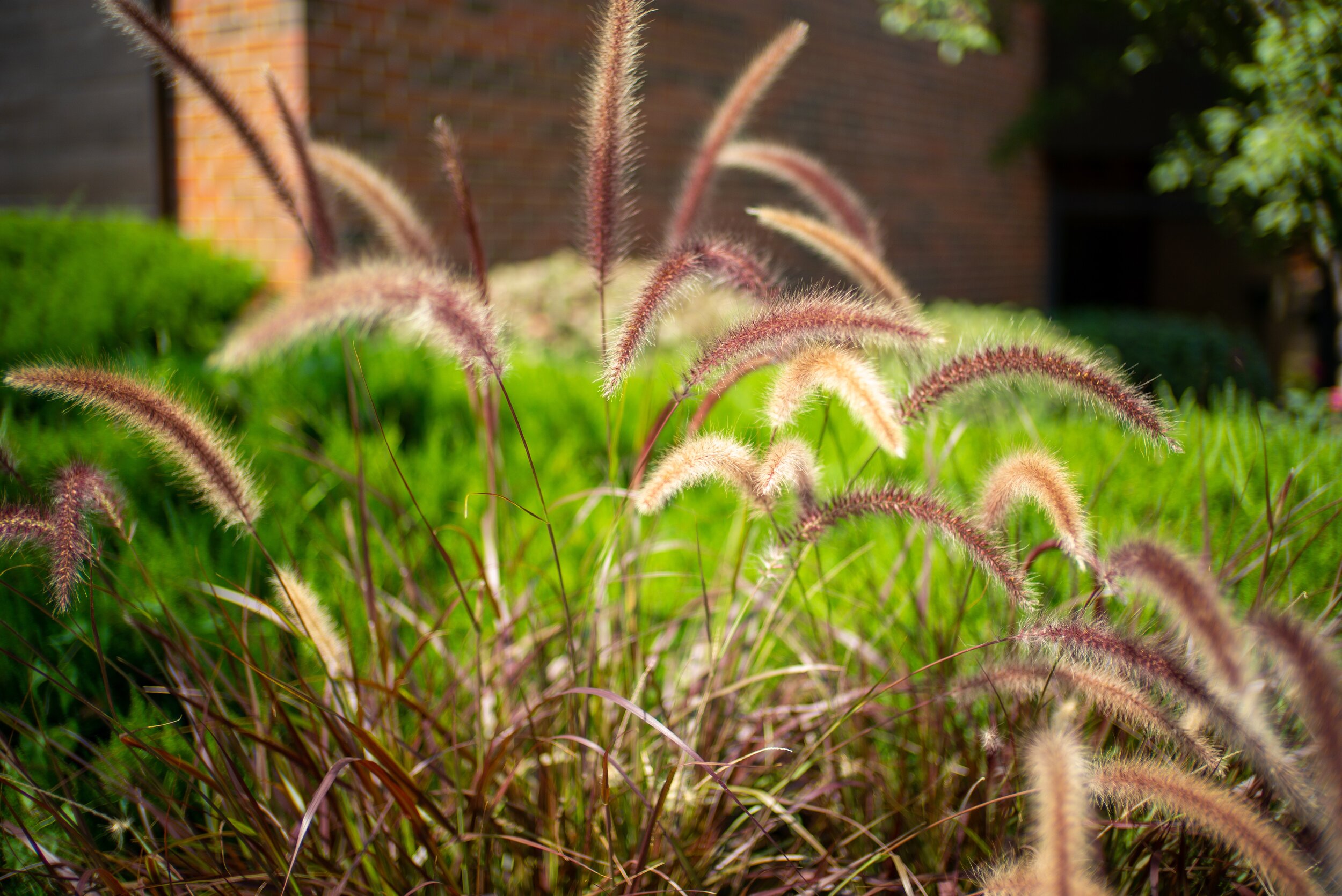
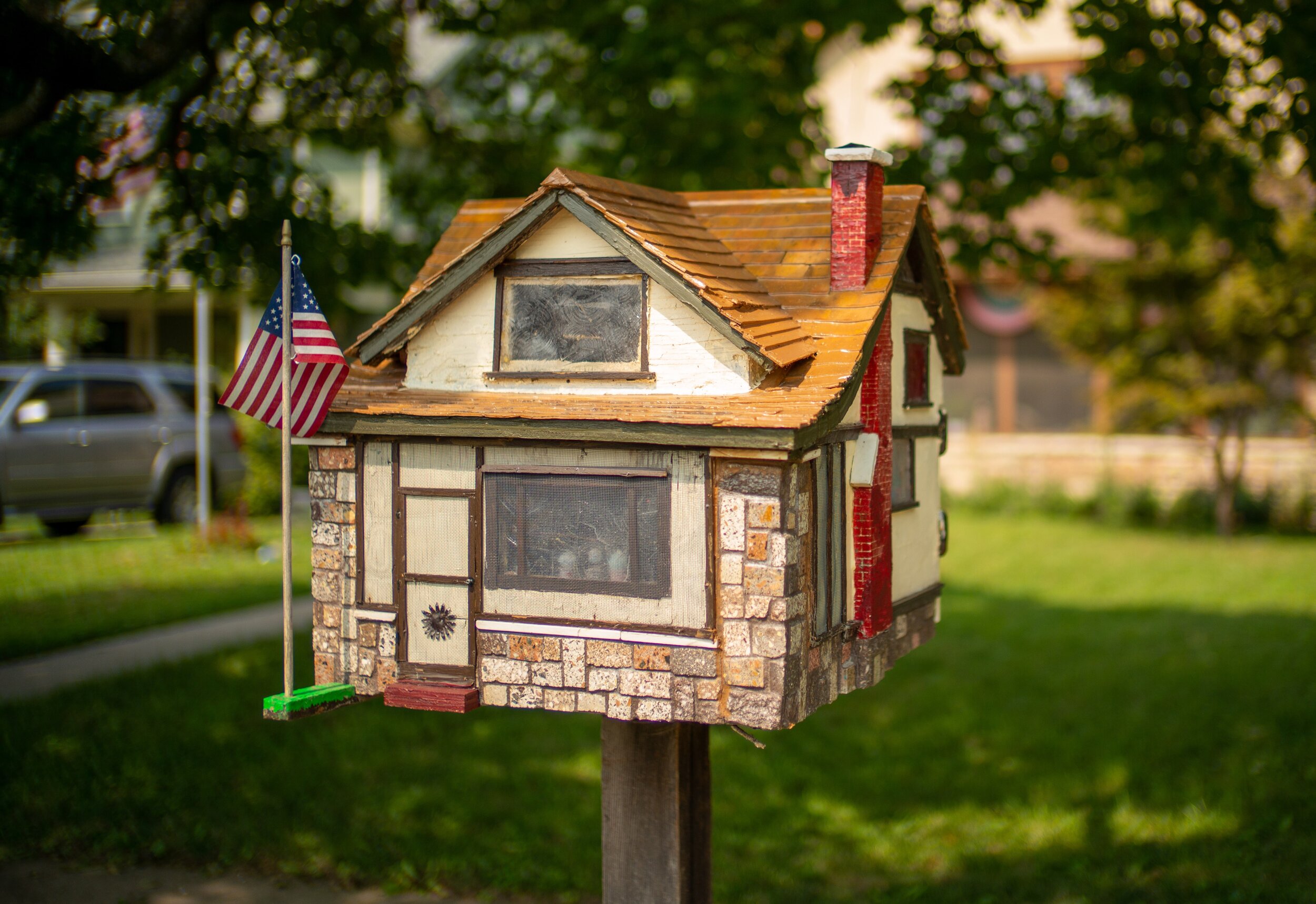


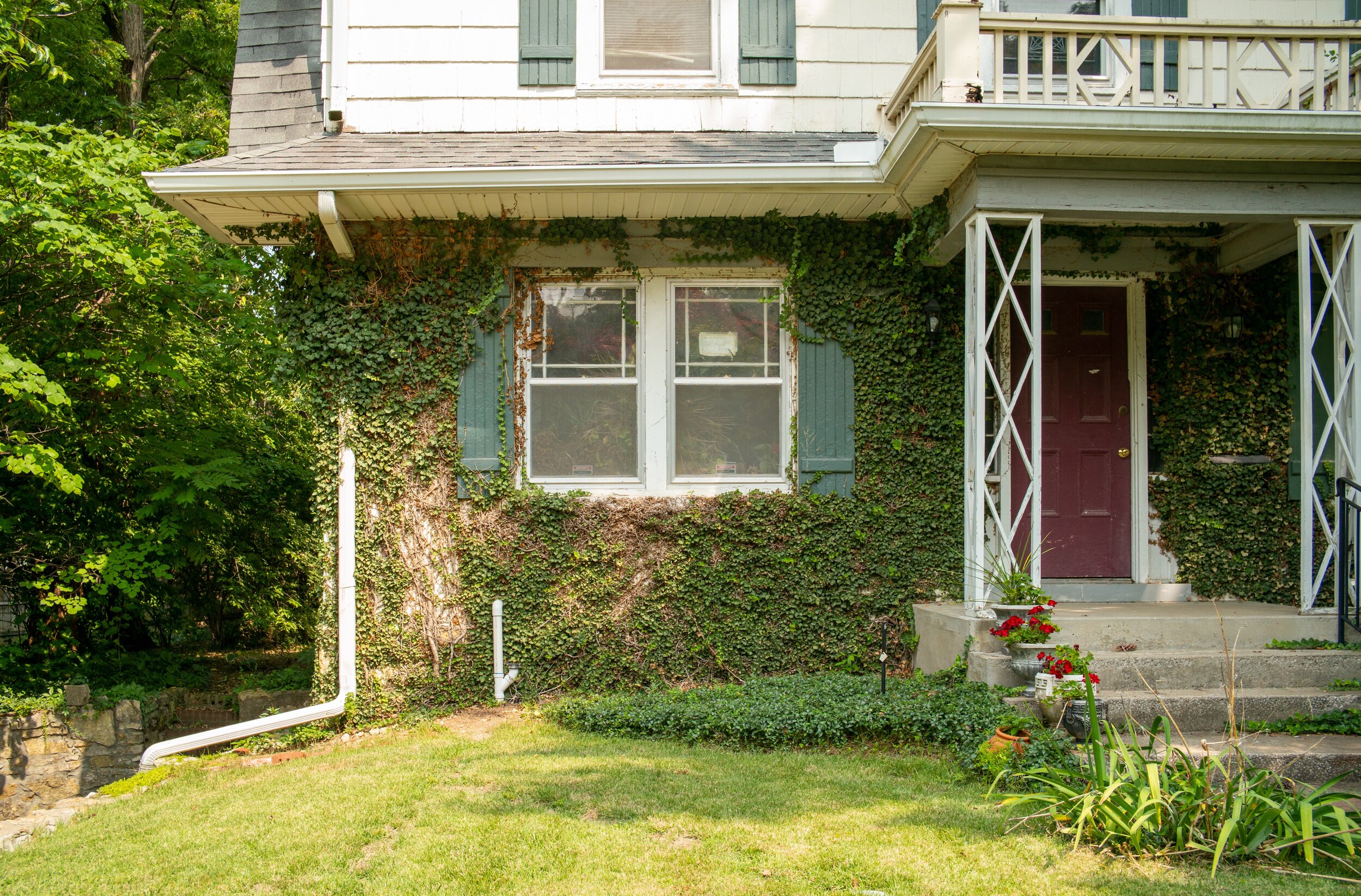
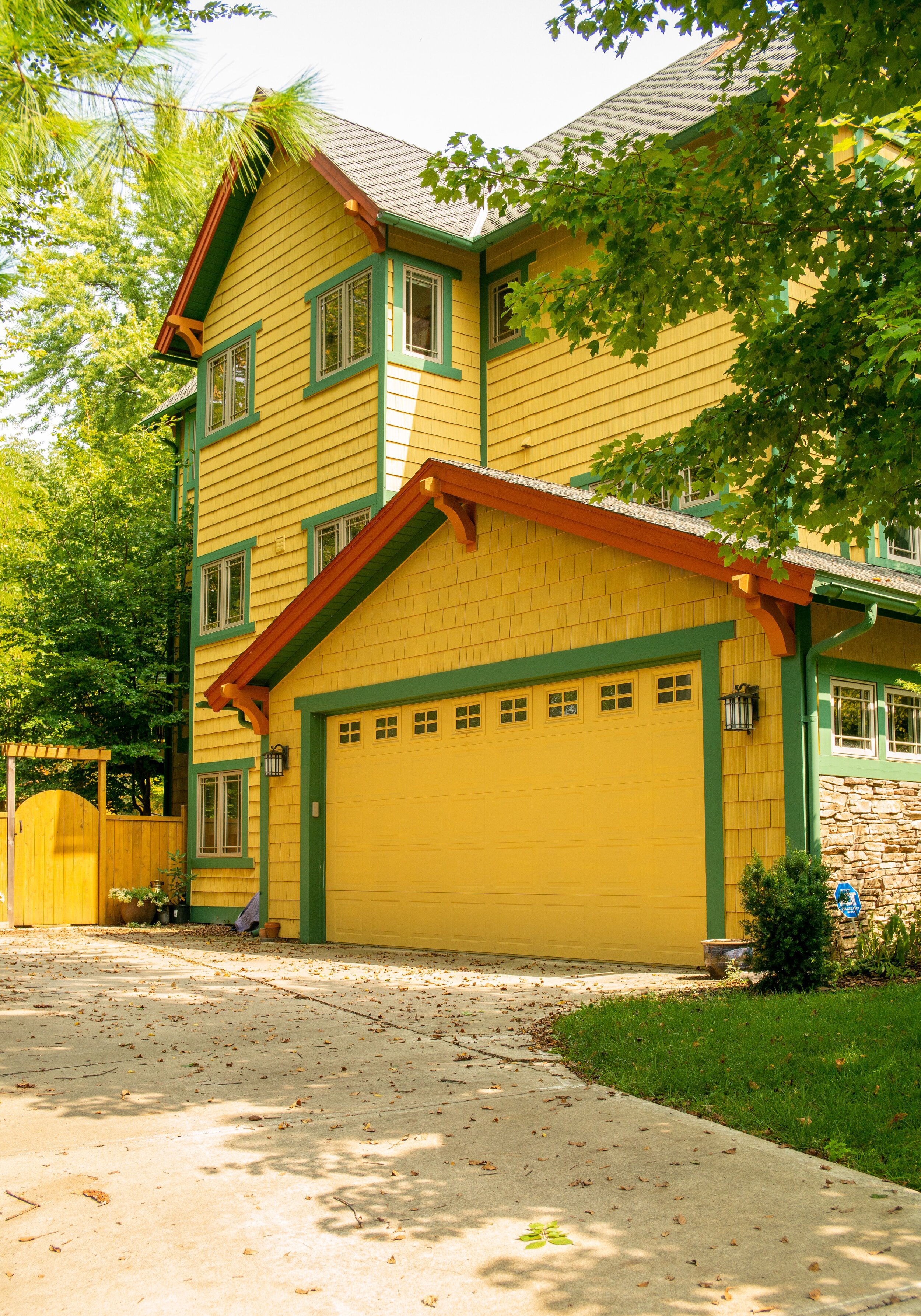
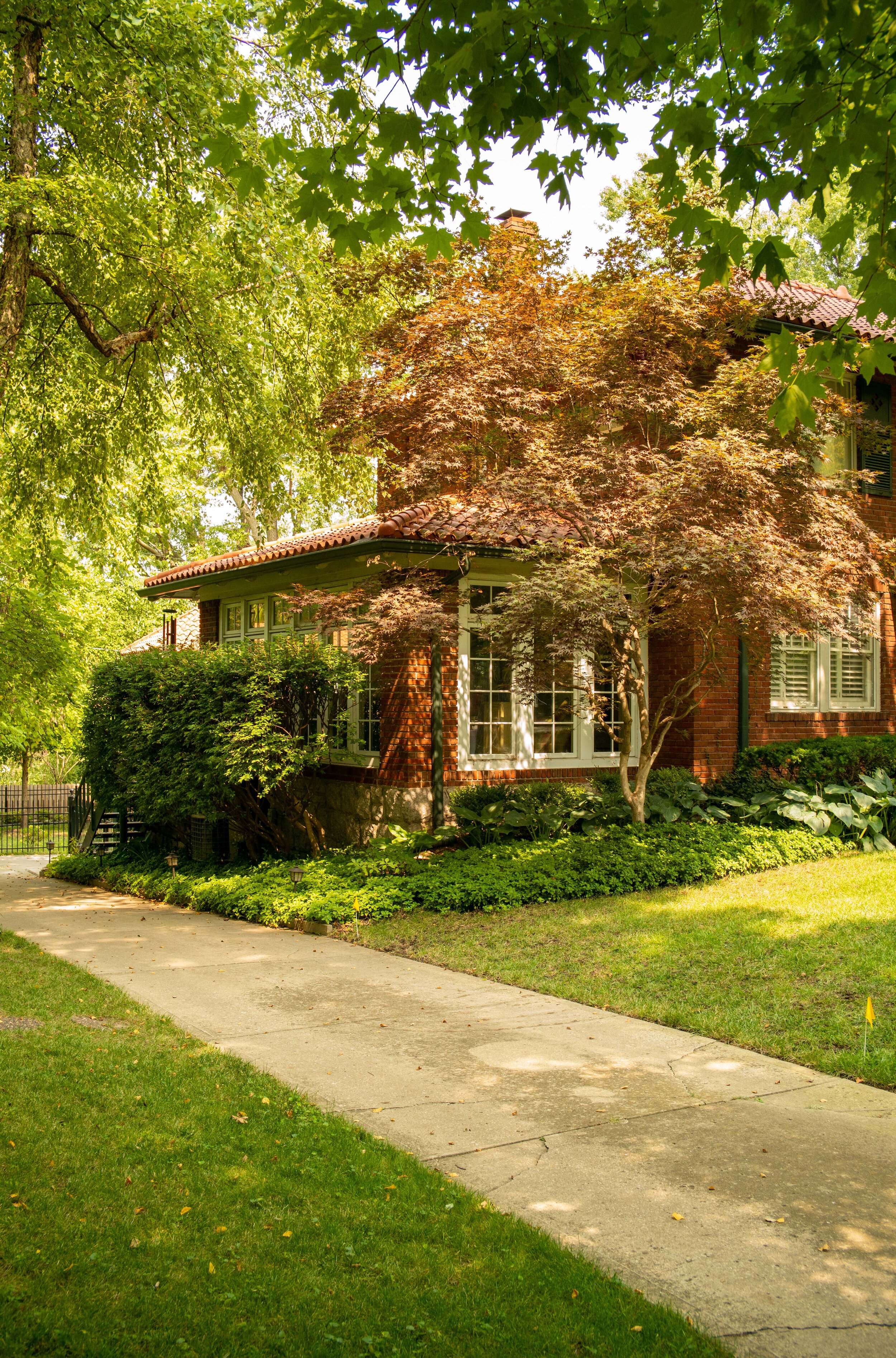
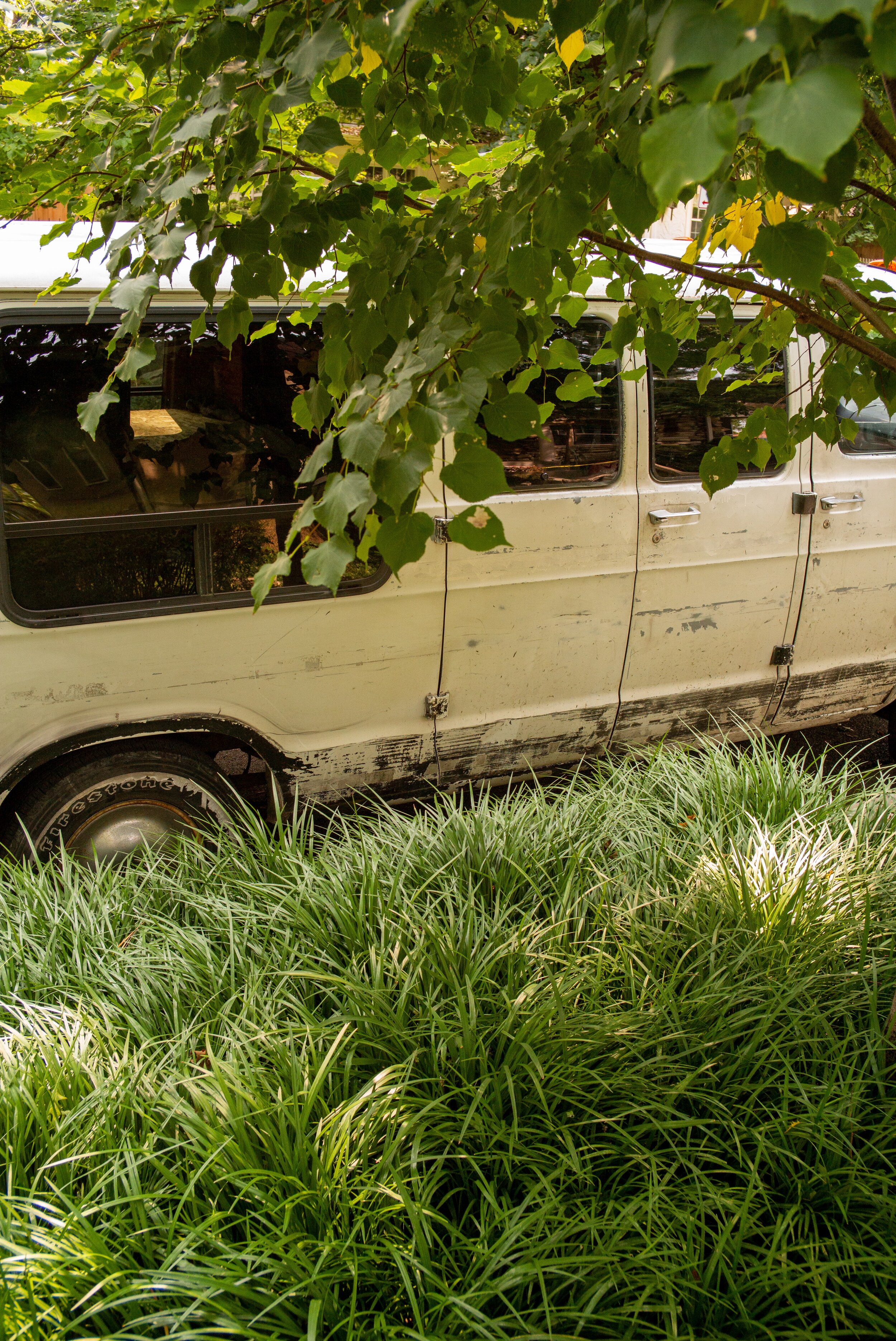
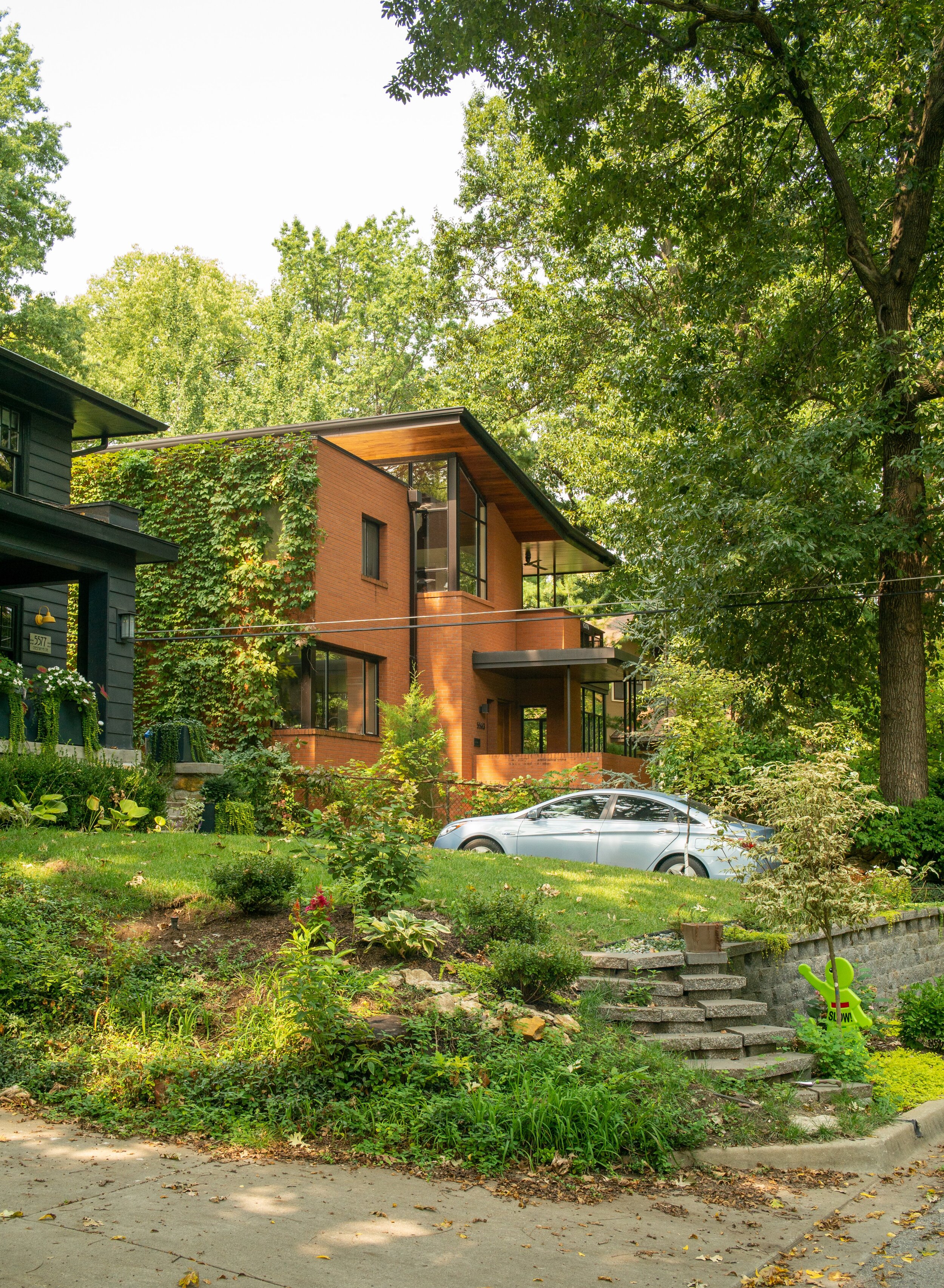

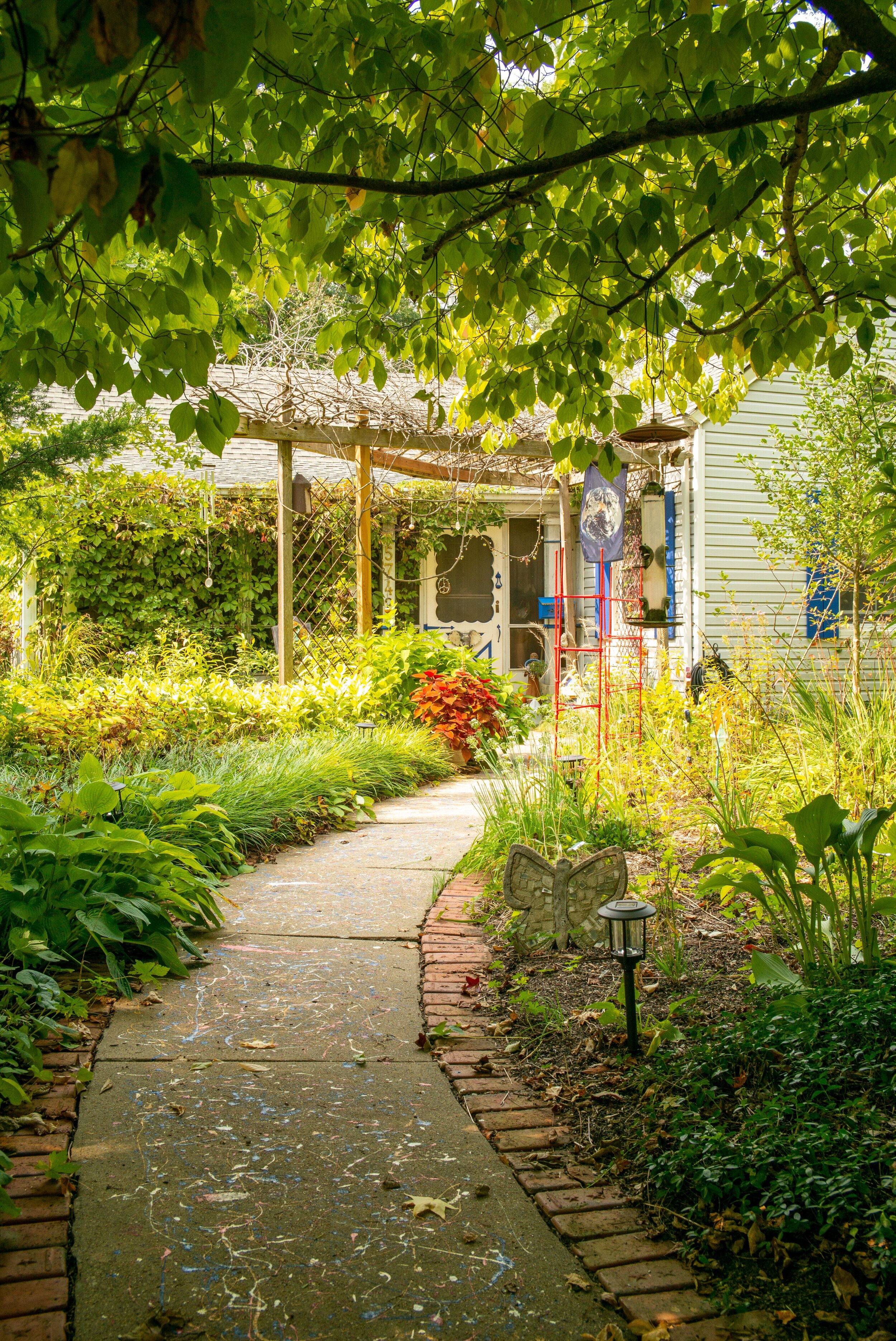
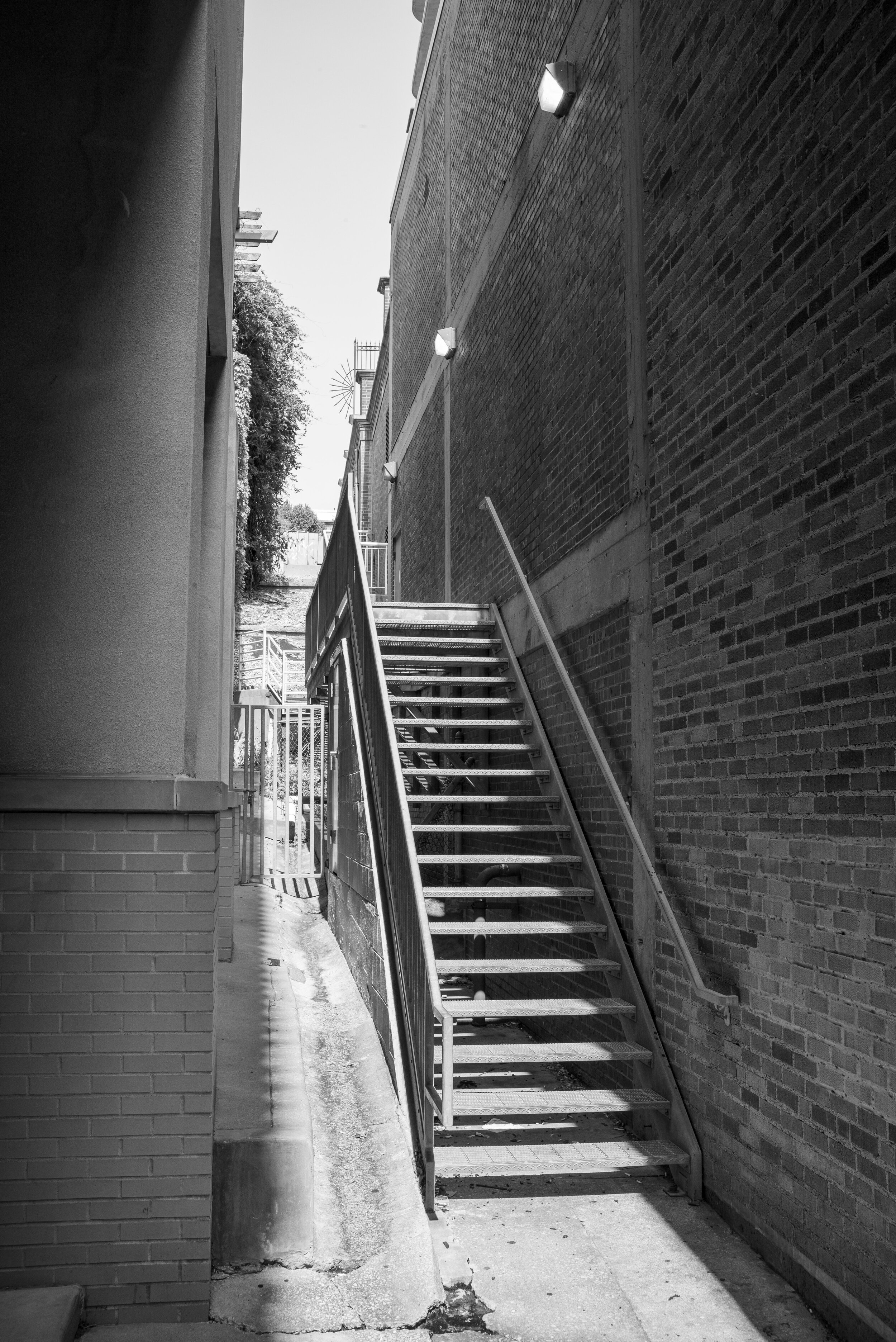
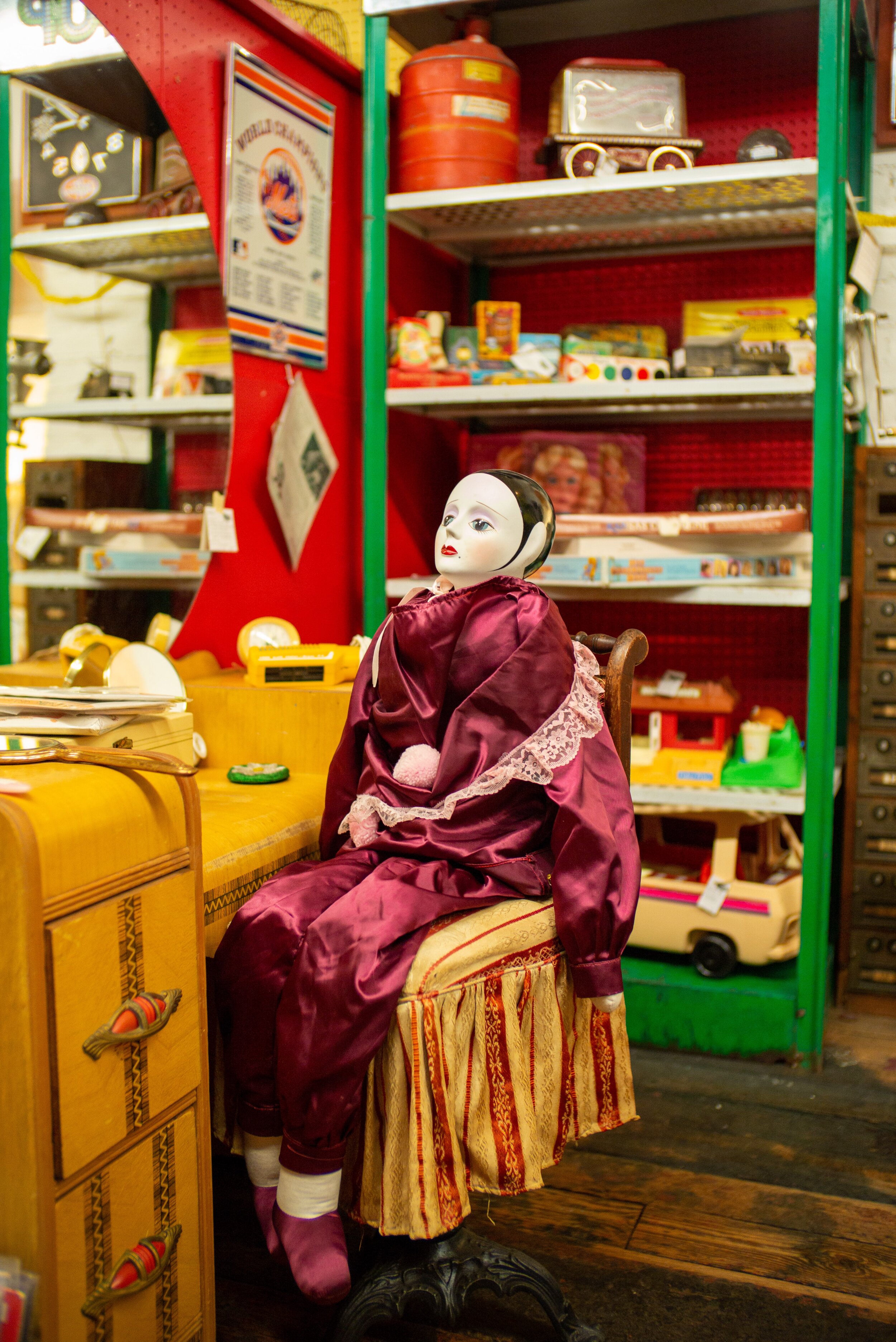
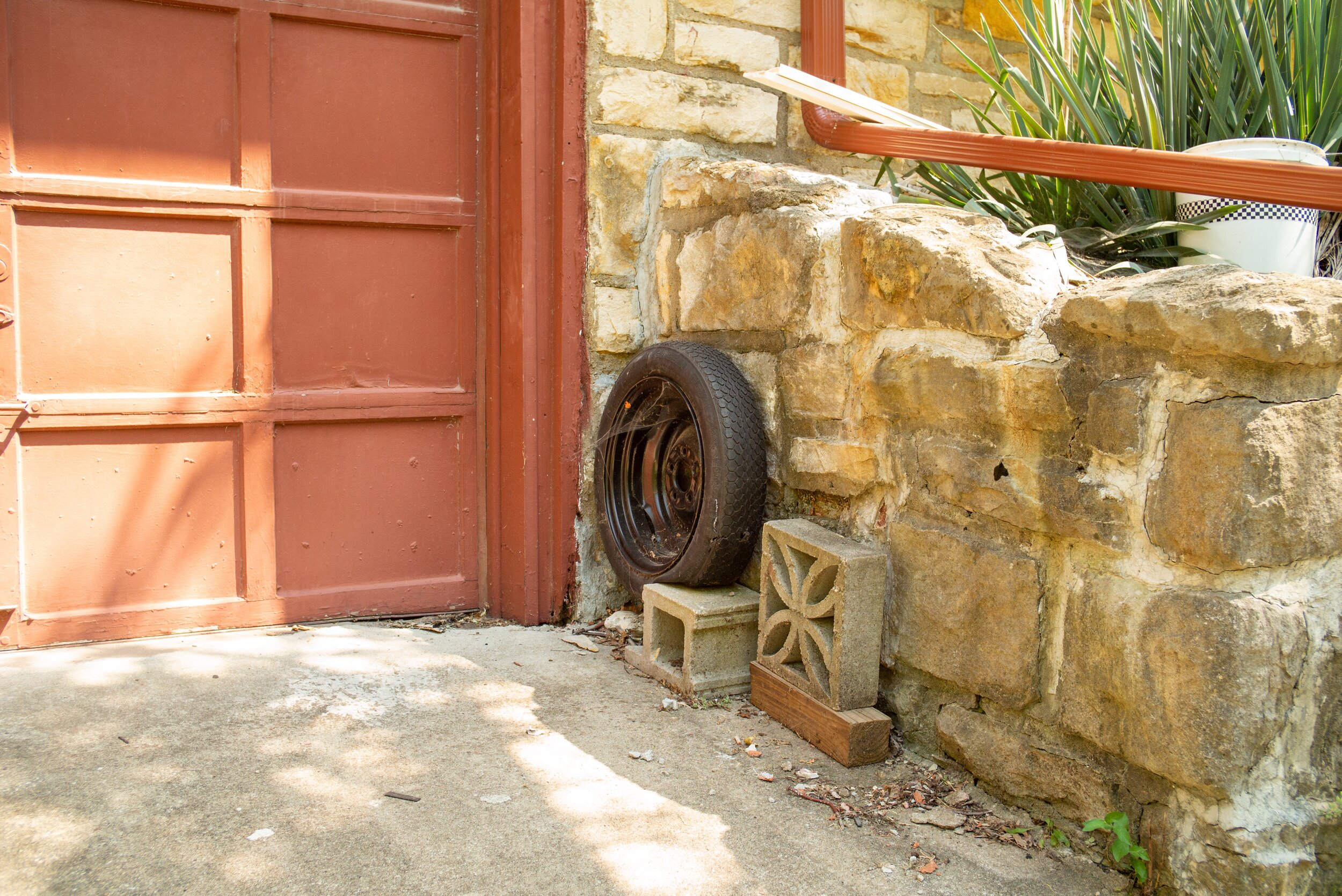
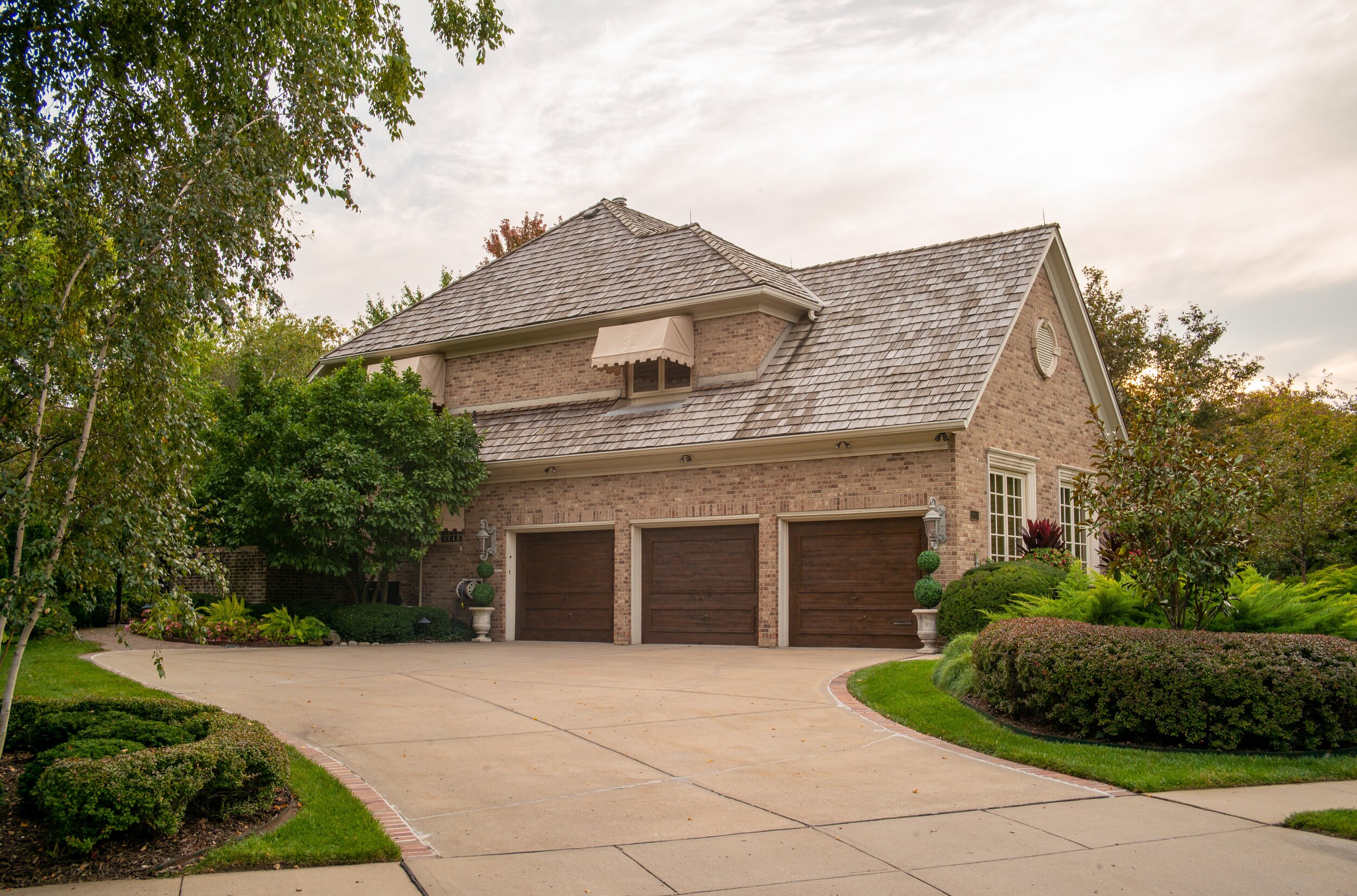
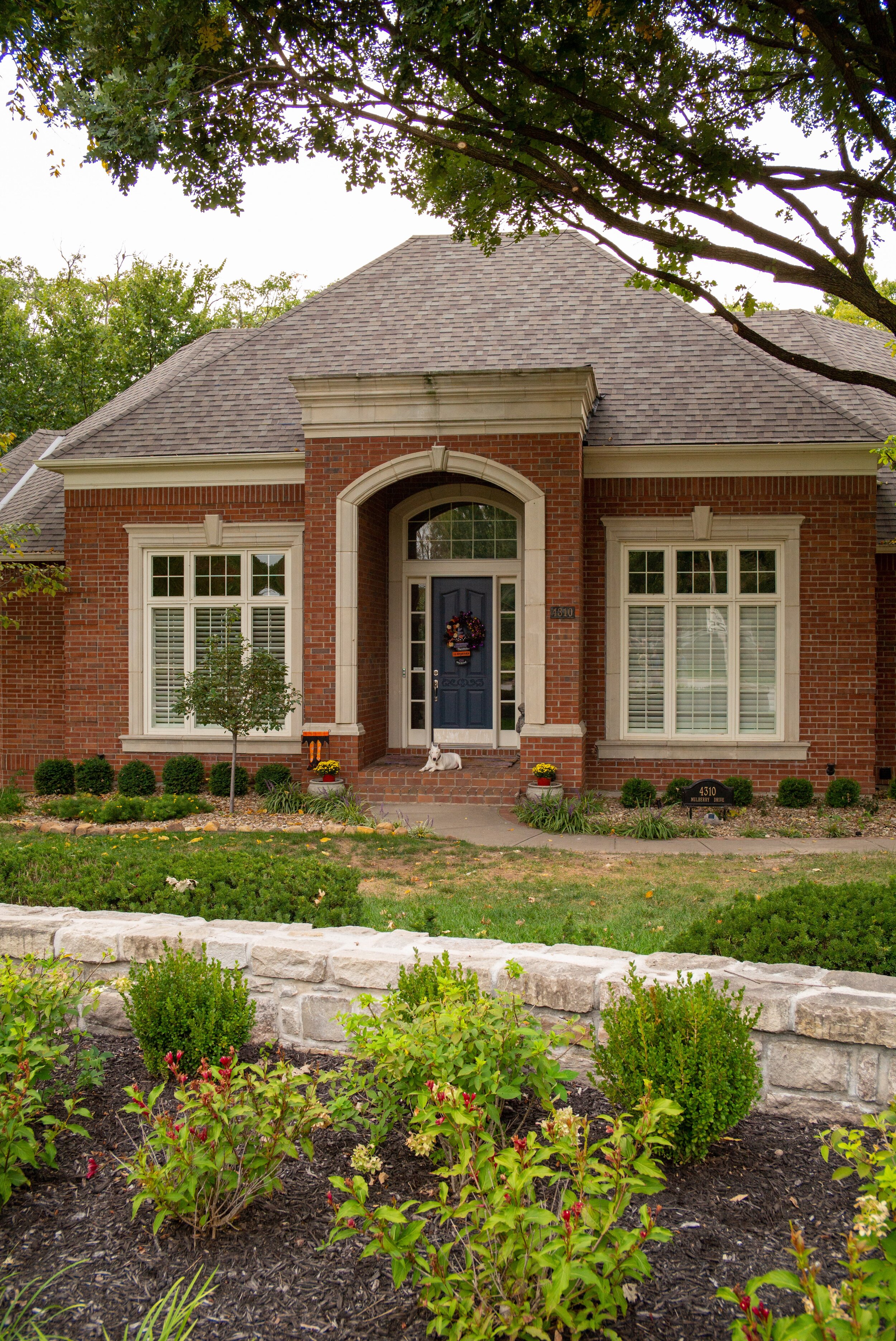
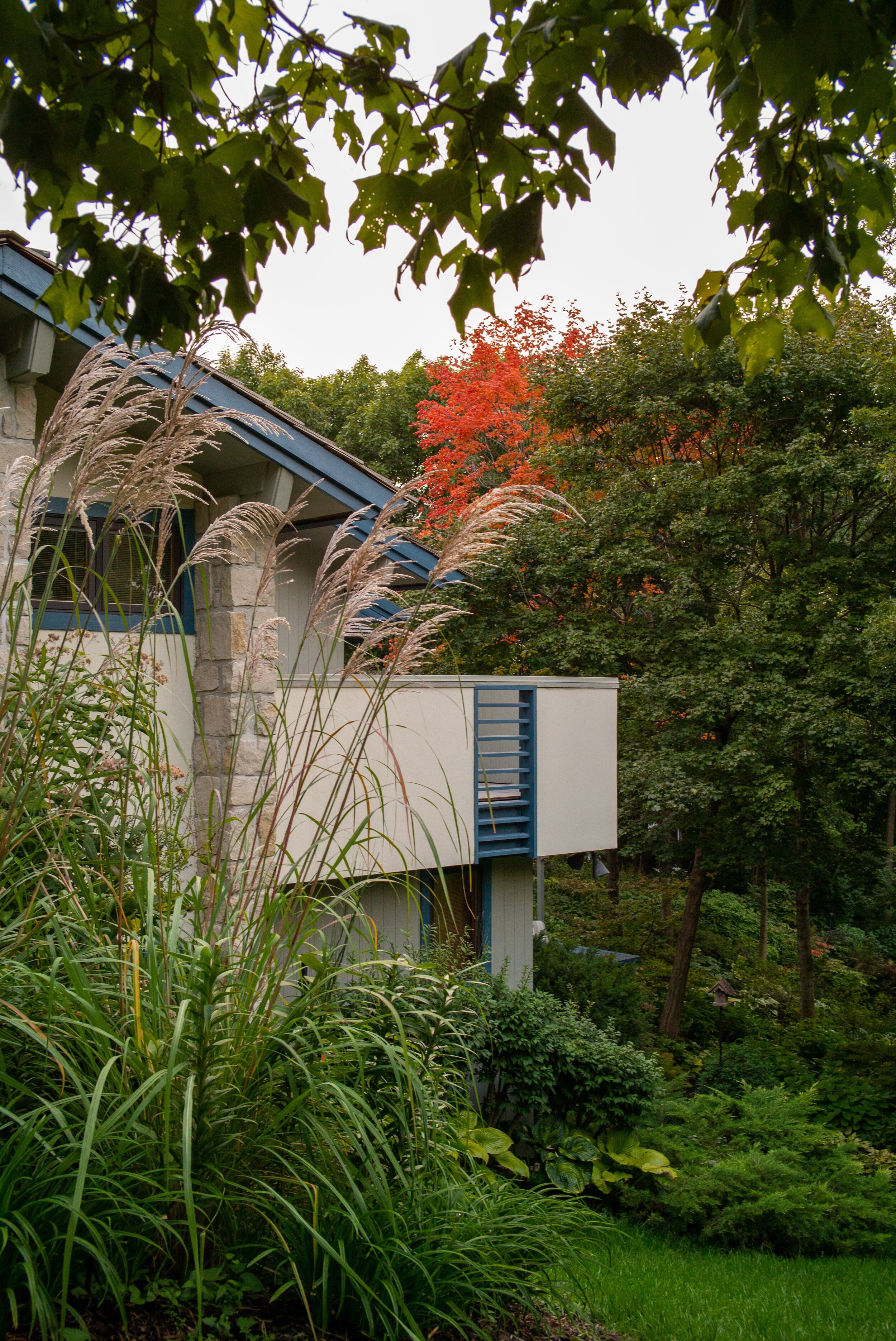
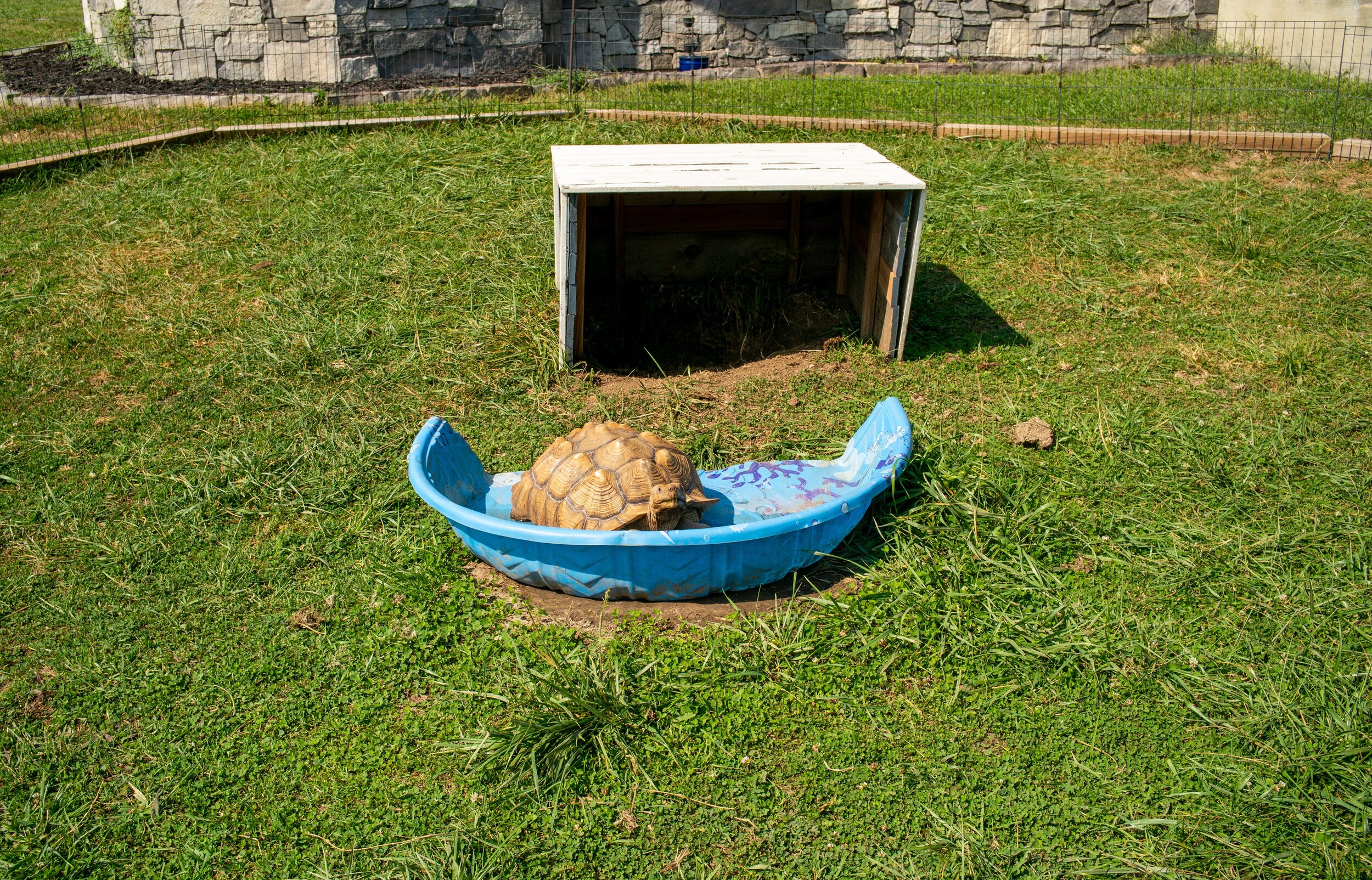
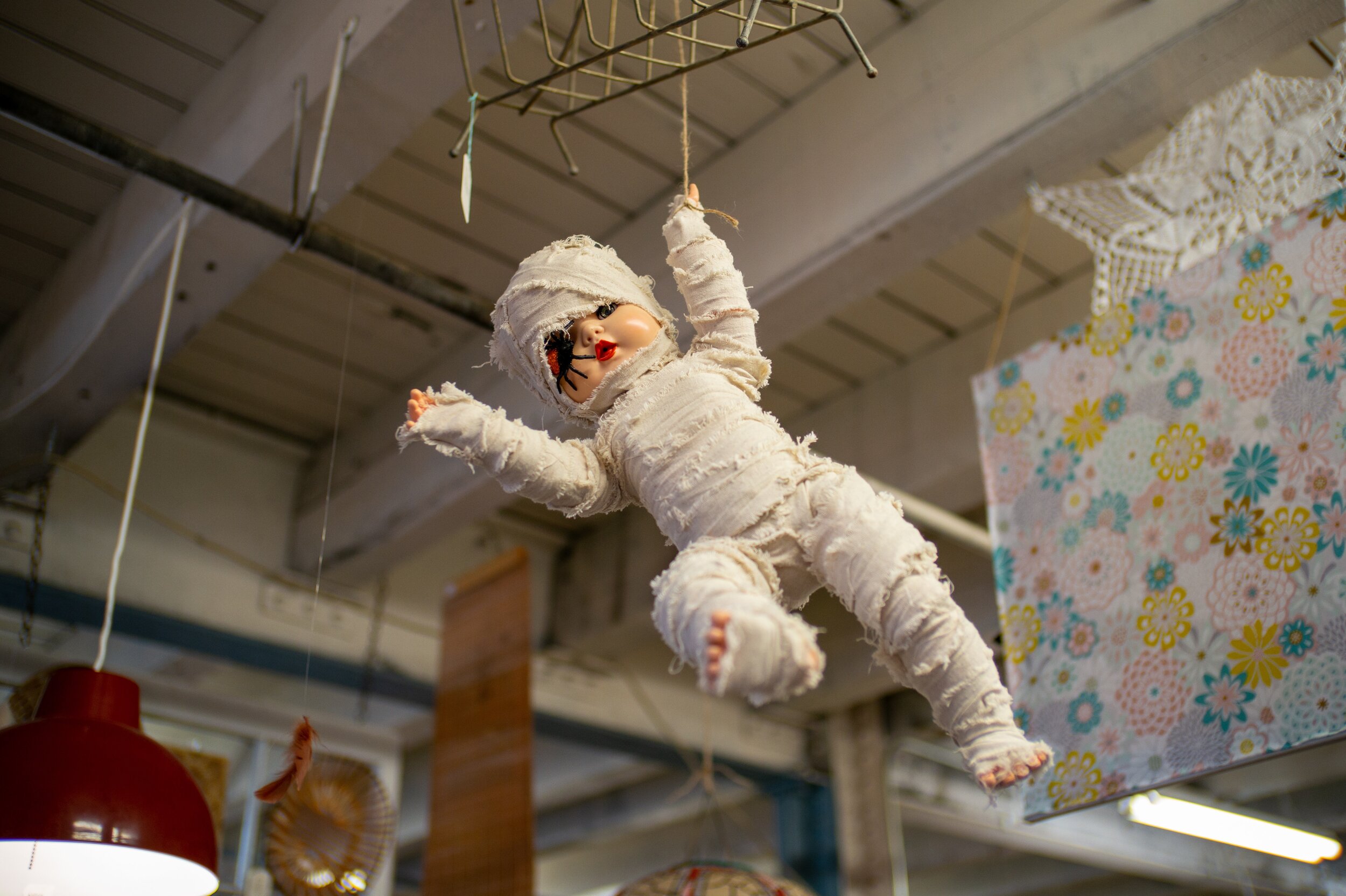
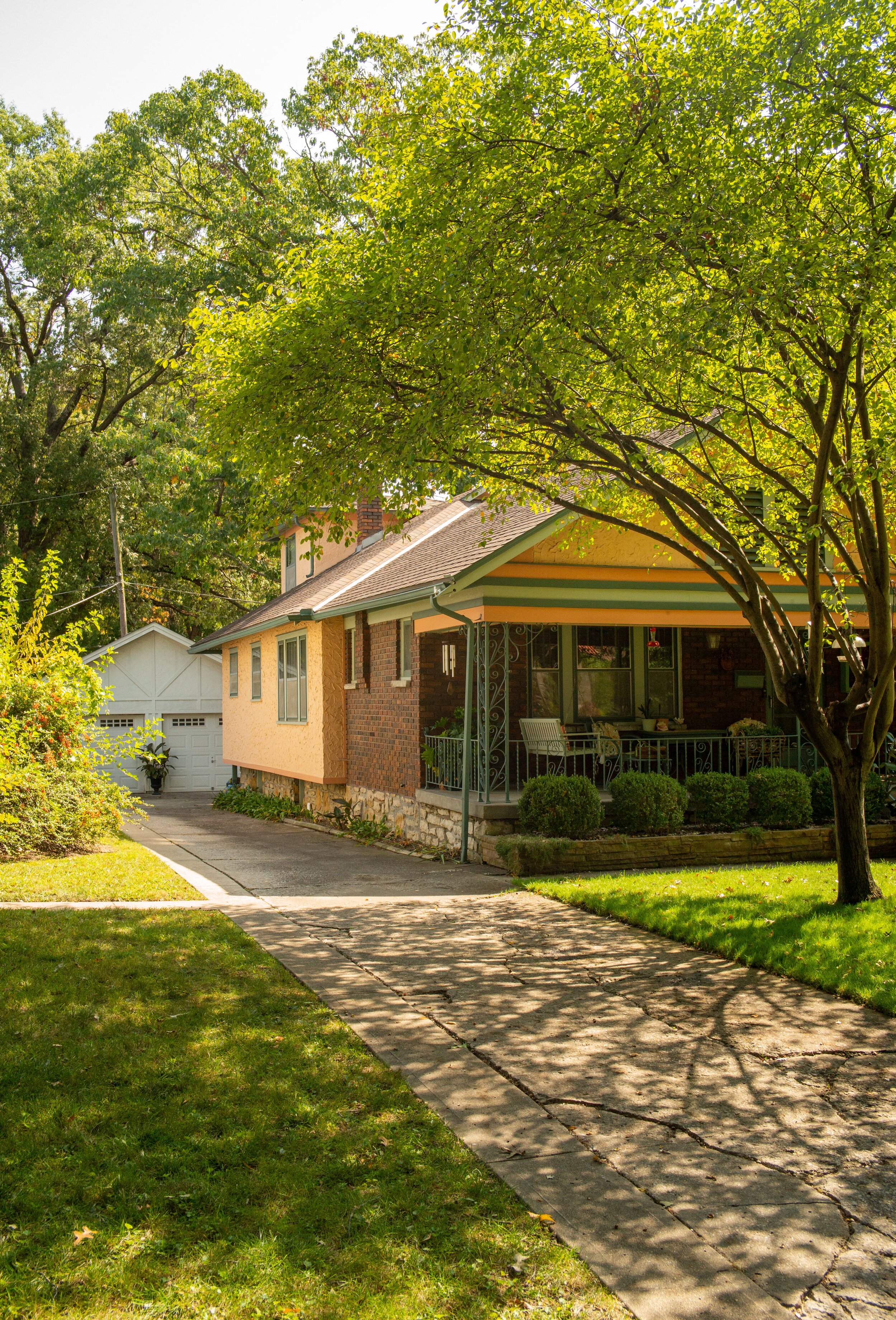
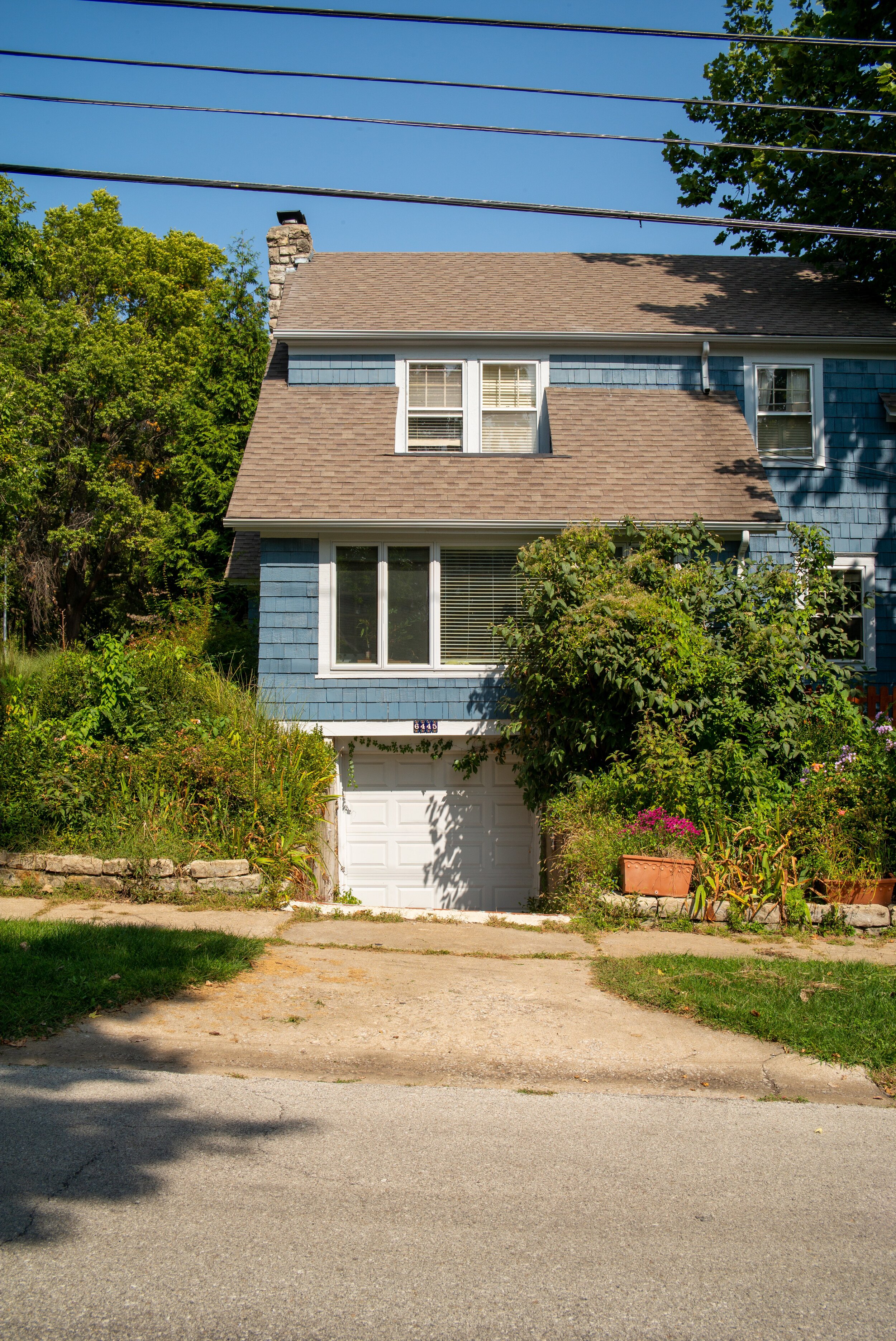


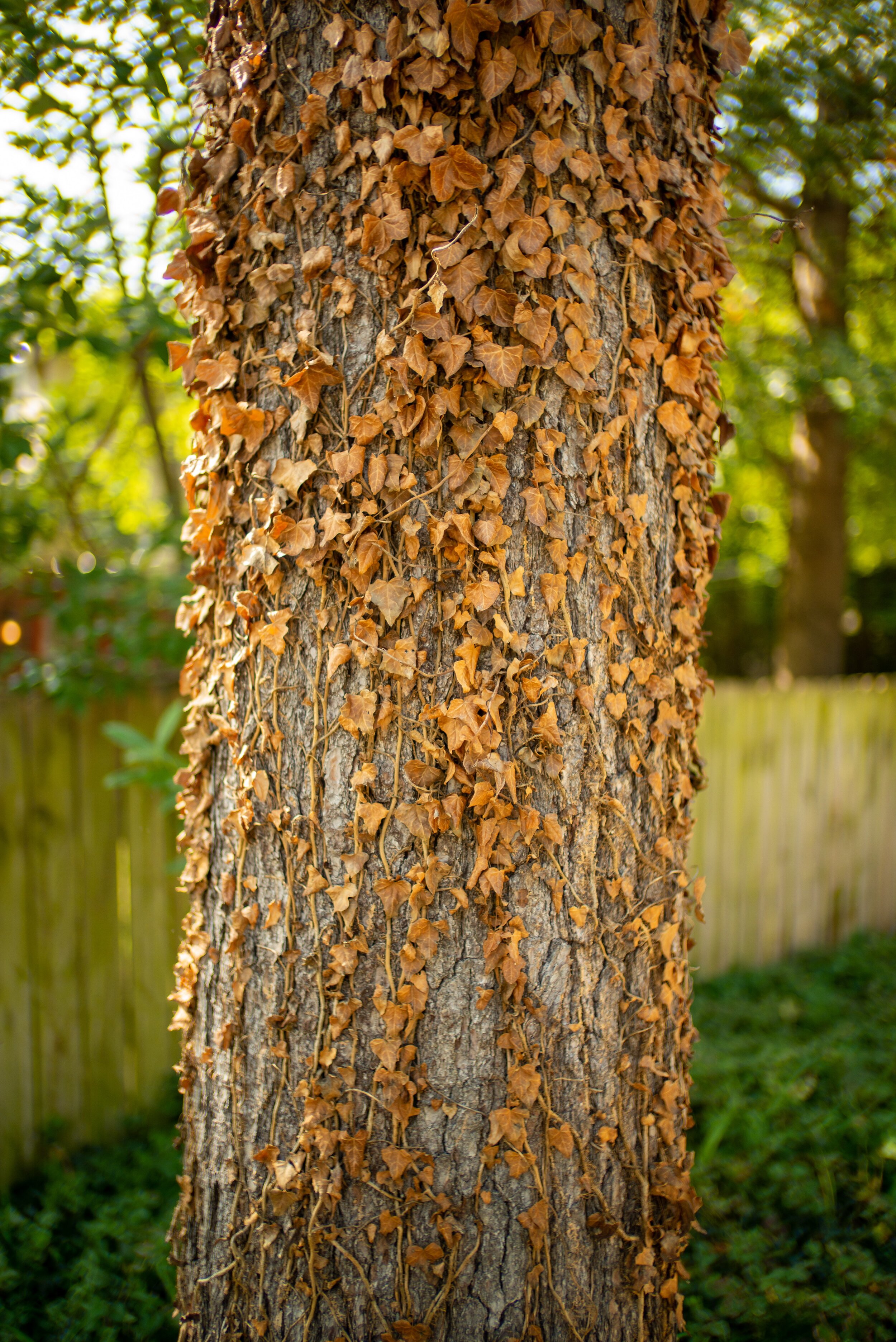

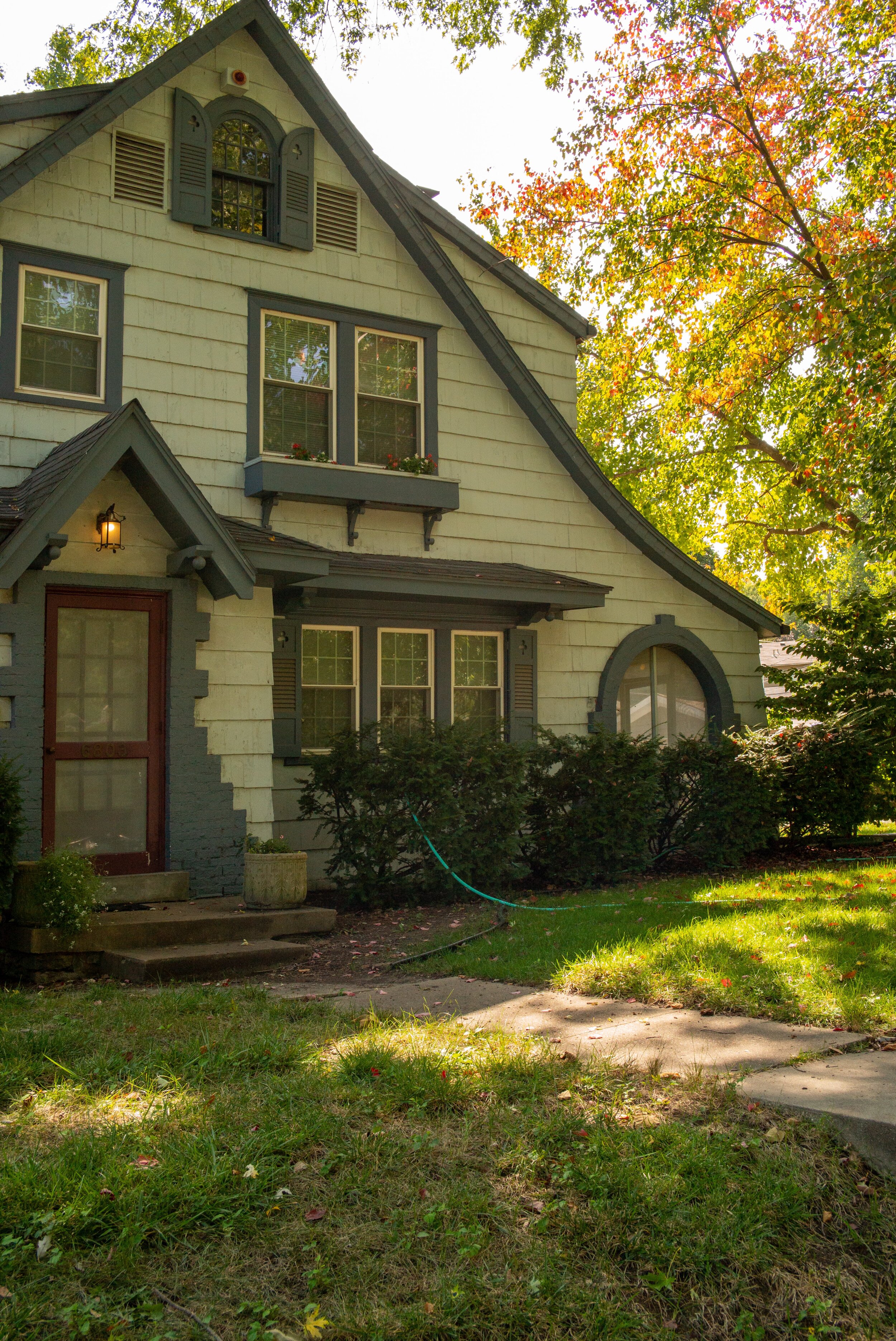
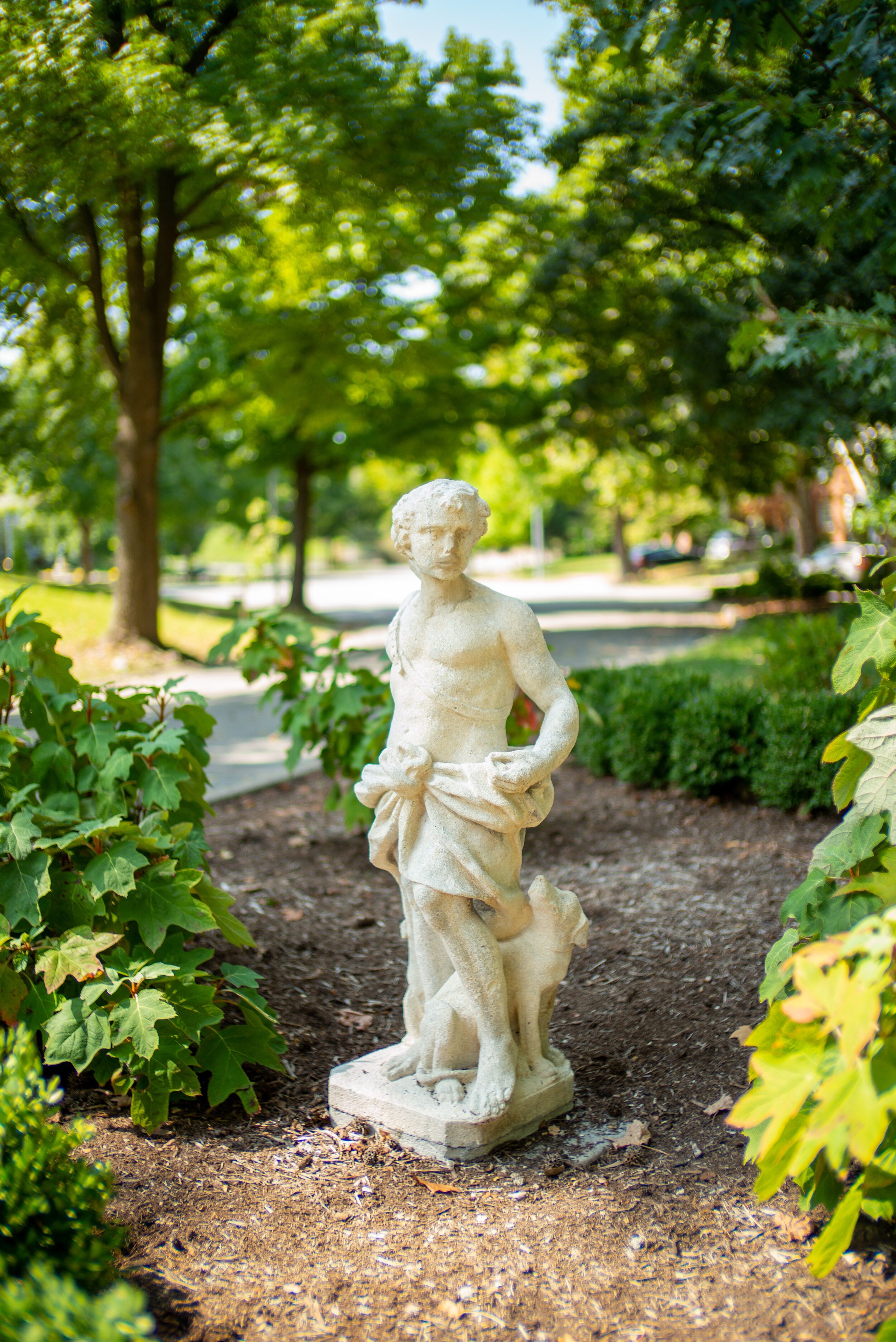

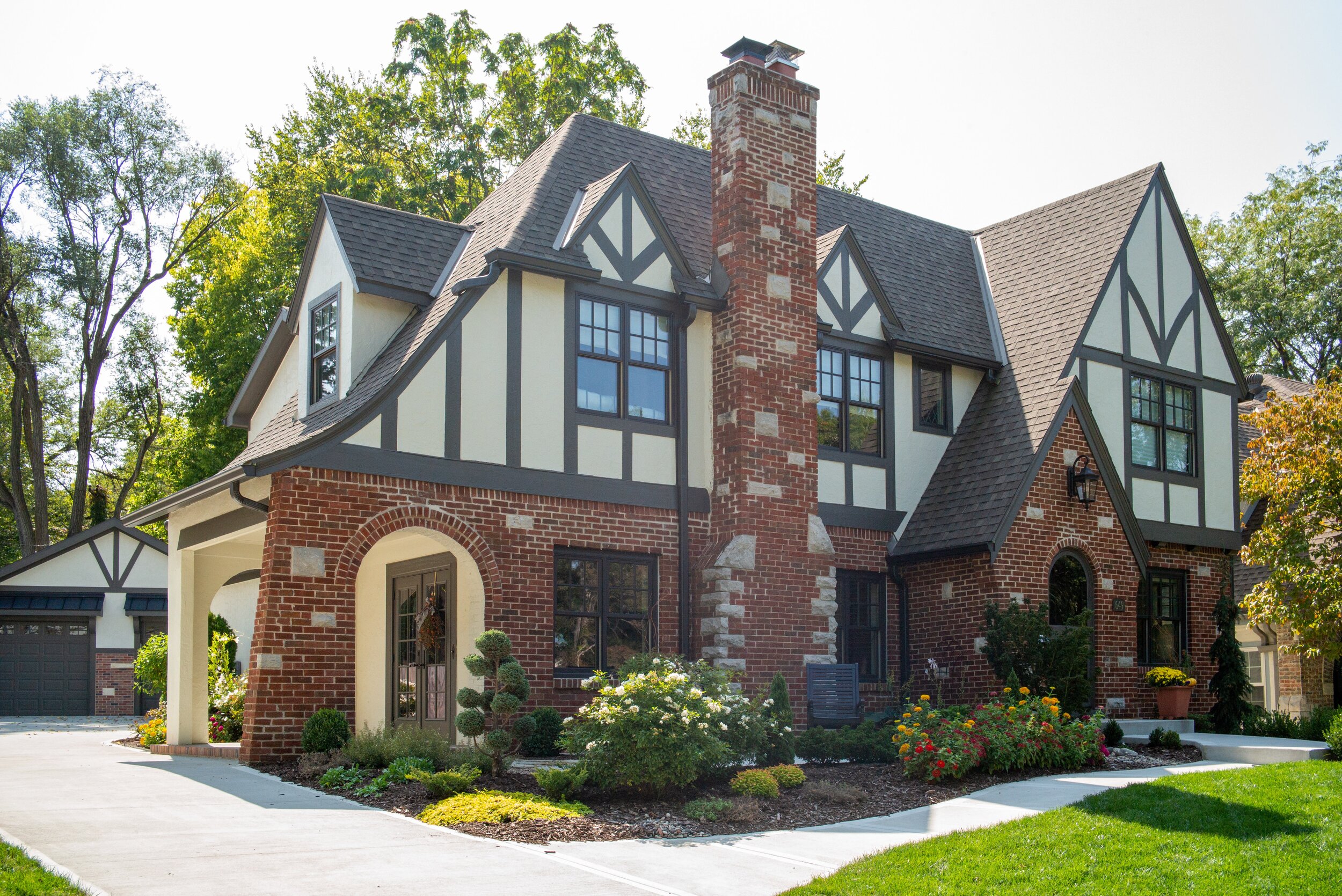
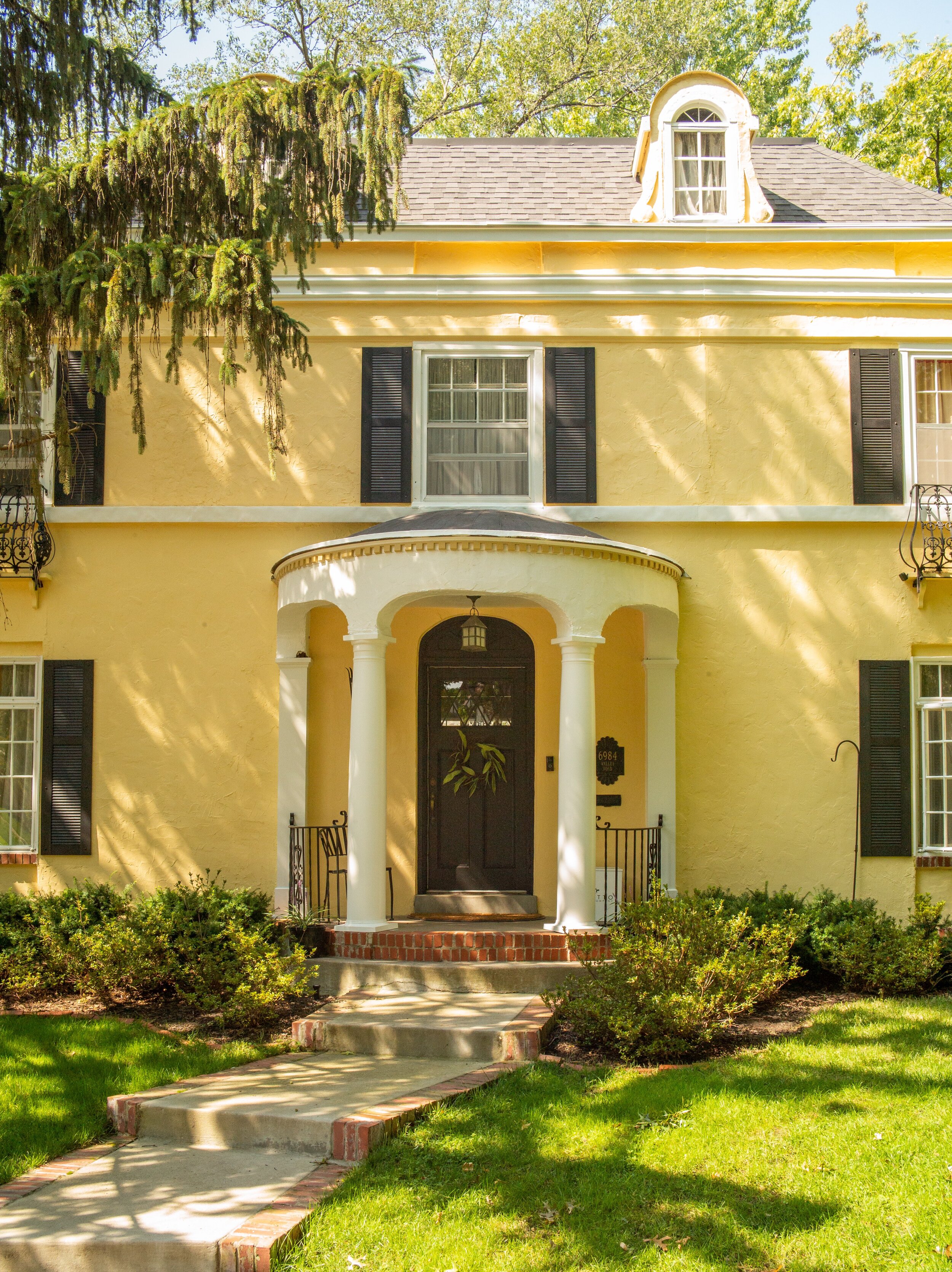
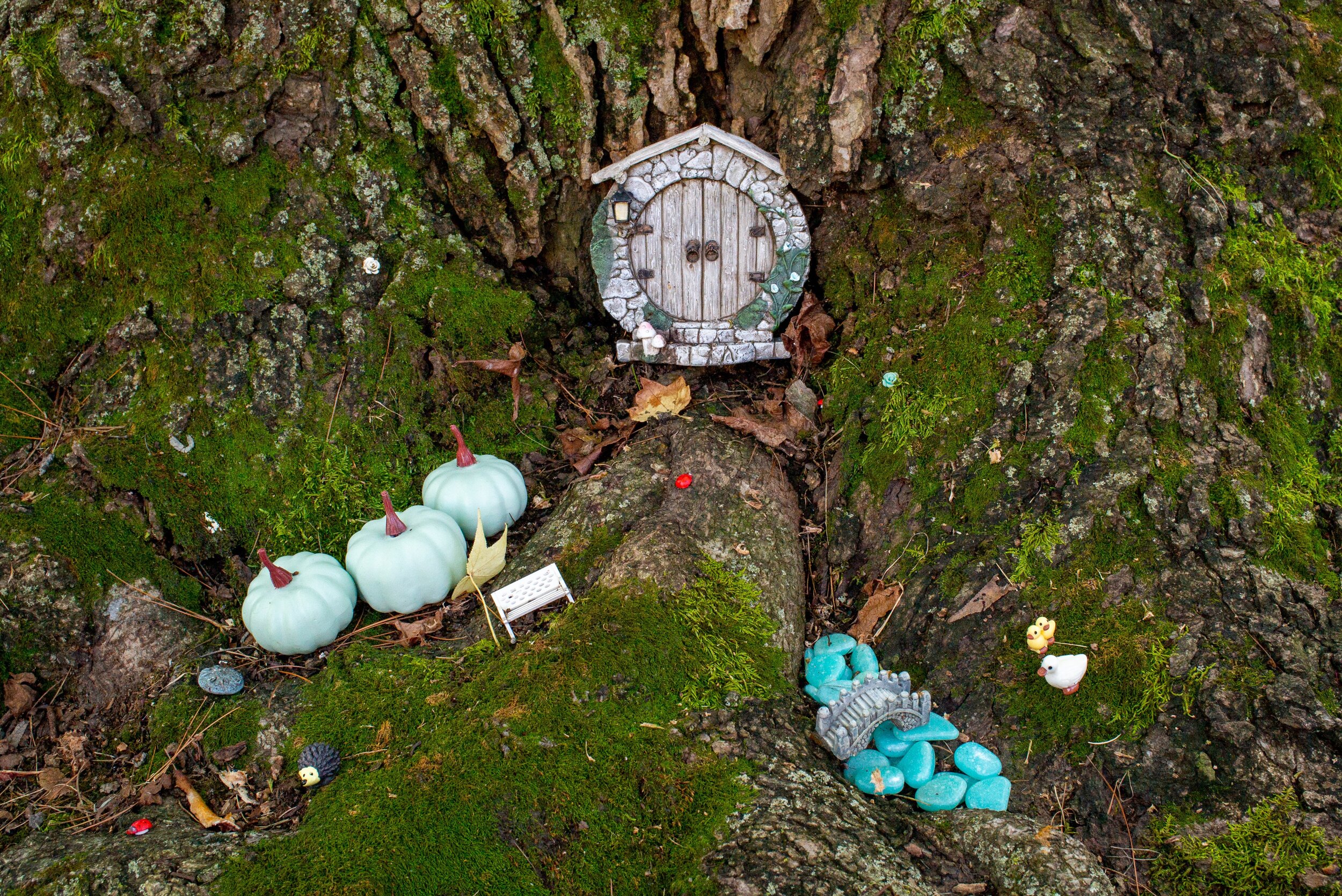
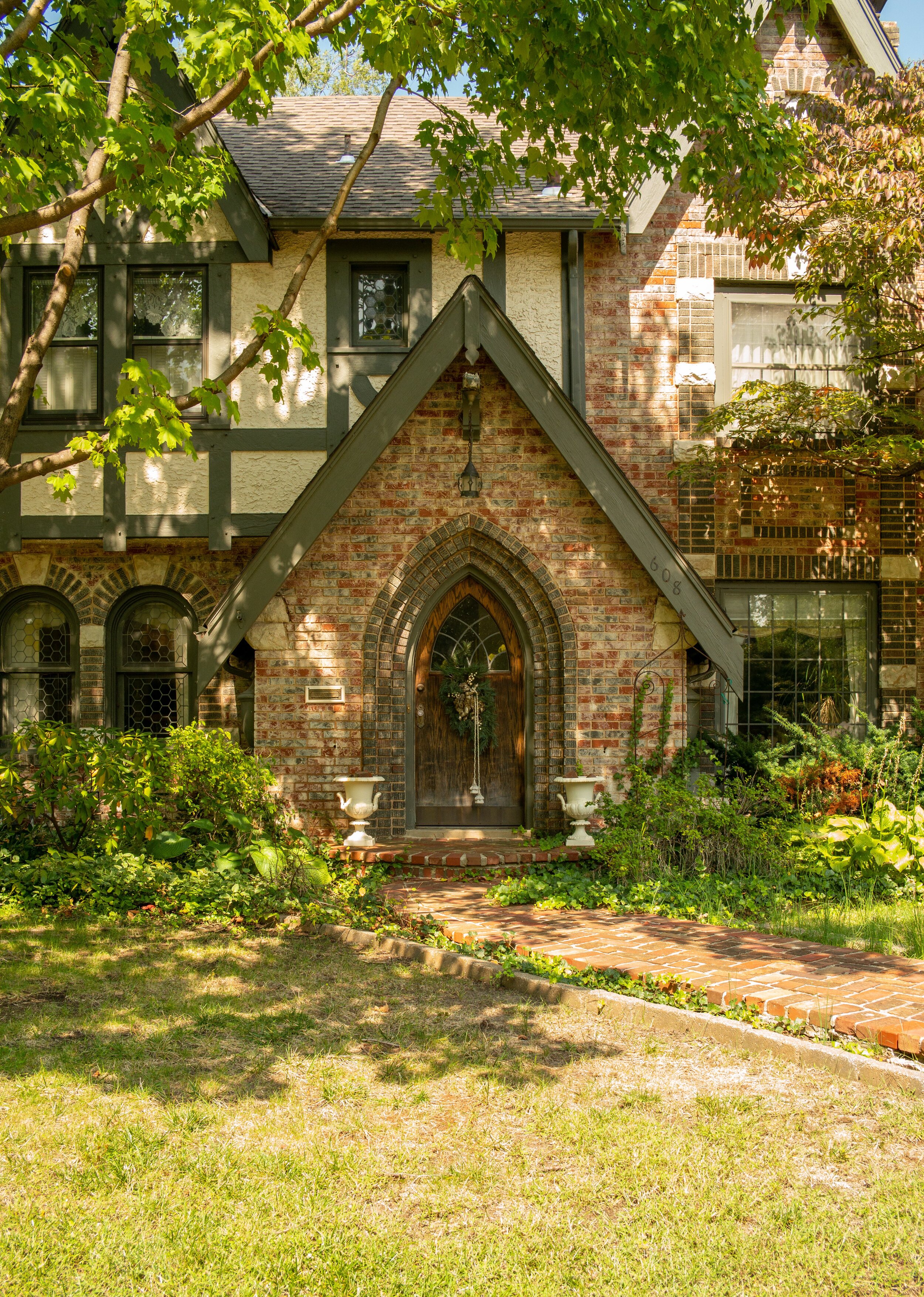
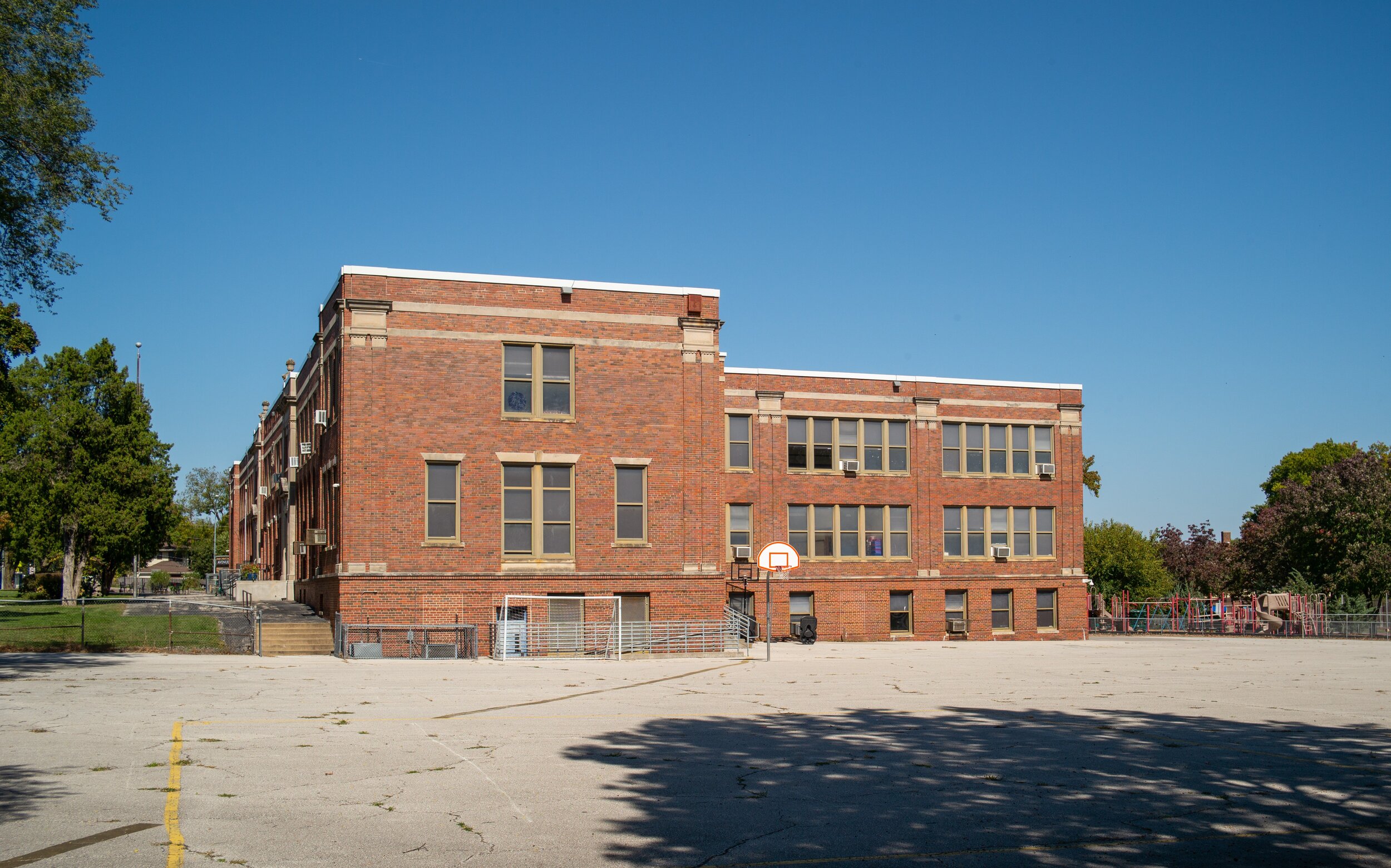
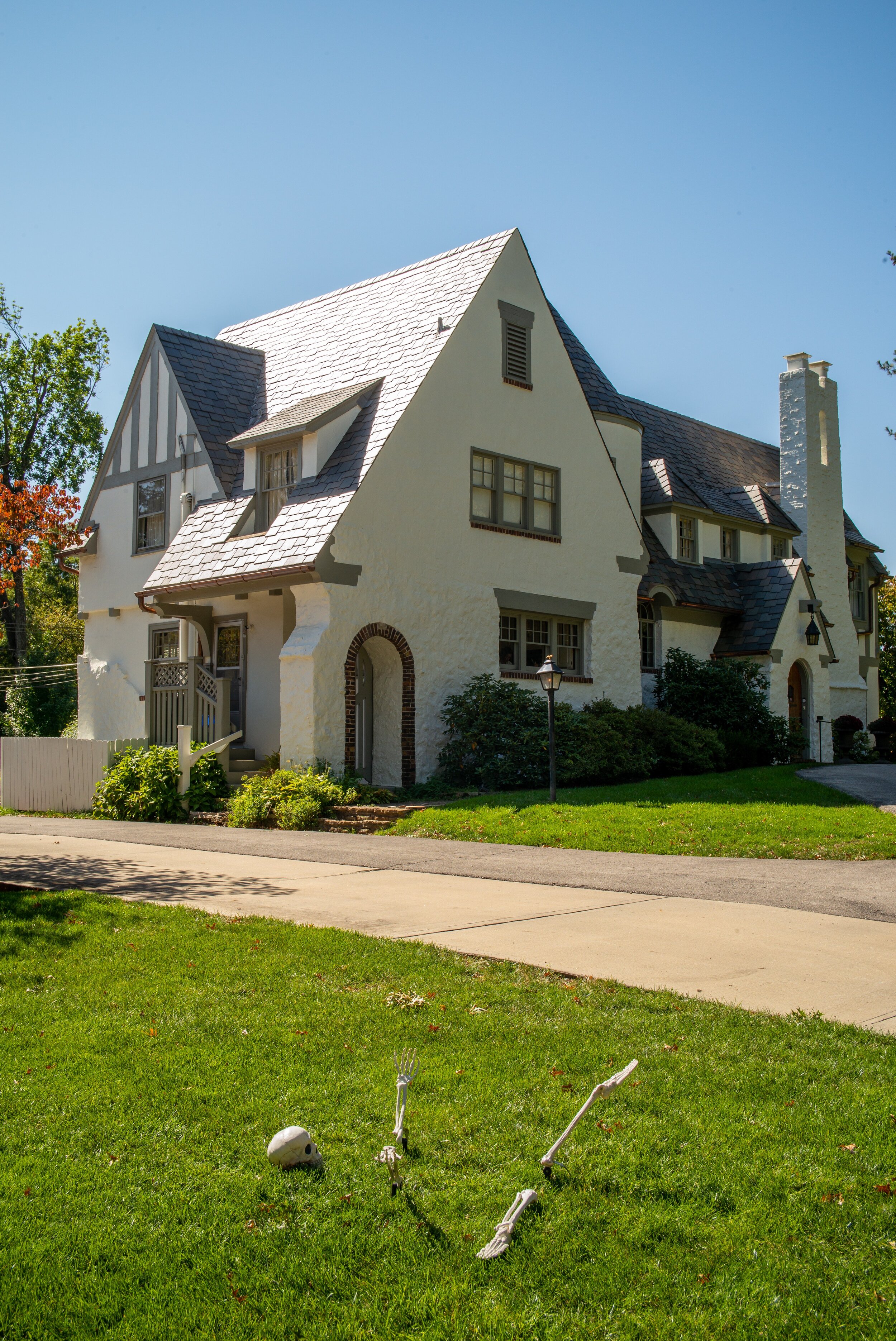
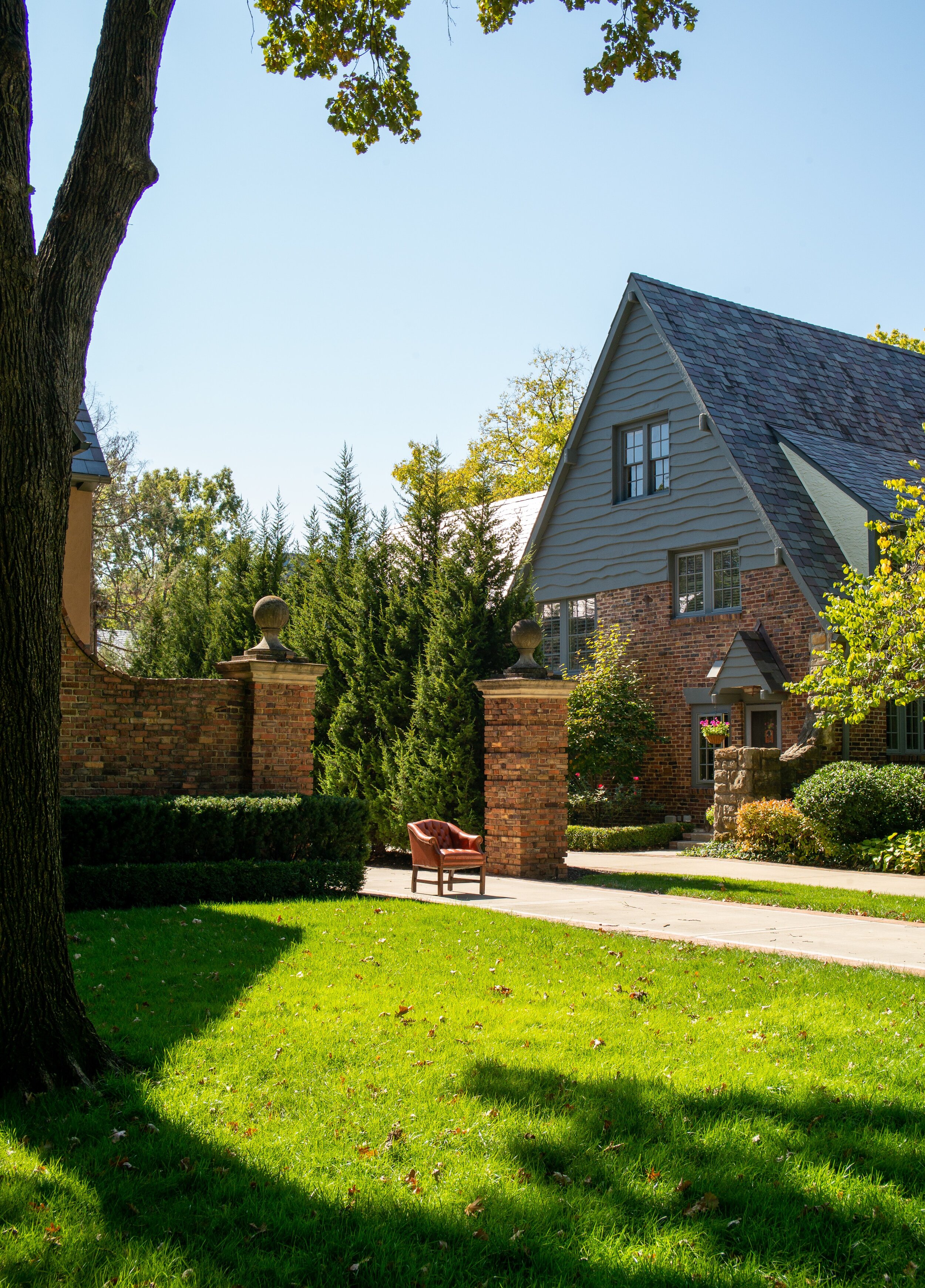
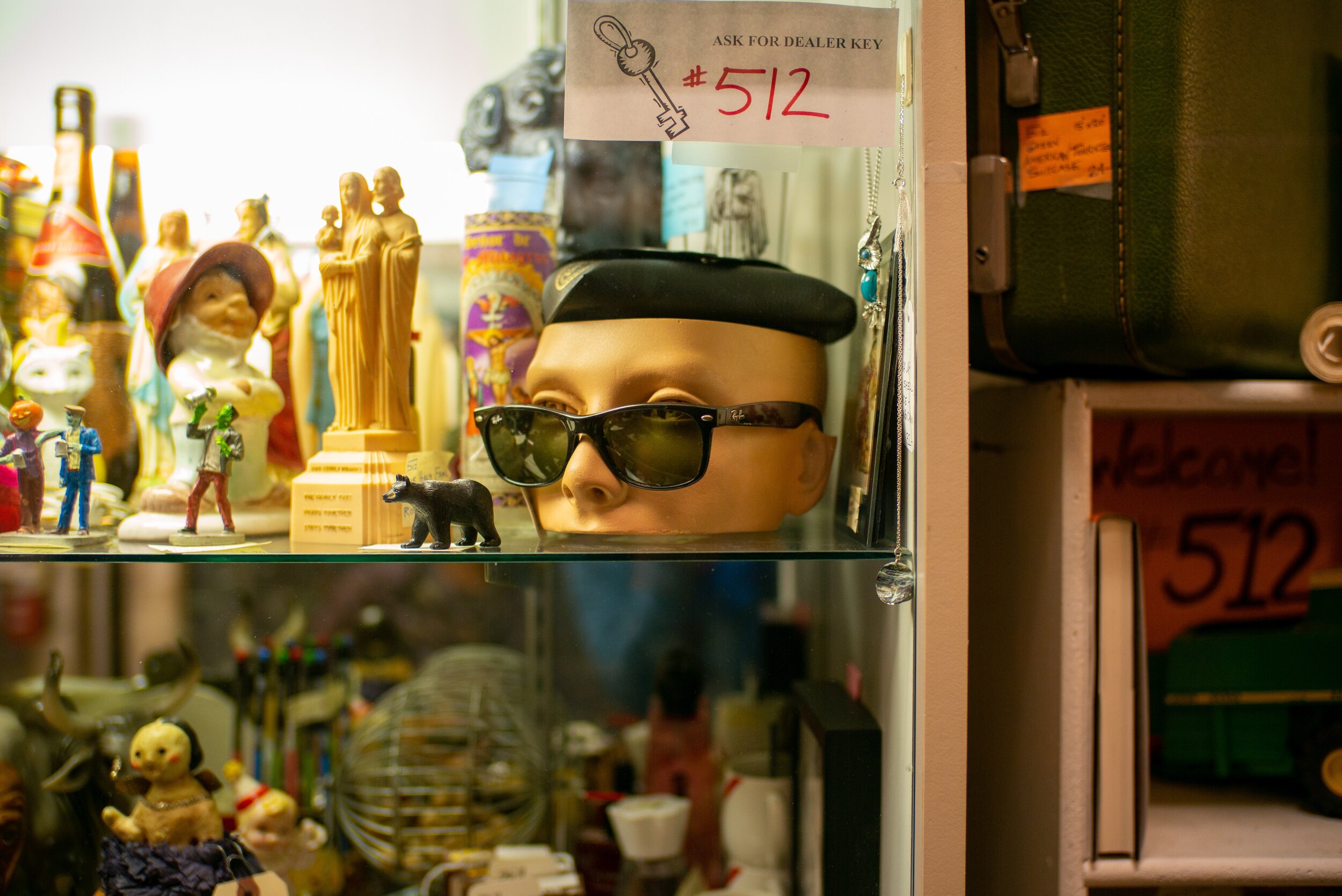
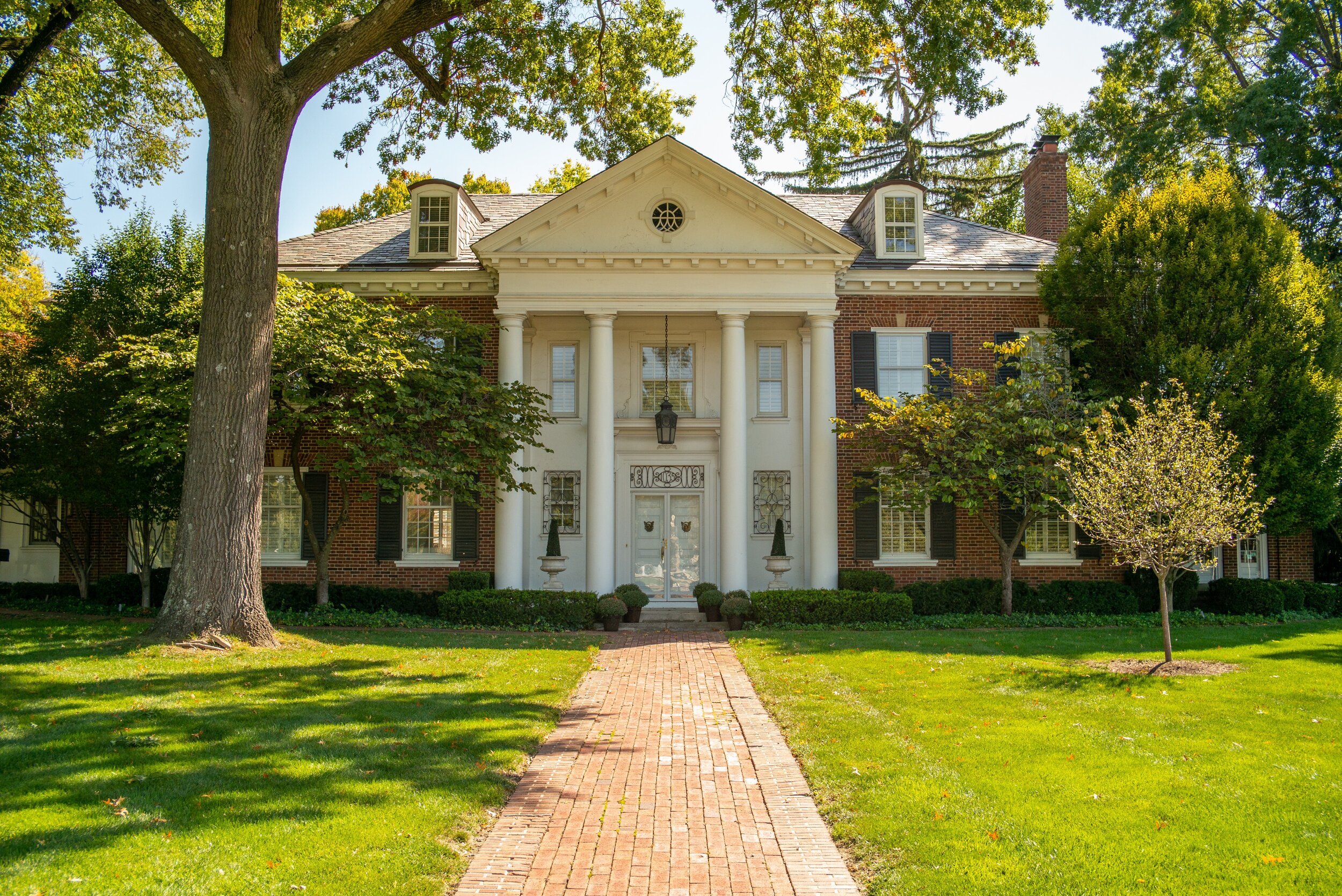
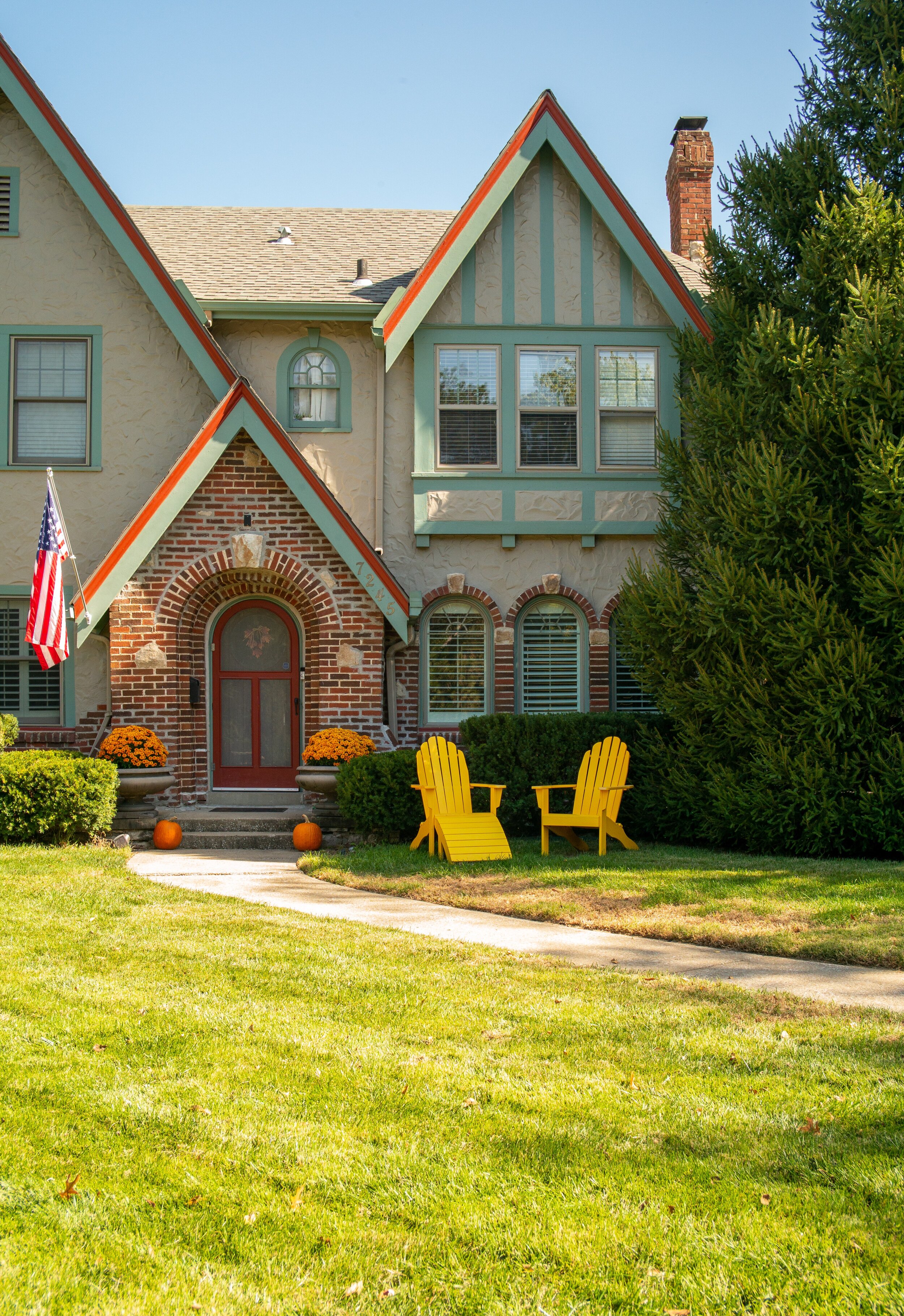
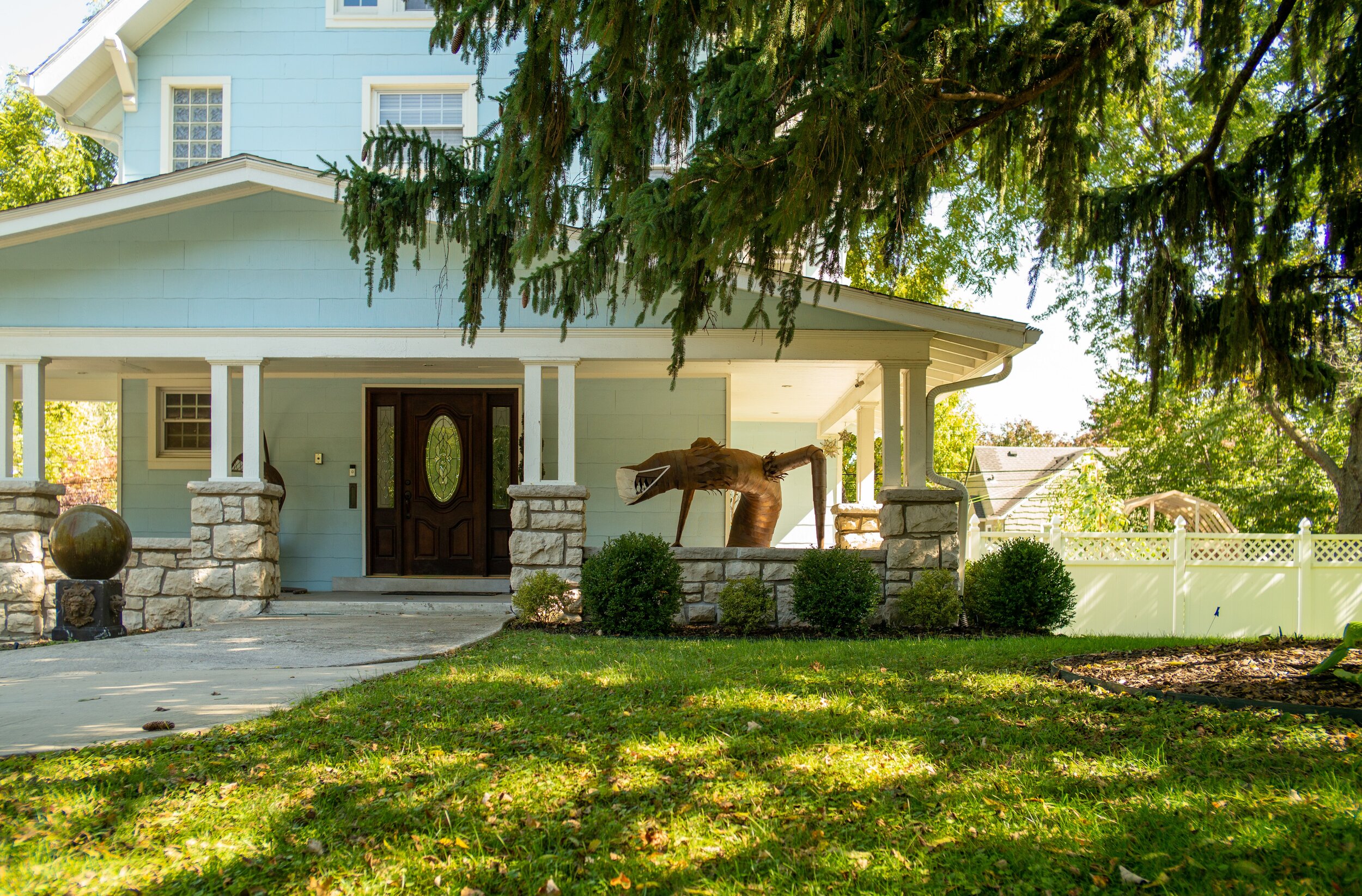
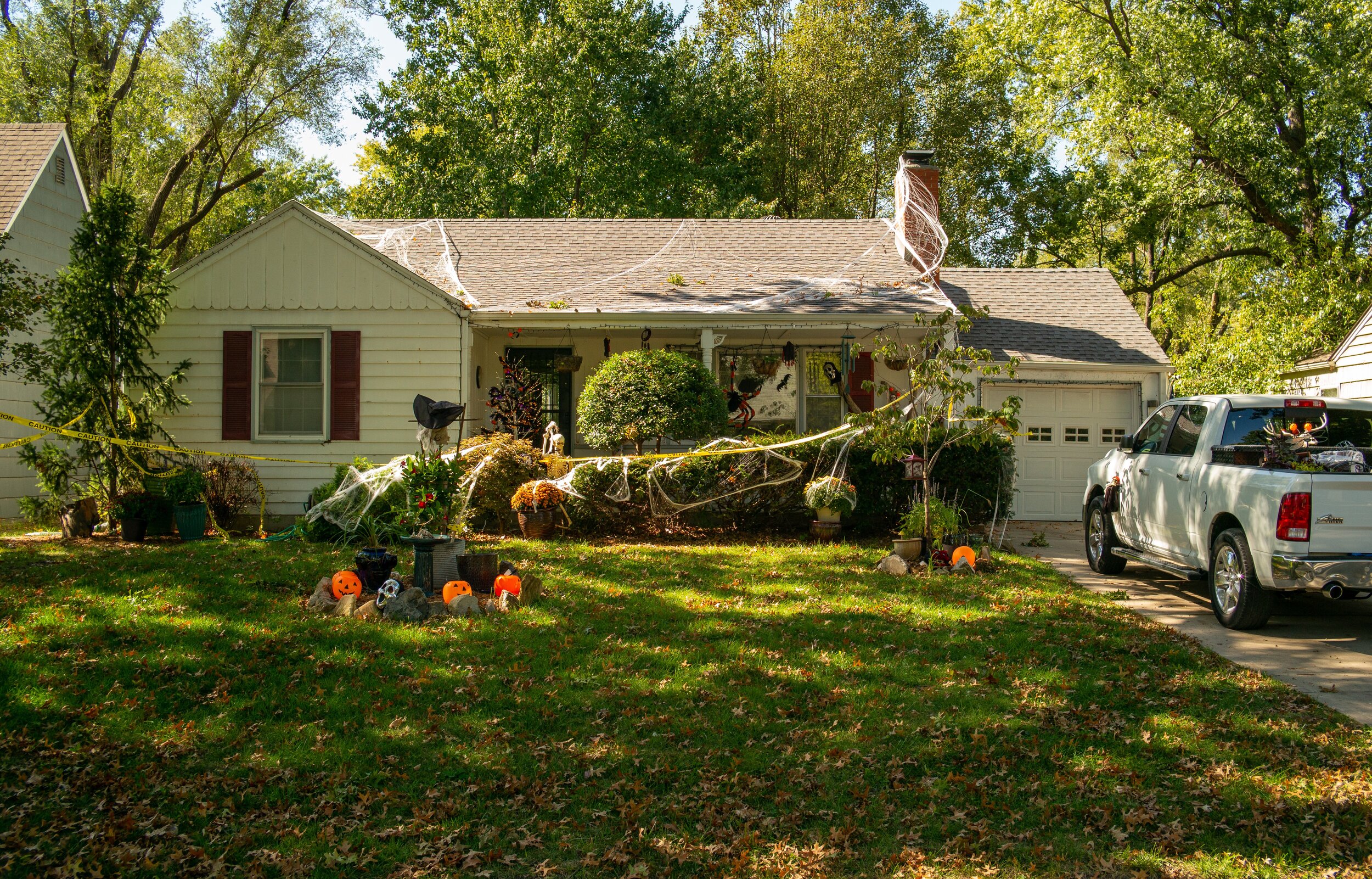
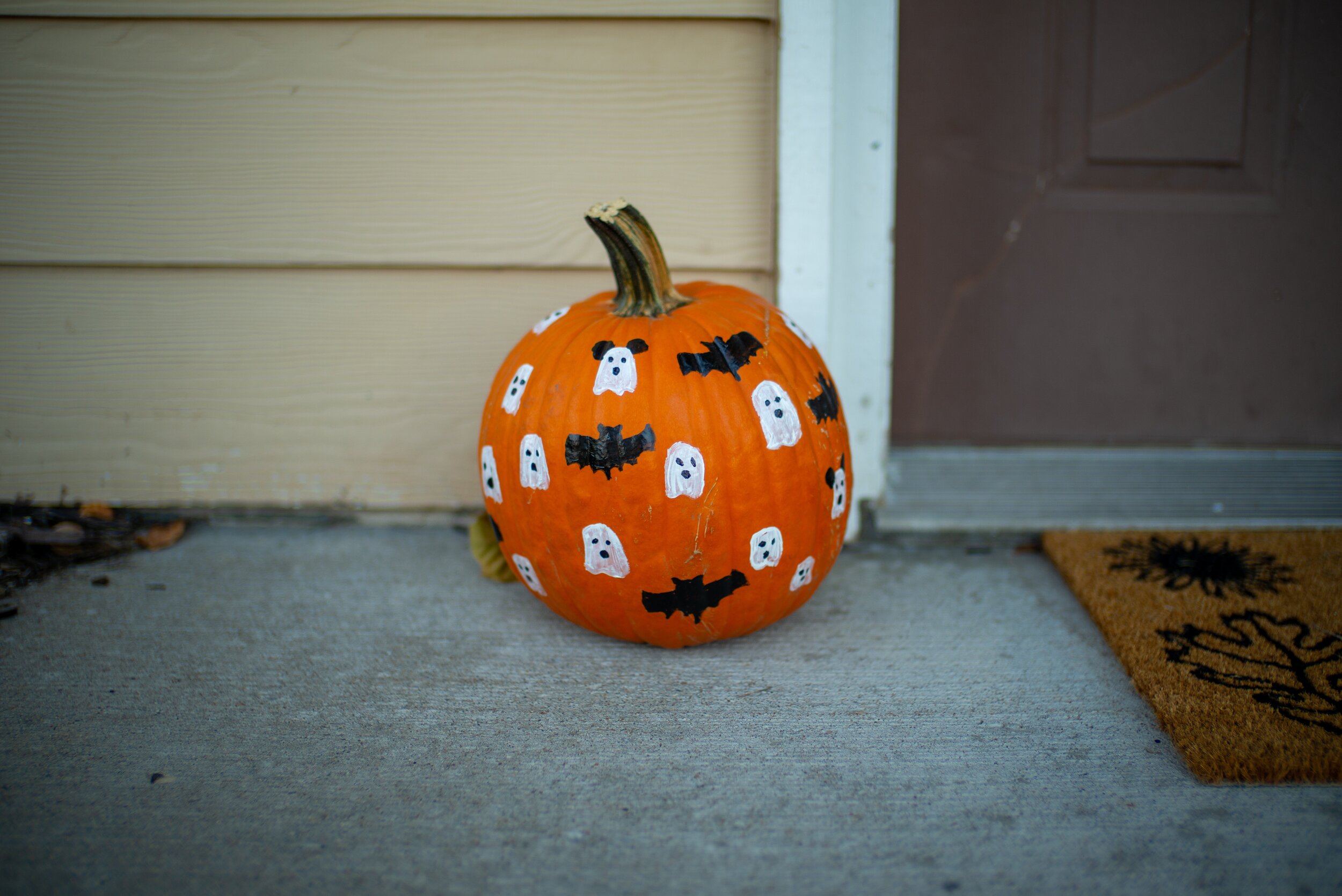
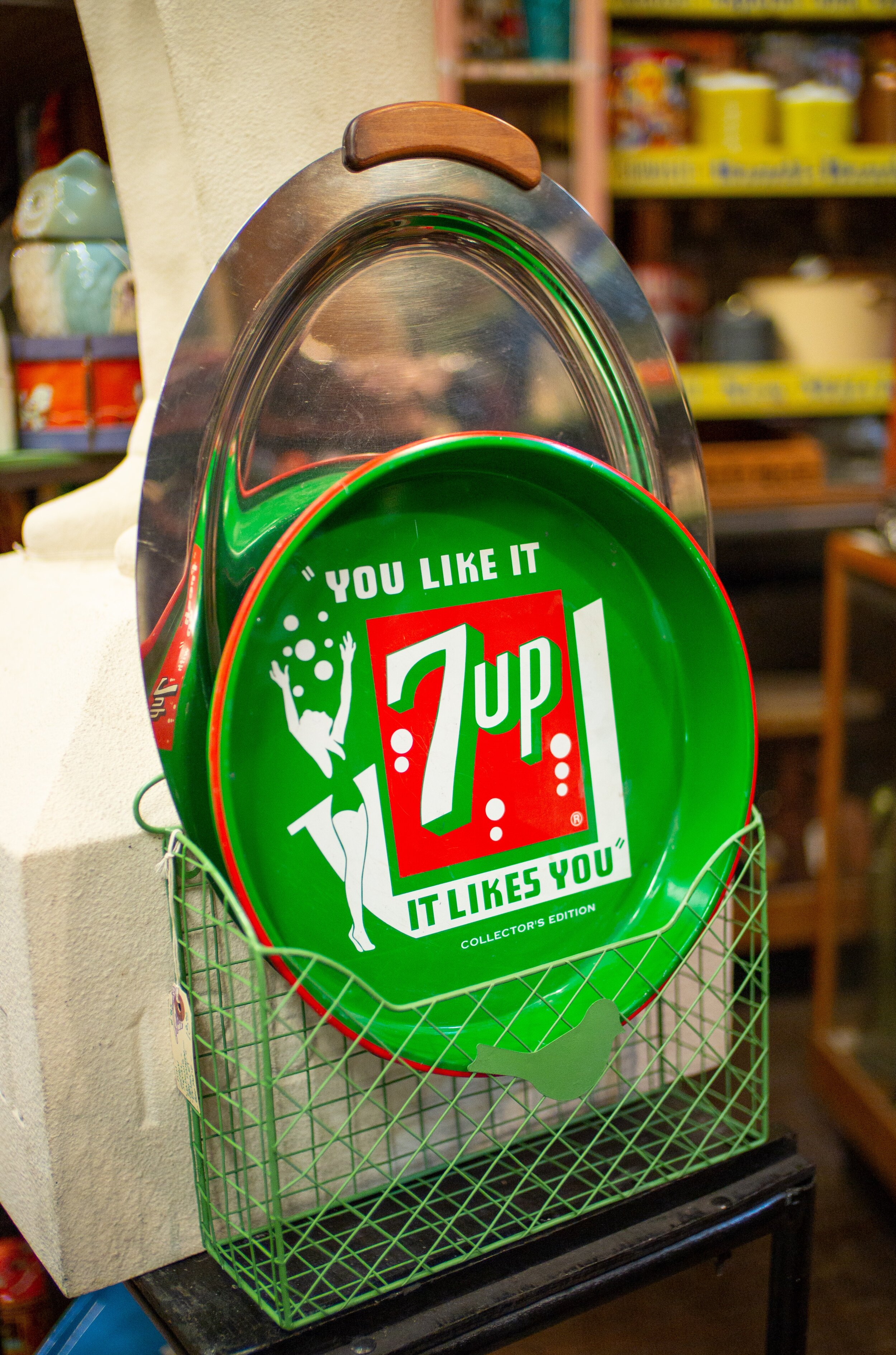
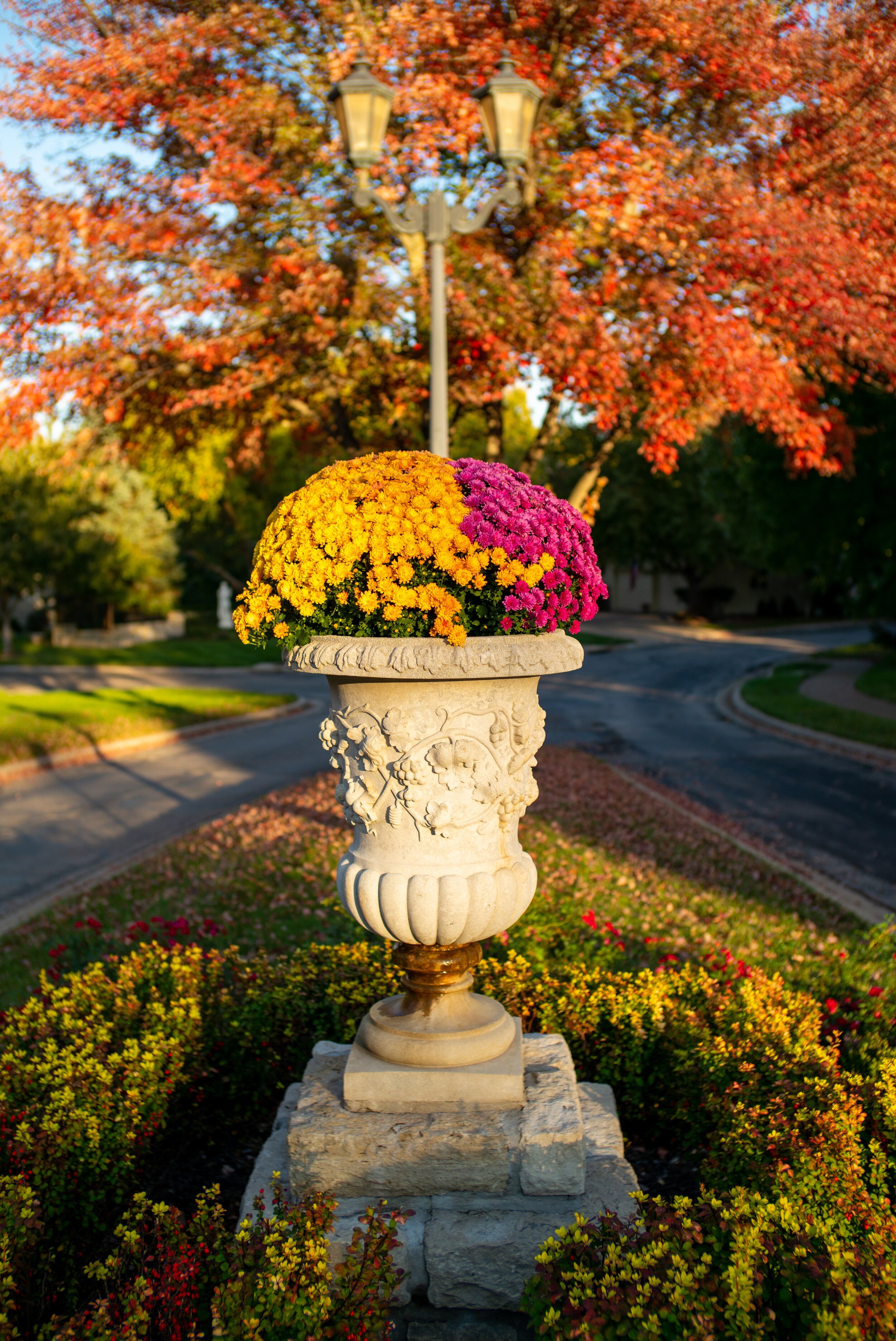

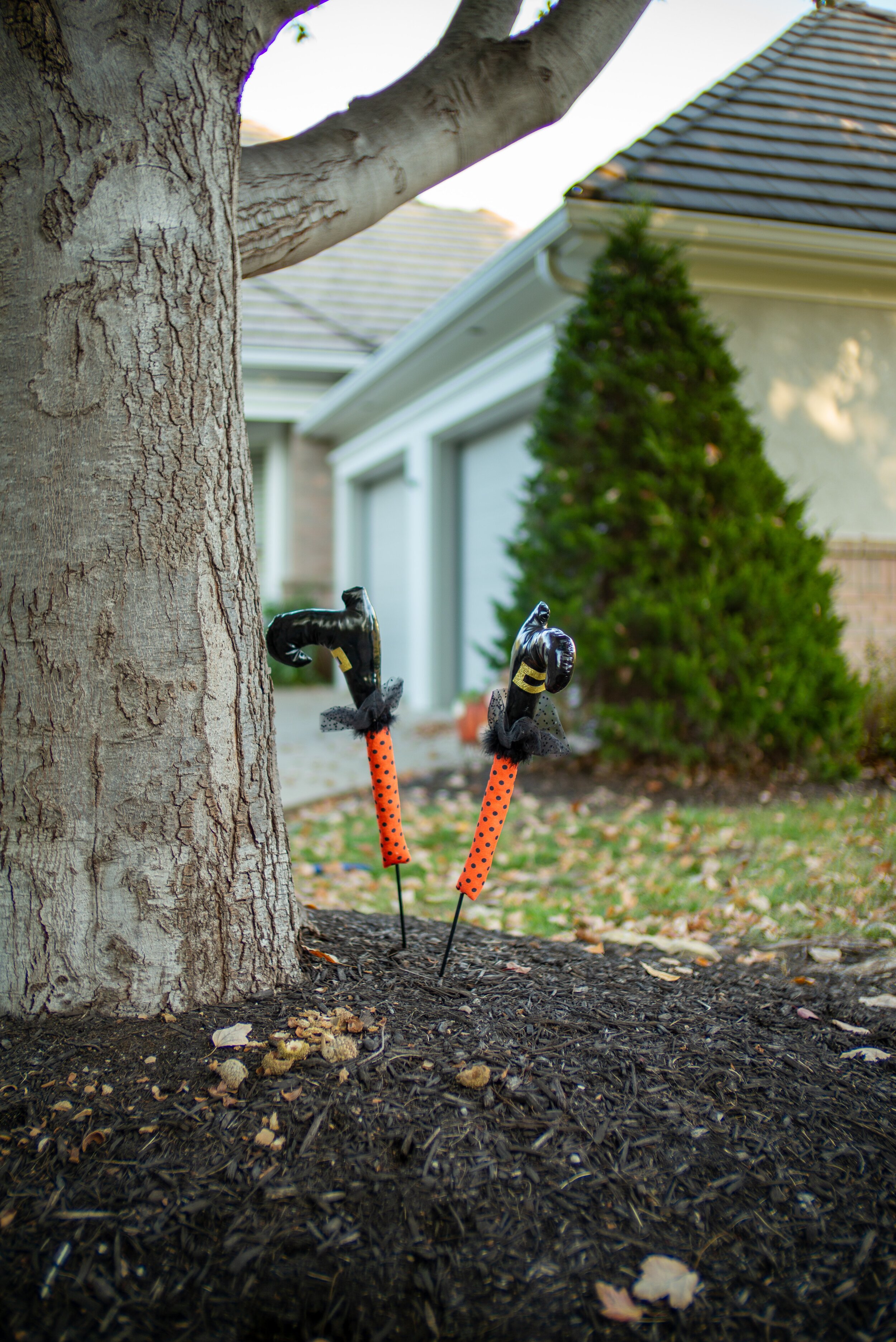

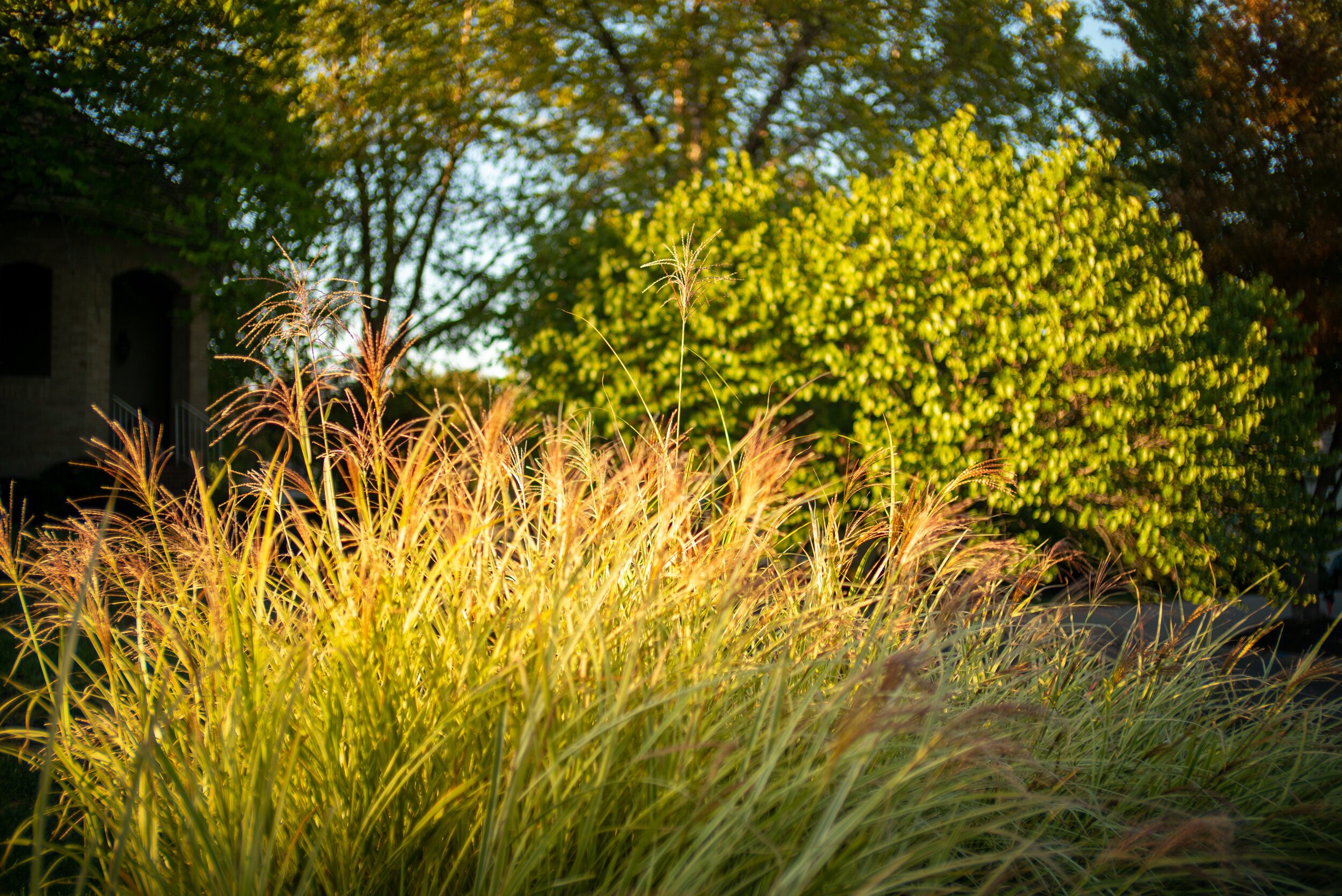
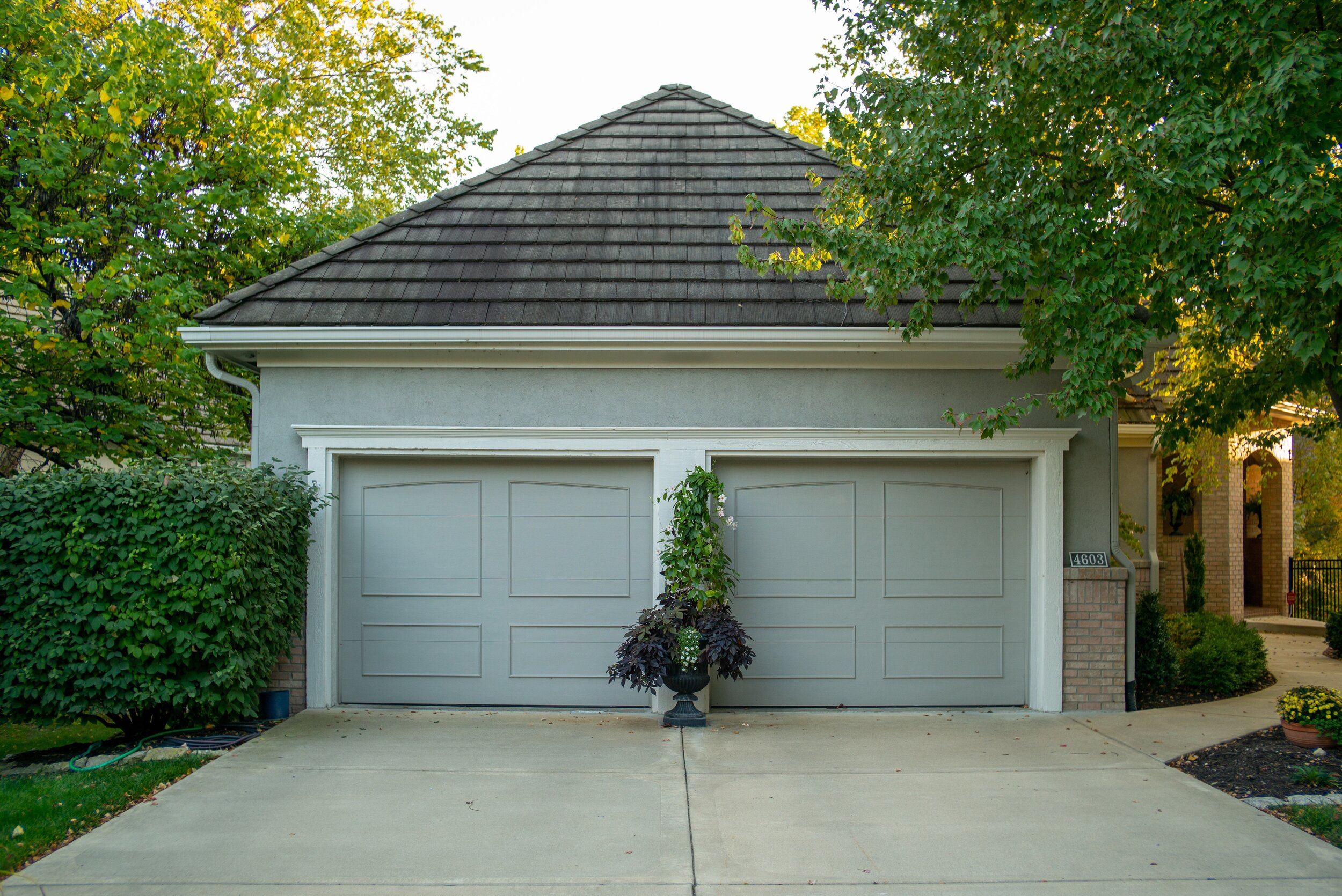
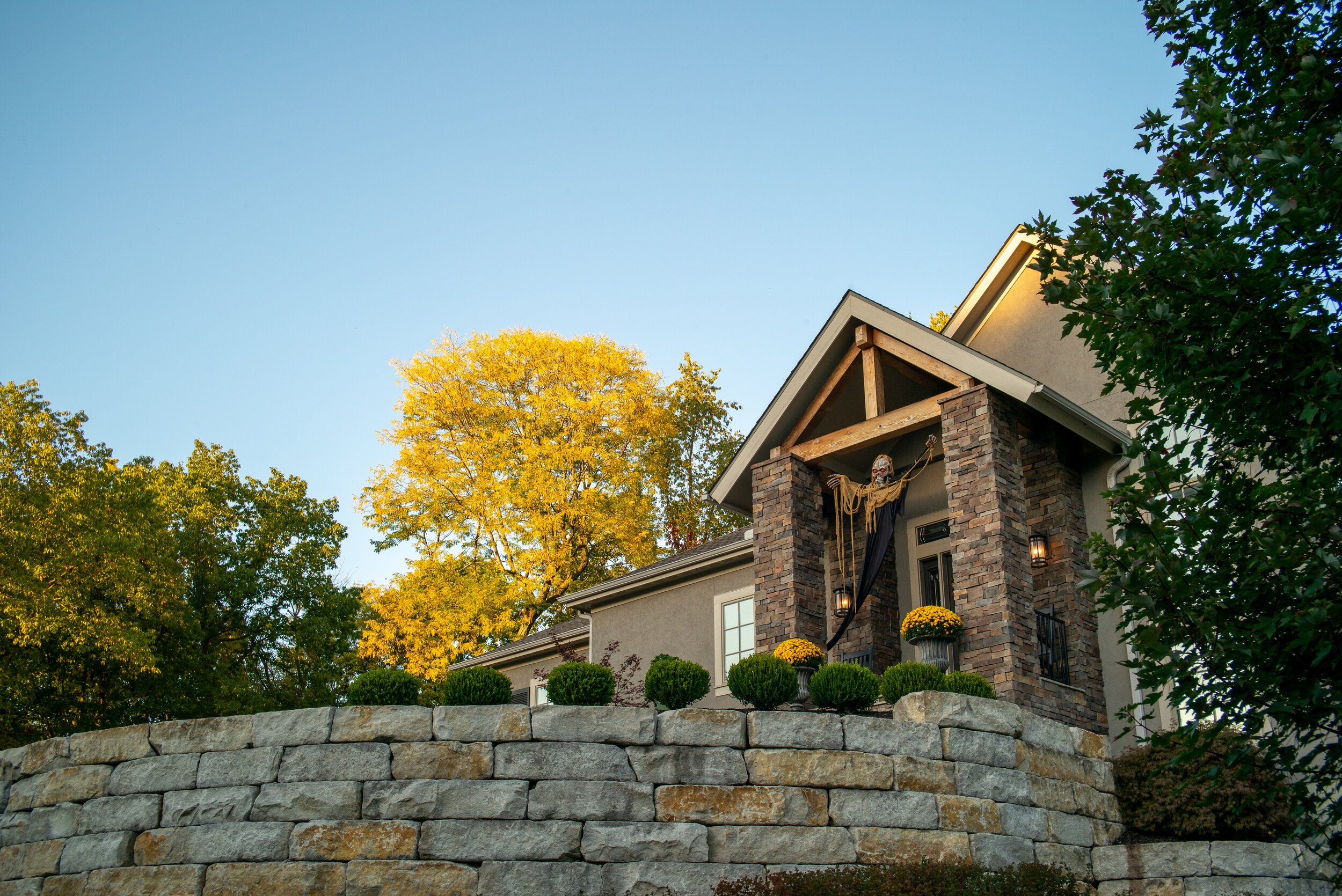
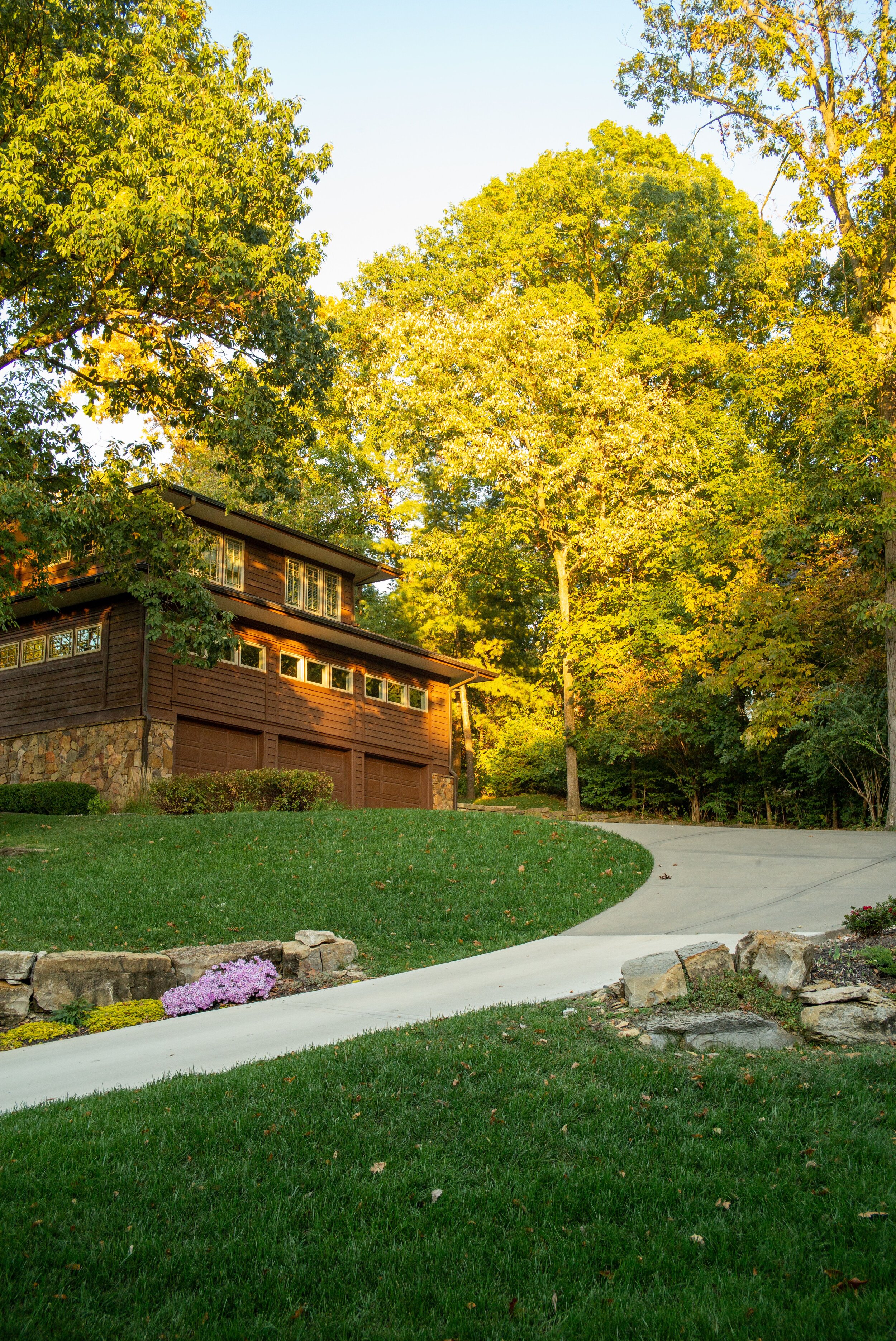
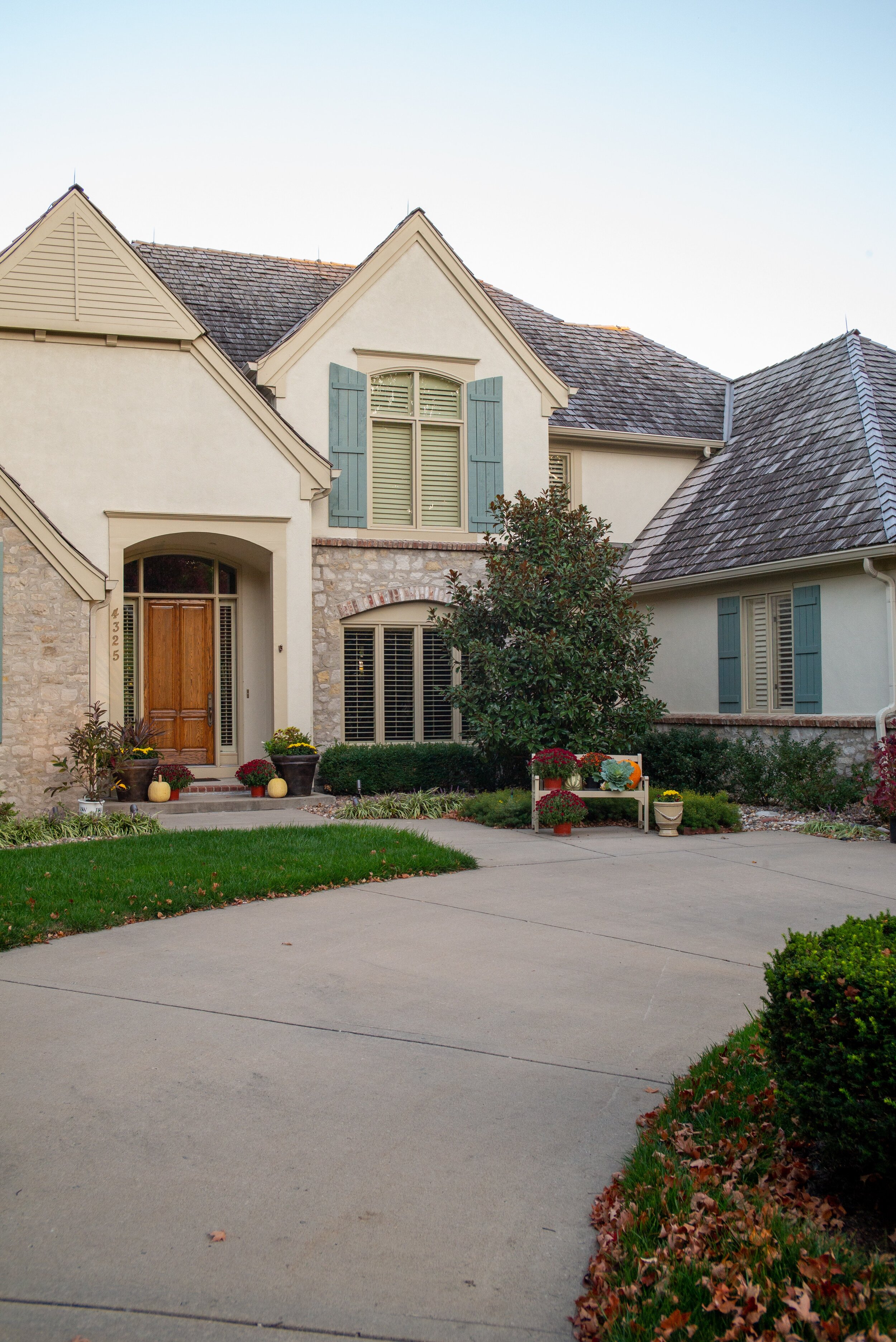

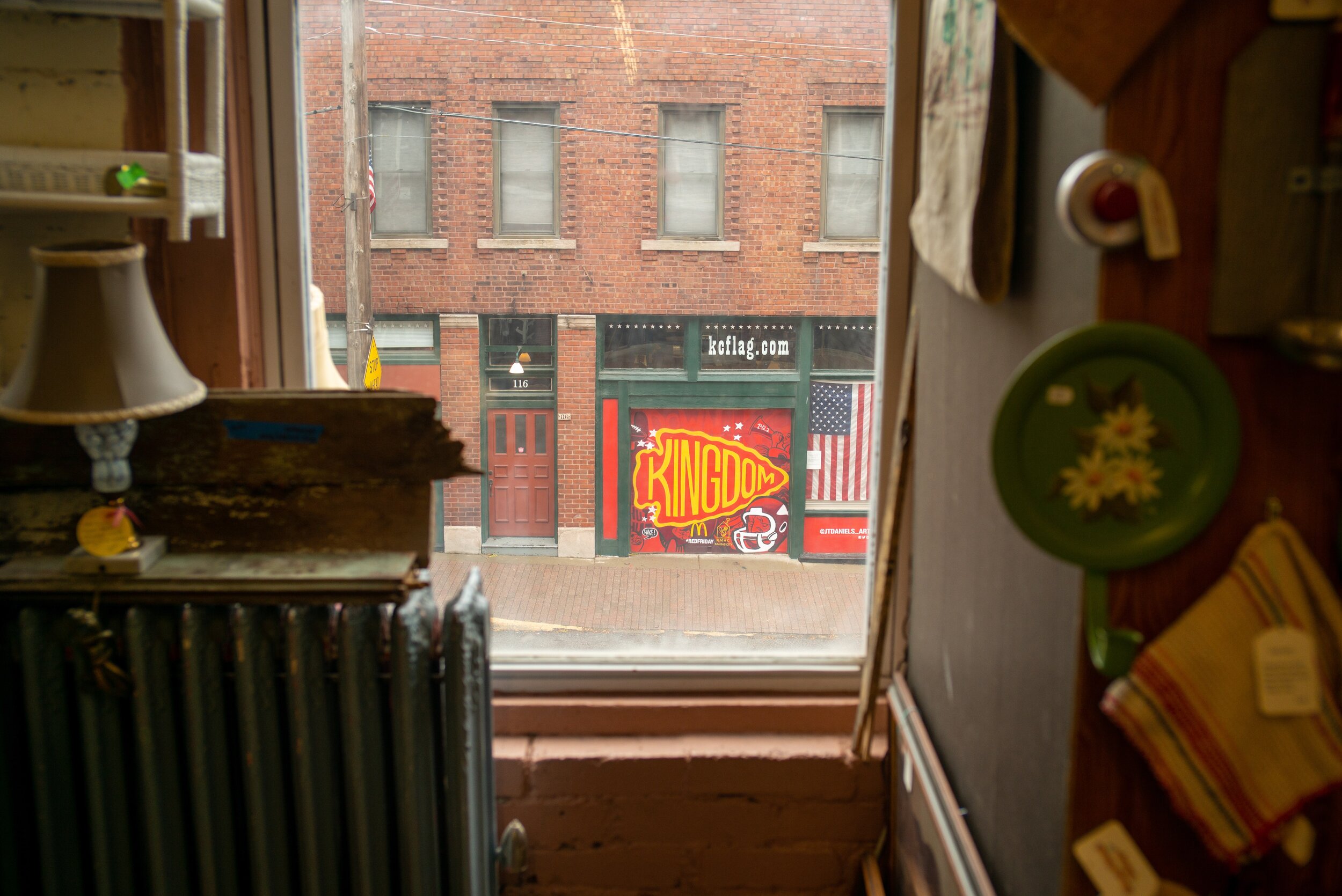
I really like the images I got from this lens. The transition from in focus to out of focus is so lovely. The bokeh is very pleasing! This really is the kind of lens that I can leave on my M6 and work with in almost all shooting scenarios and lighting conditions.
Kodak Portra 400 Sample Images:

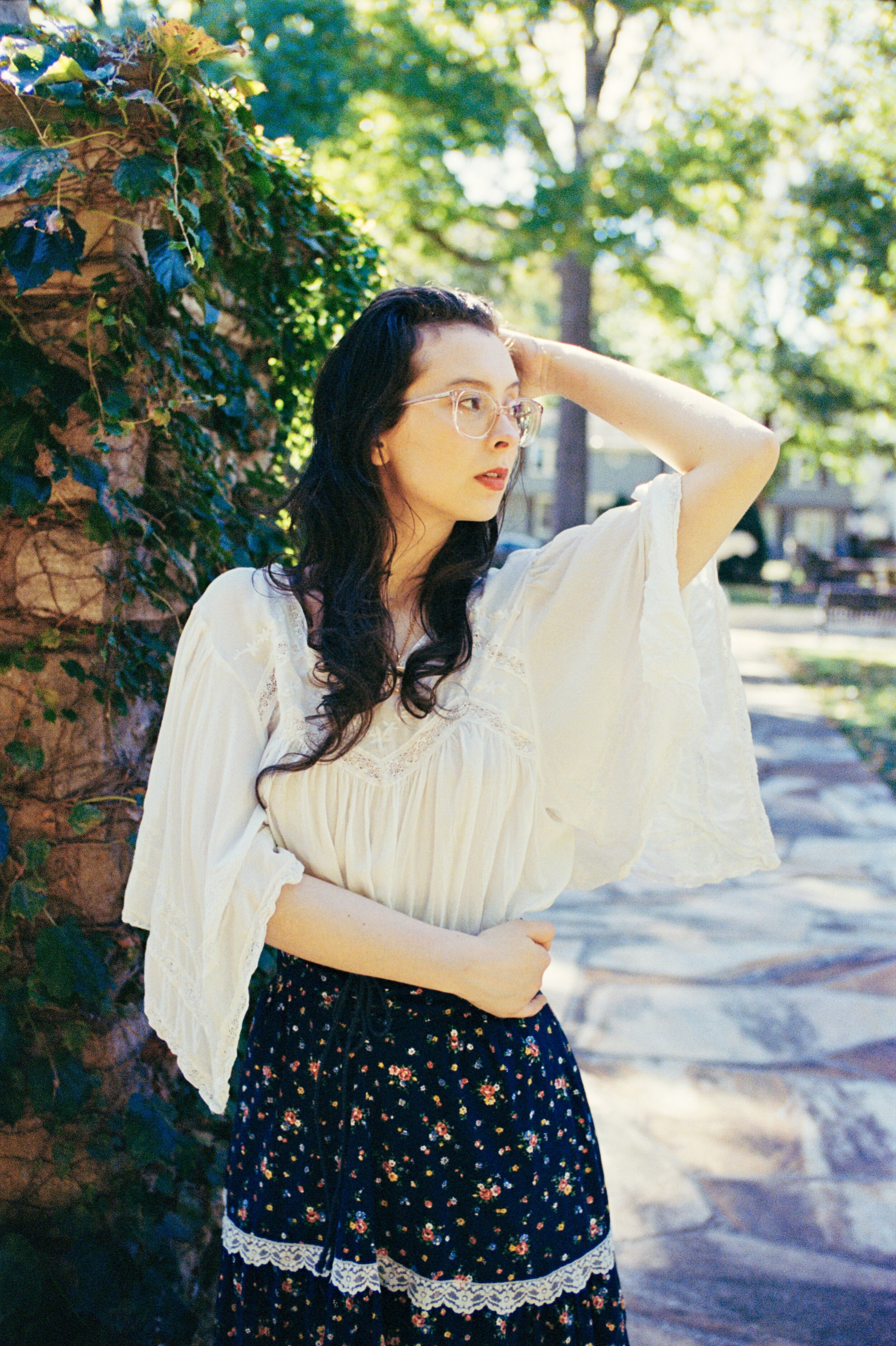
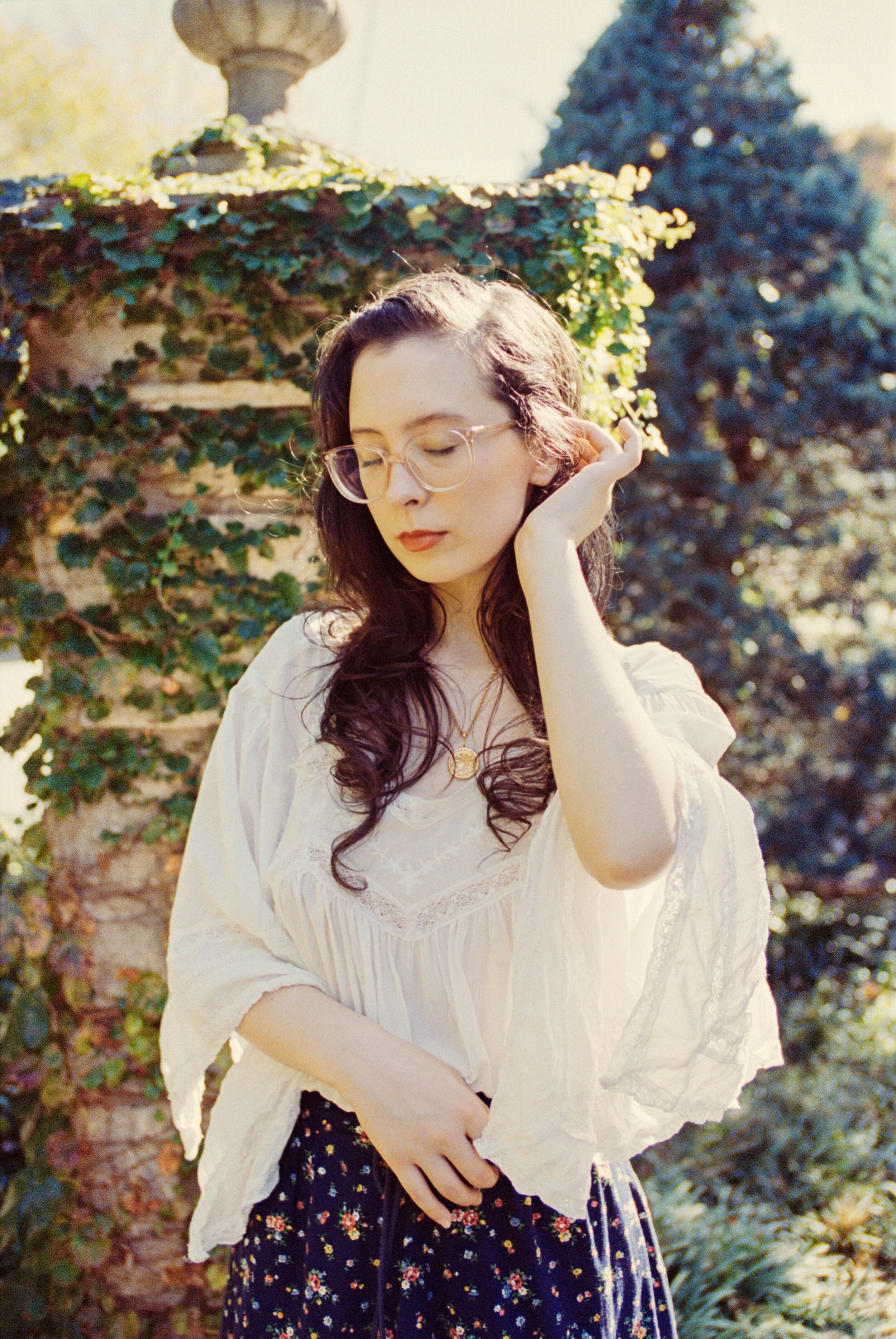


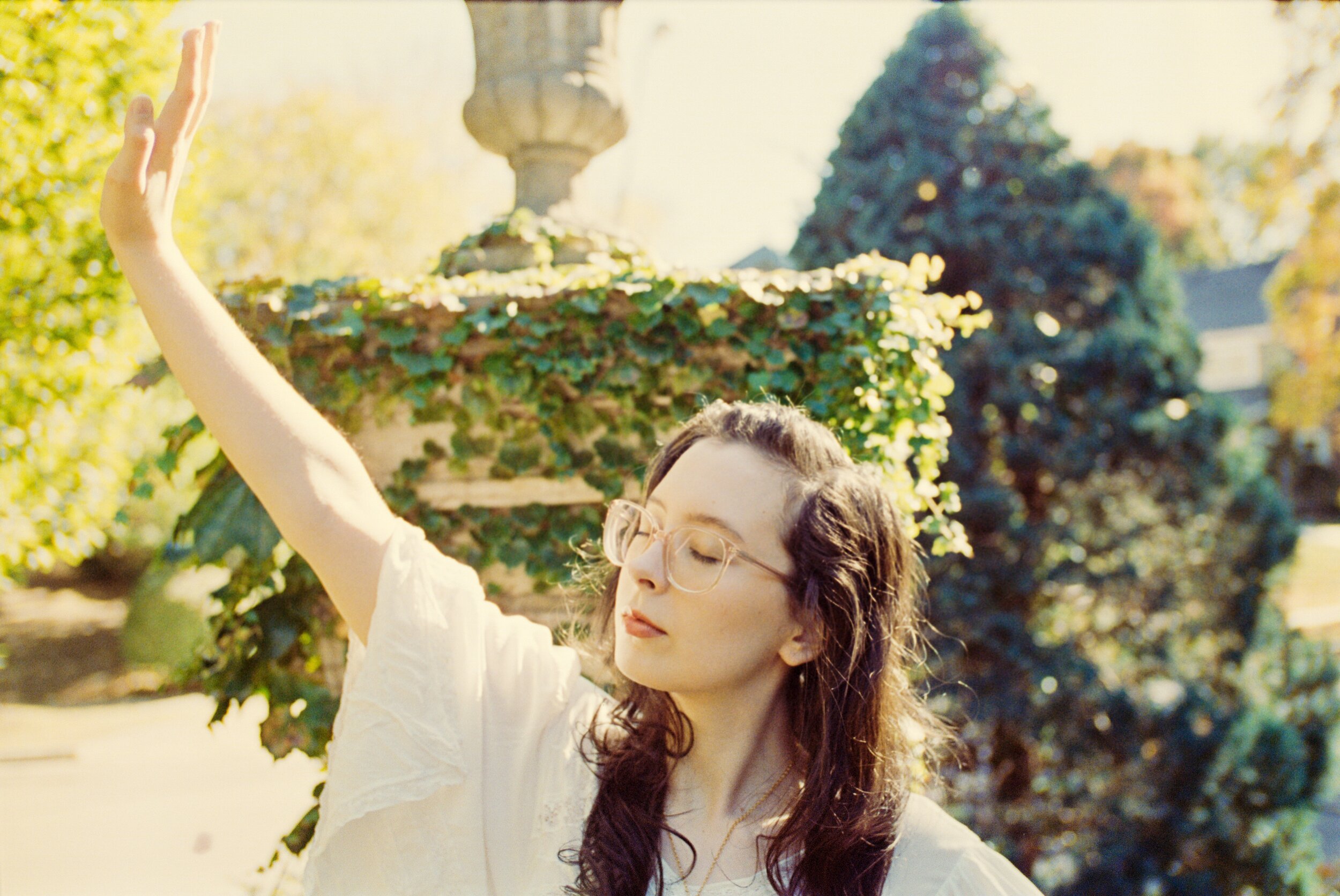
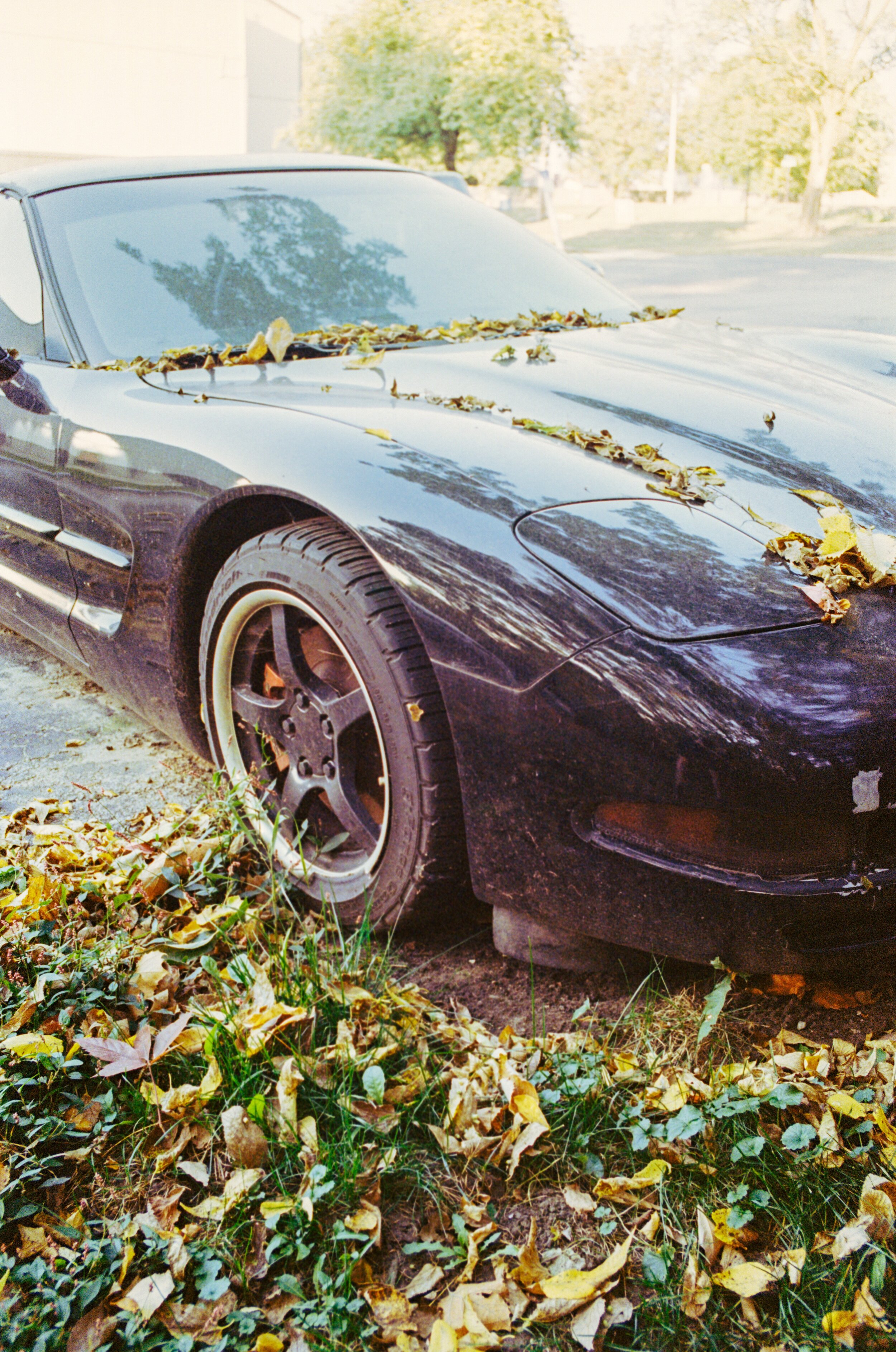
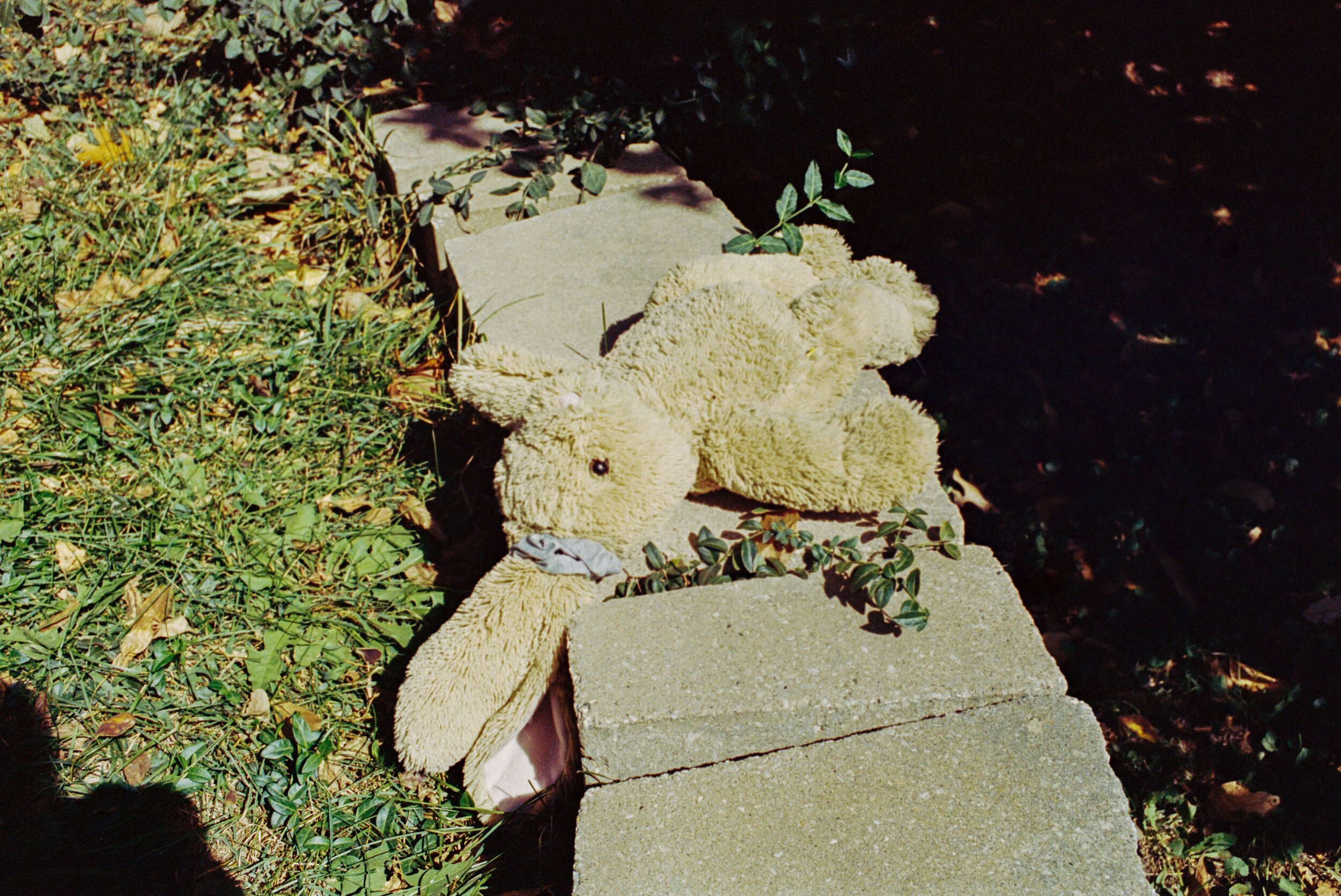
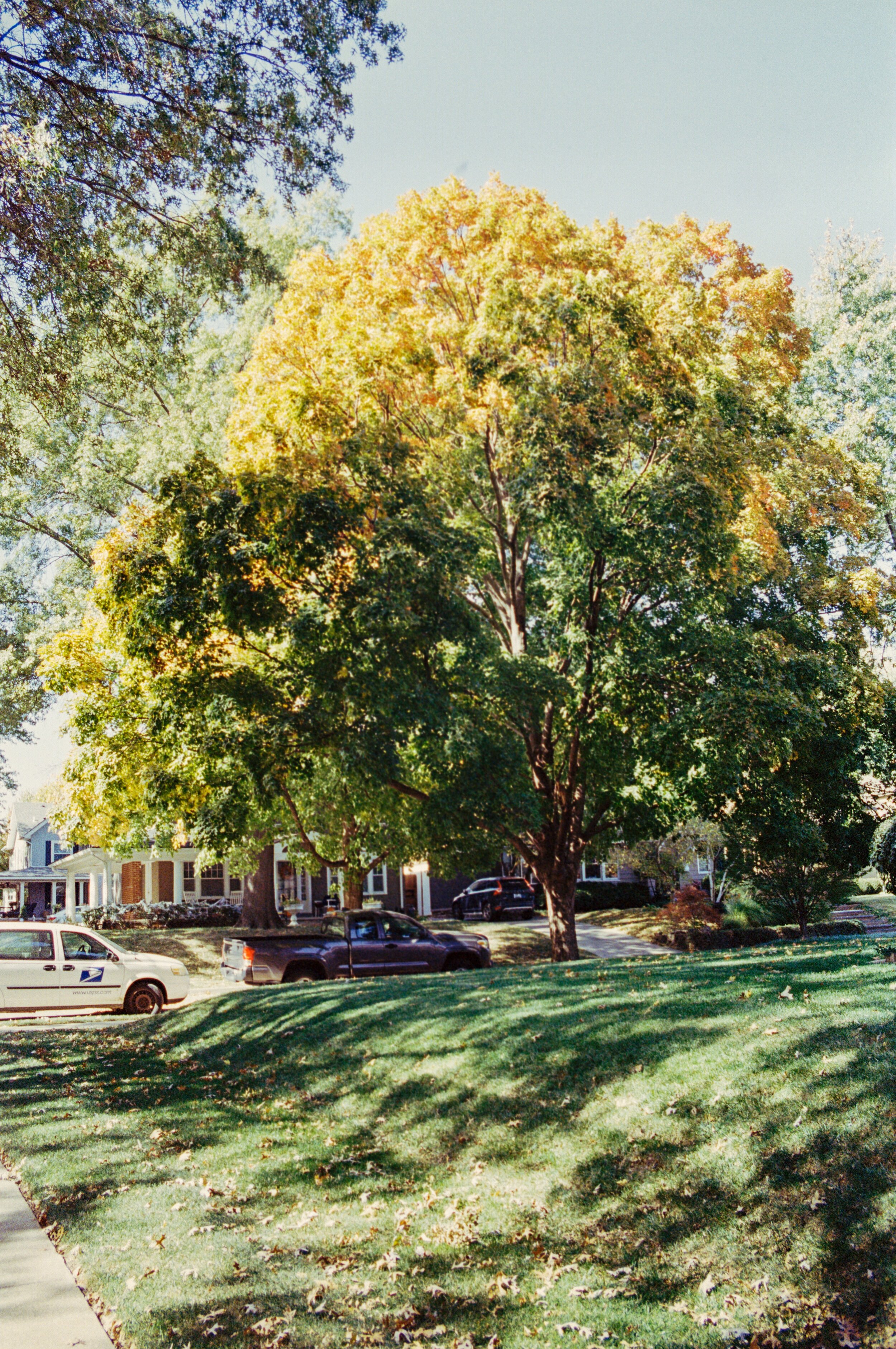
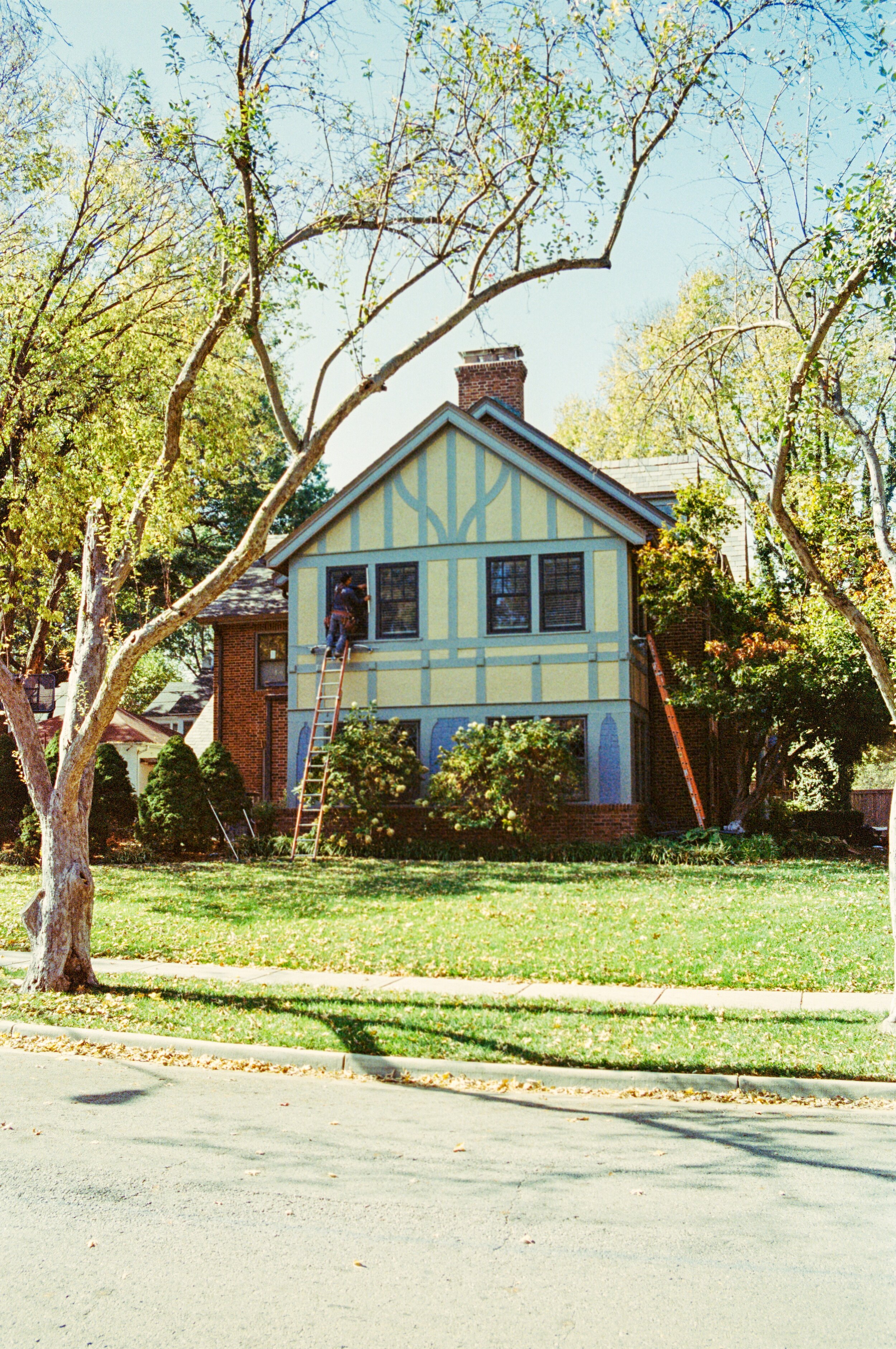
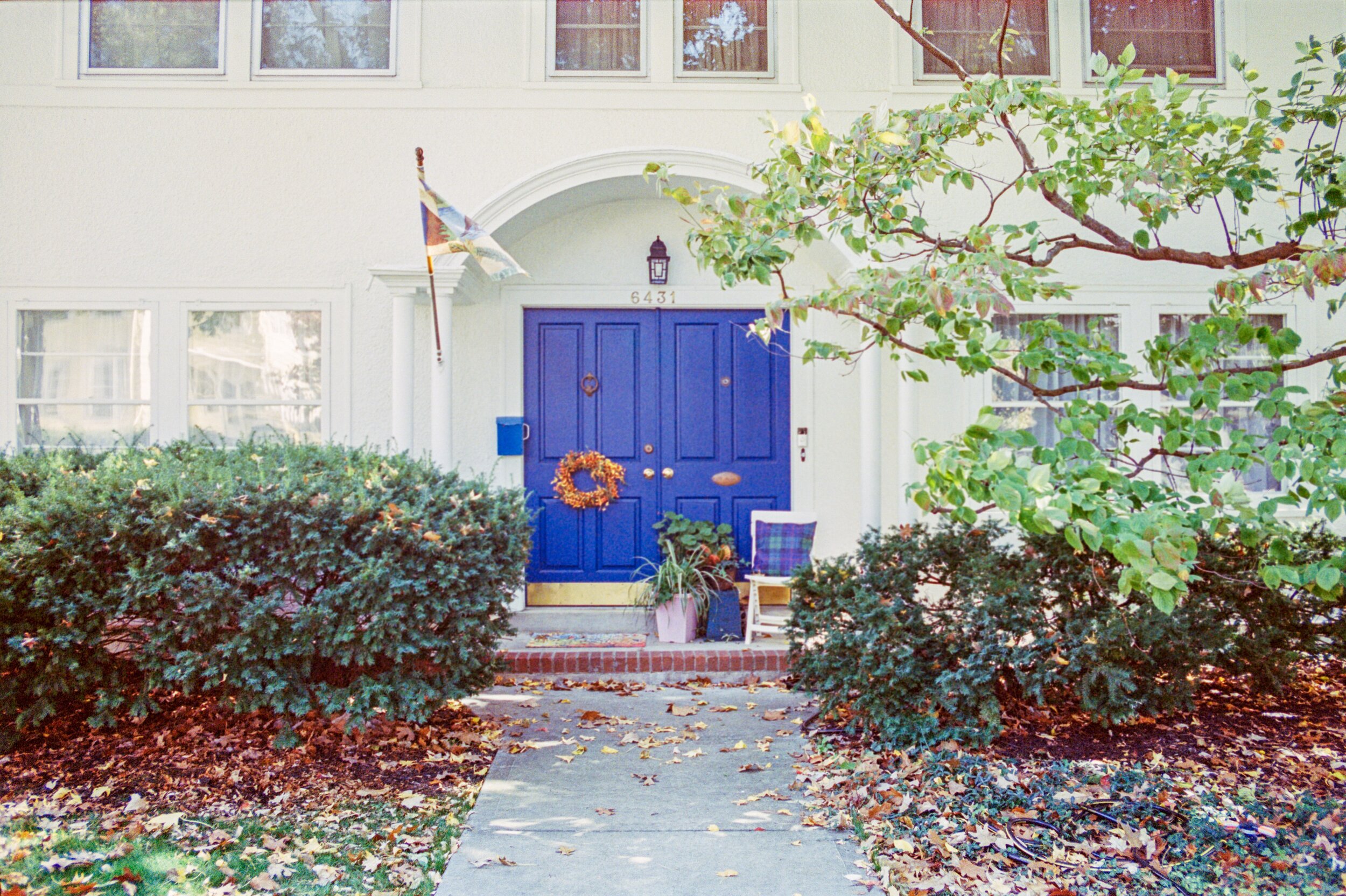
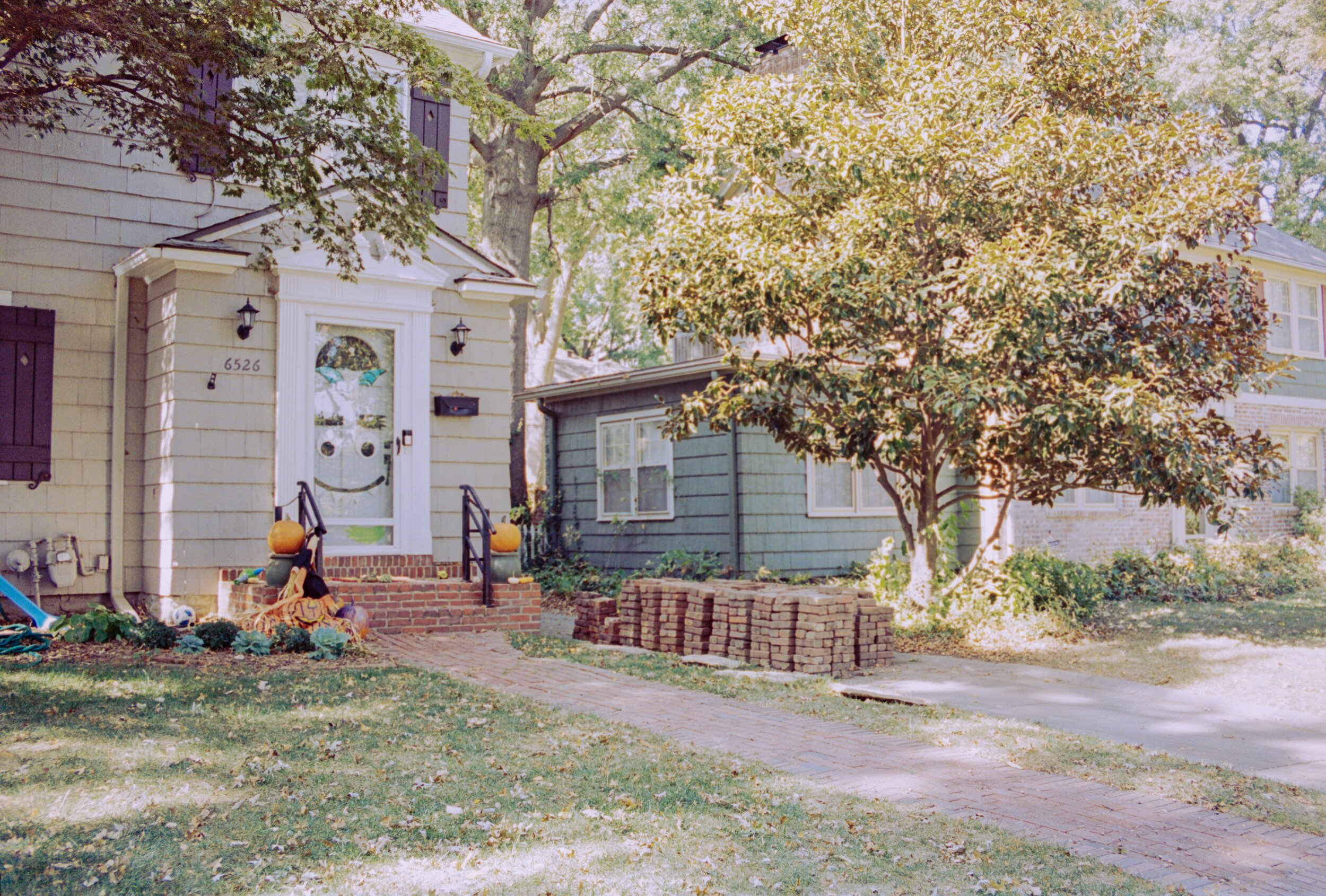
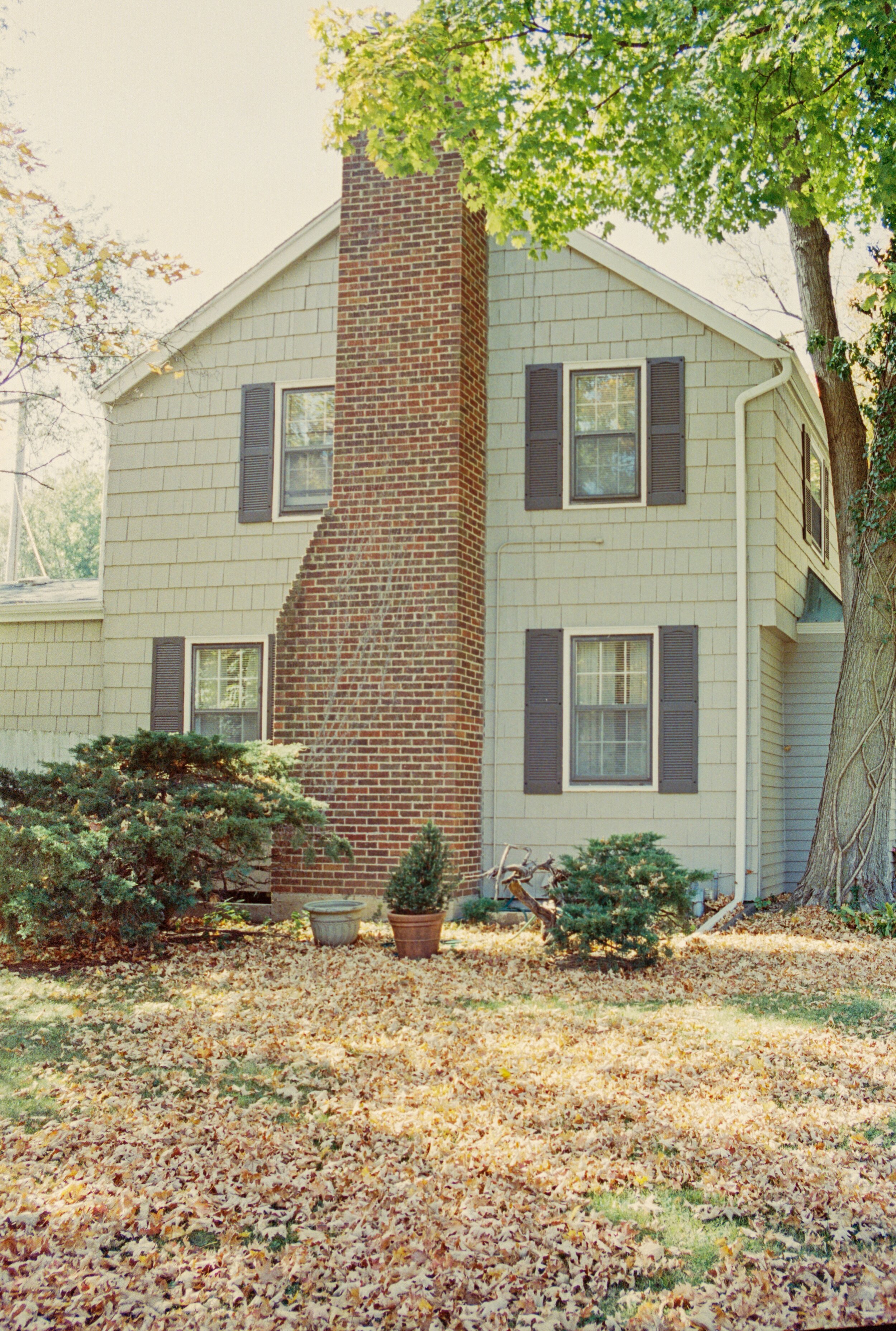

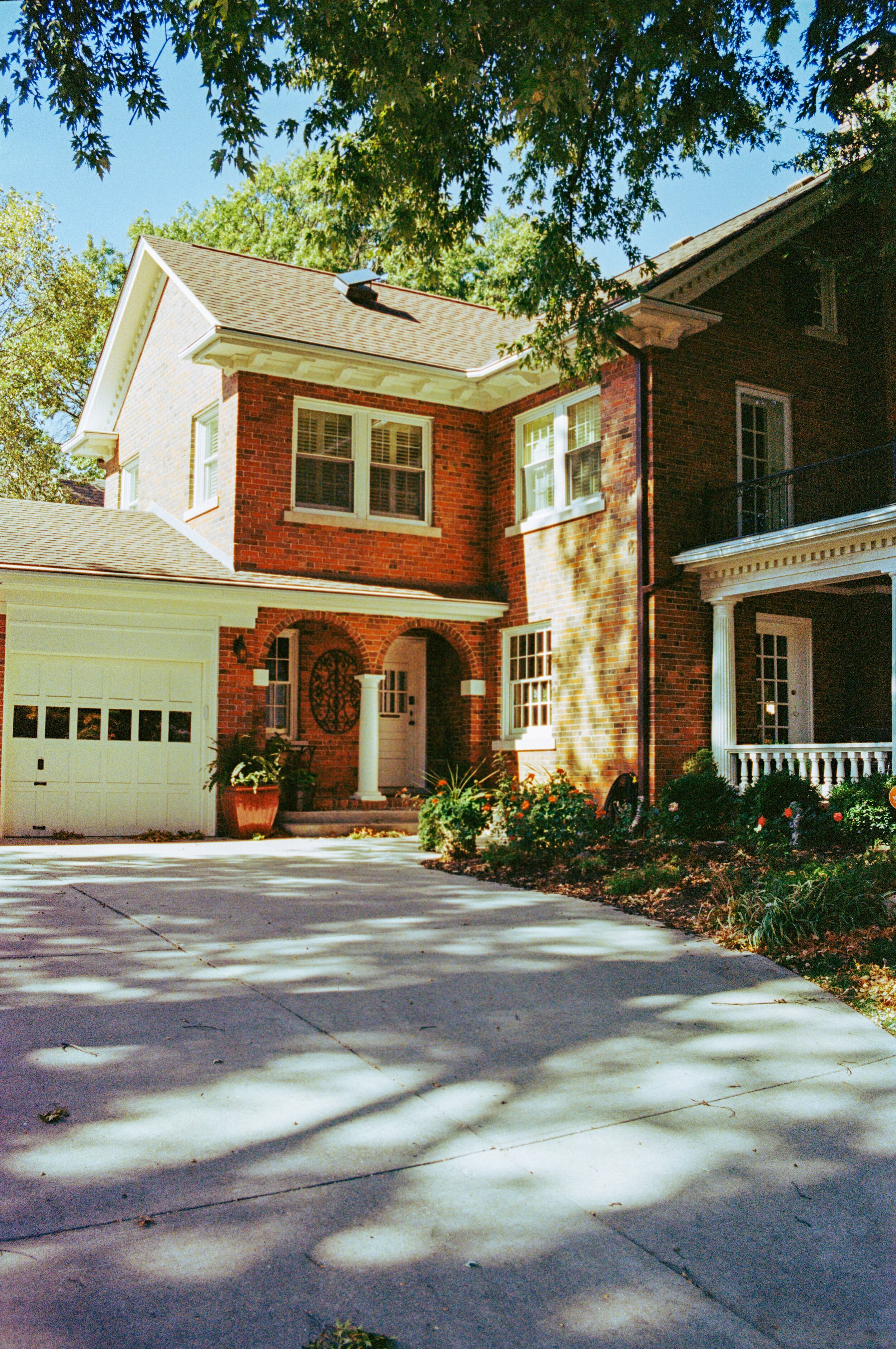
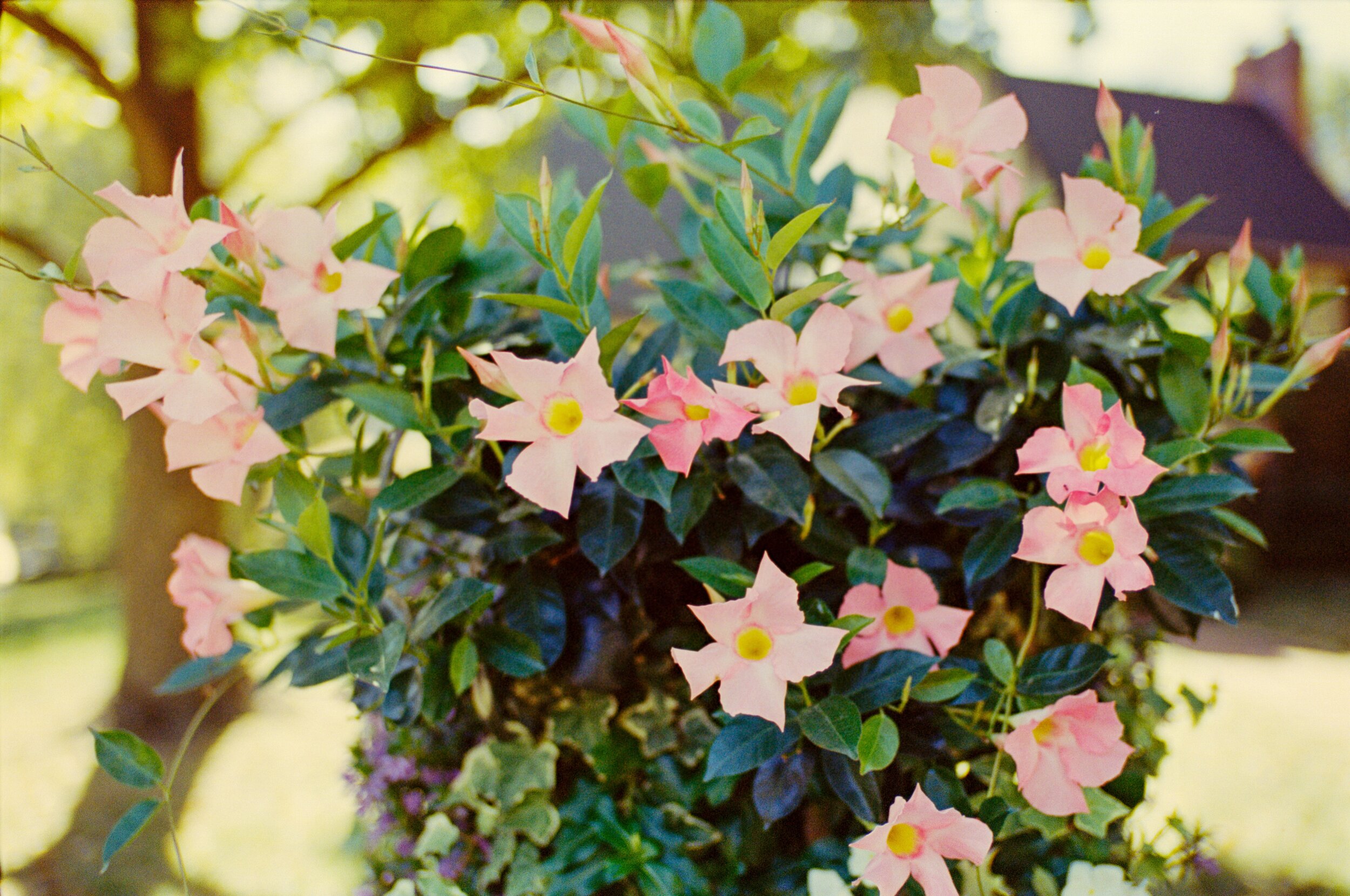
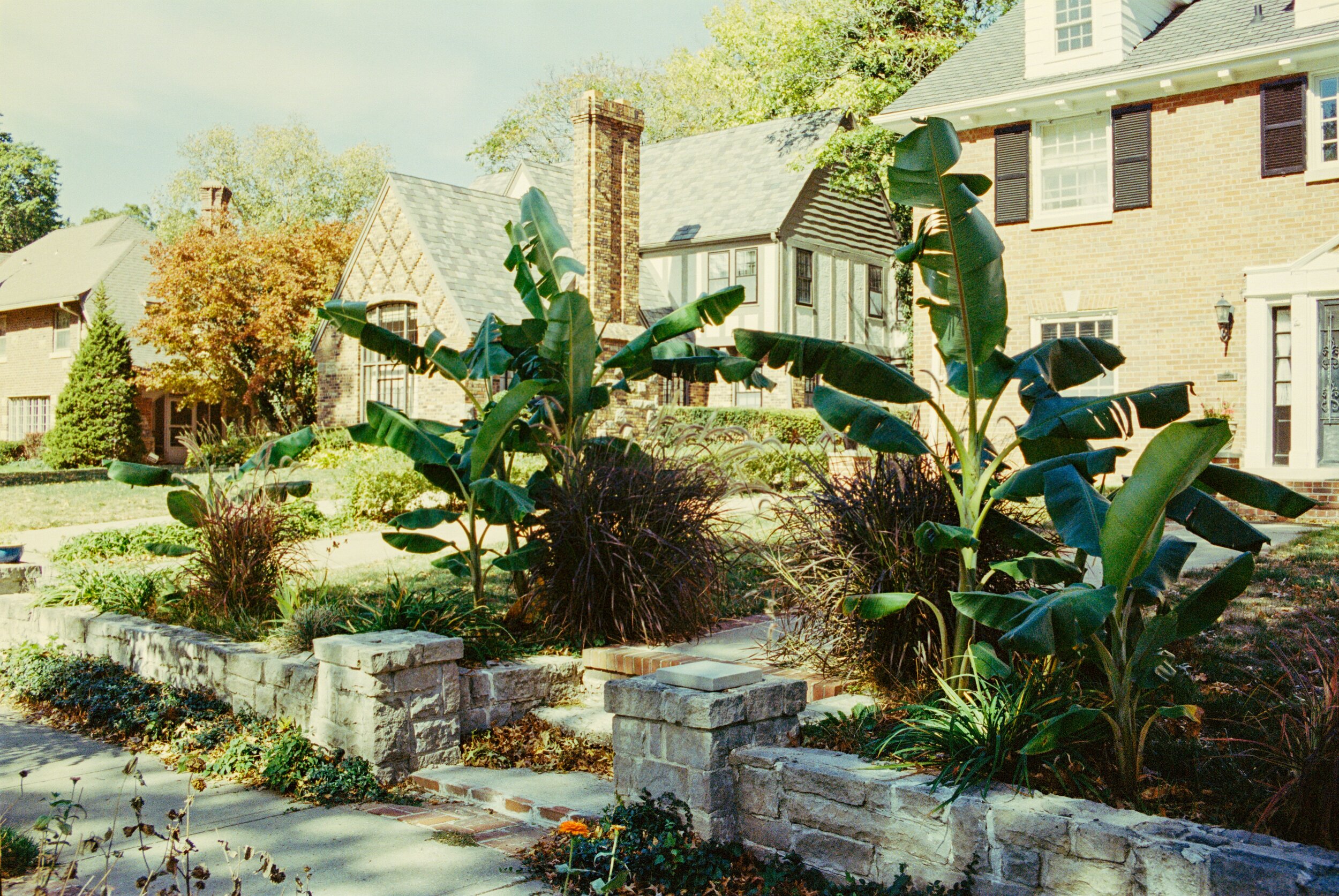

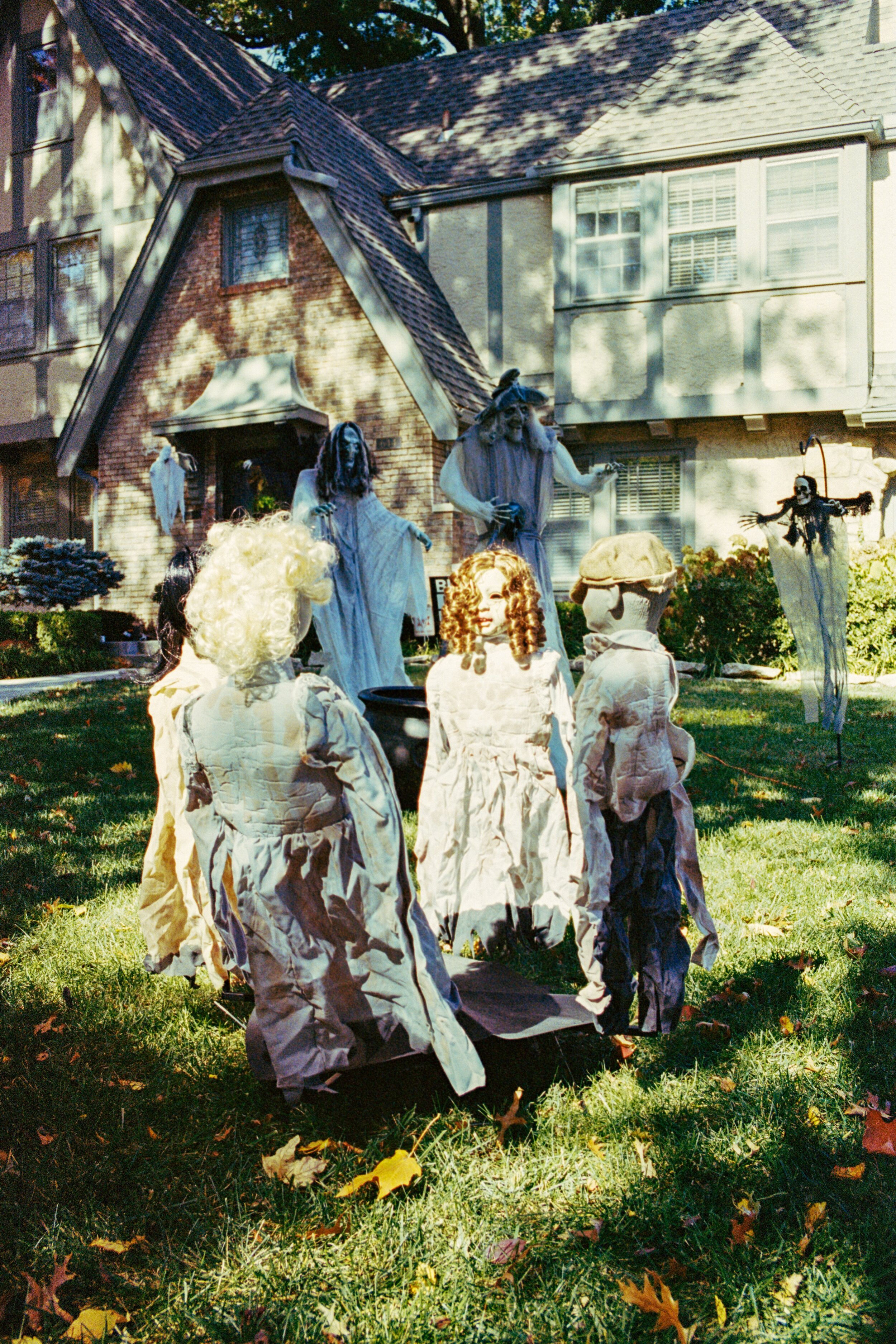
I think that 7Artisans makes fantastic lenses. They’re great for Leica shooters who want to try out different focal lengths and not spend thousands in the process. Considering the price, it is impossible to find a better 35mm f/1.4 M-mount lens.











